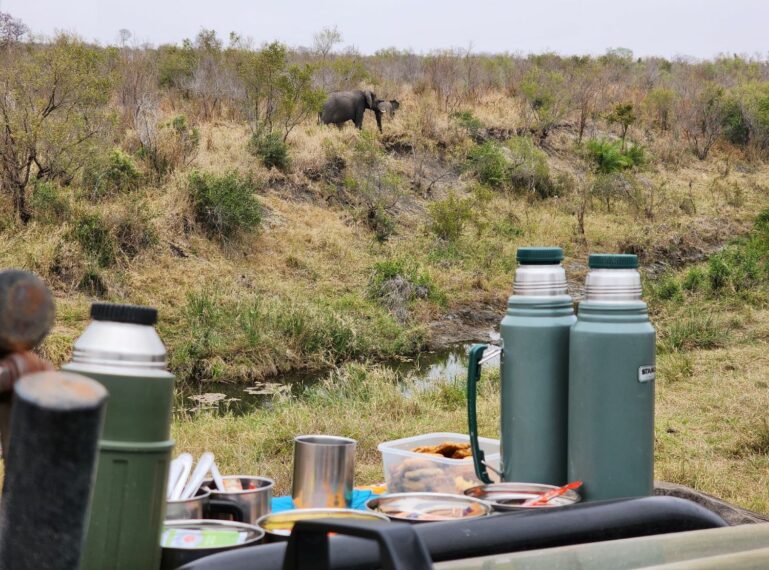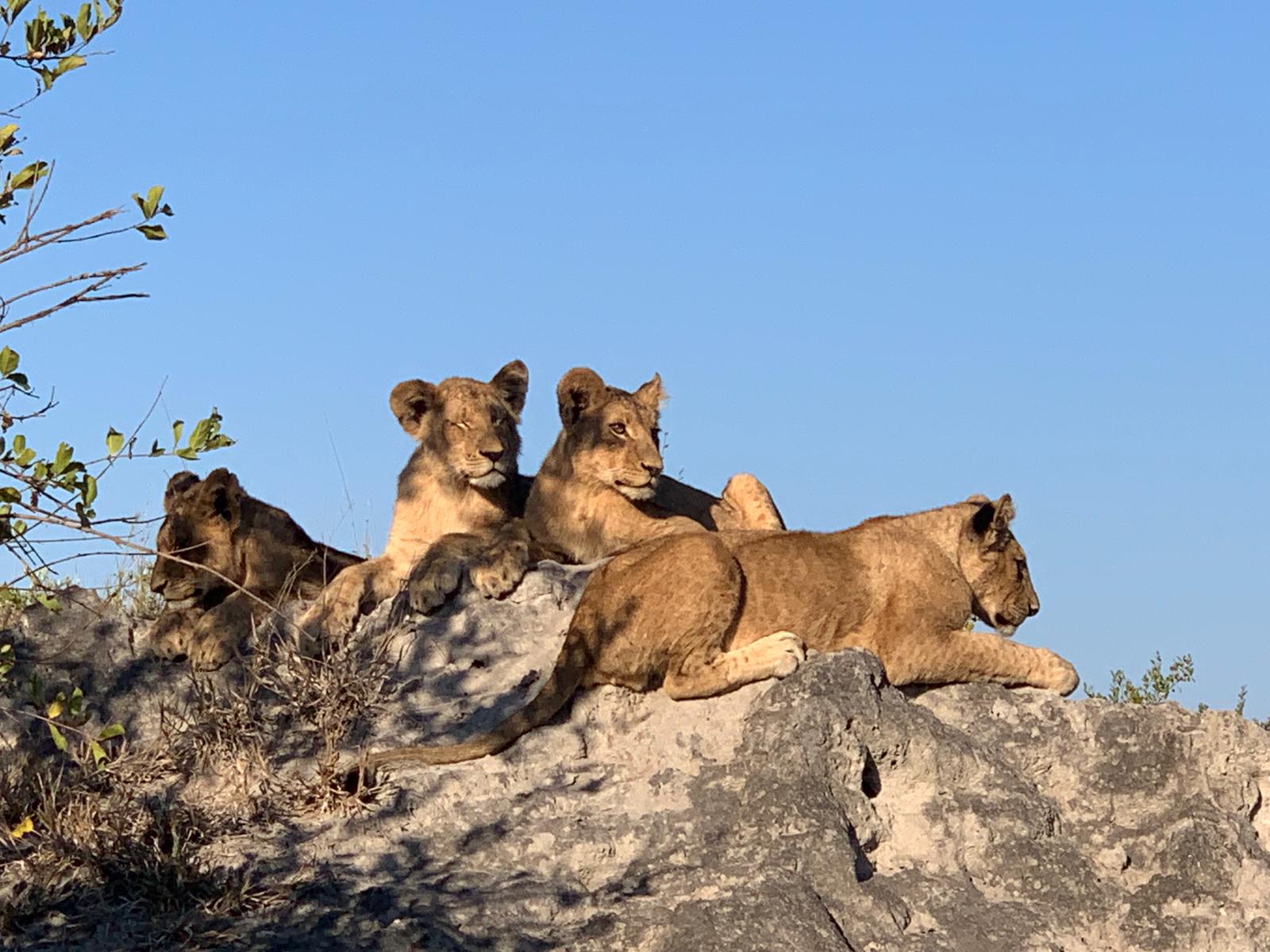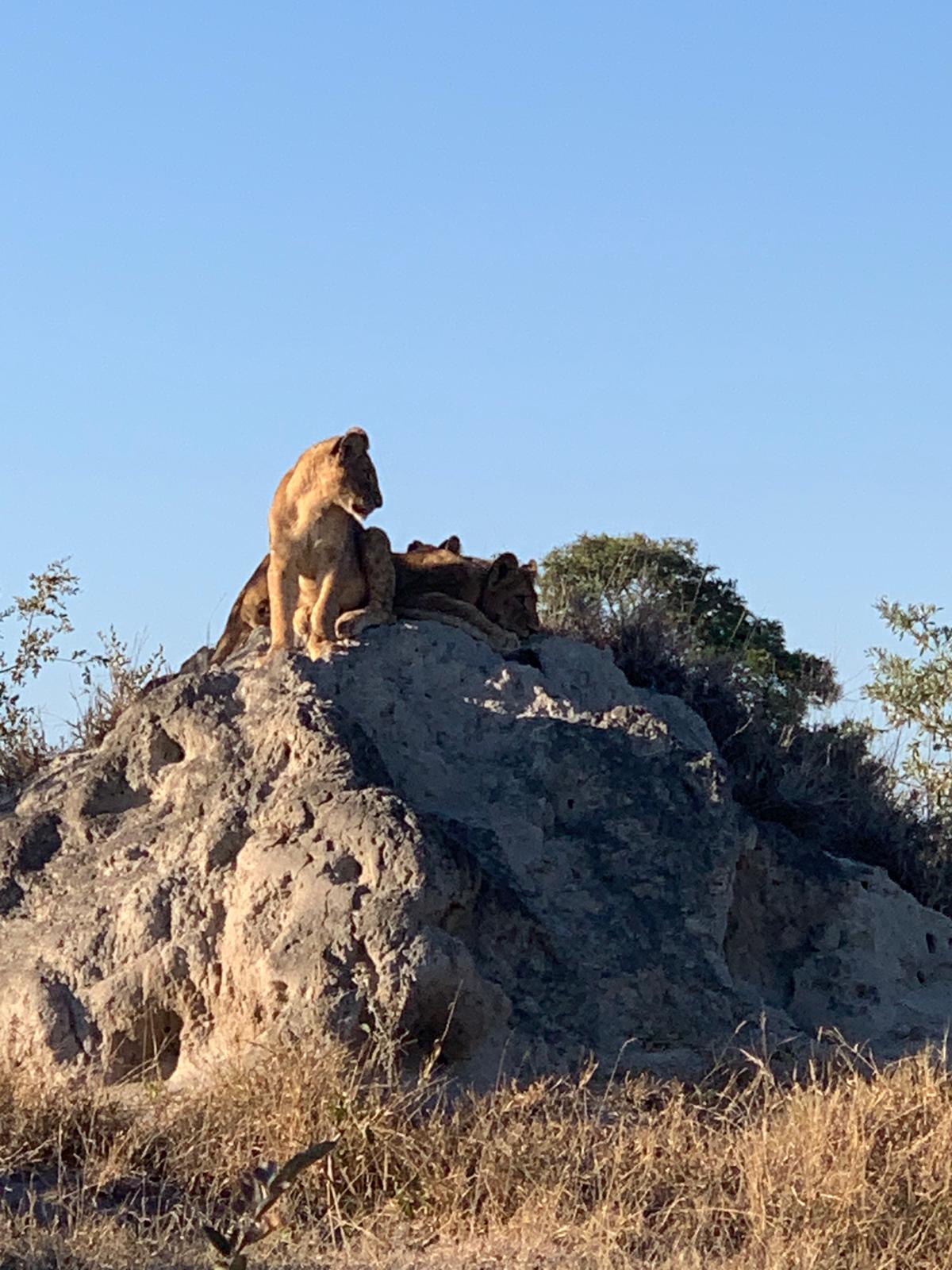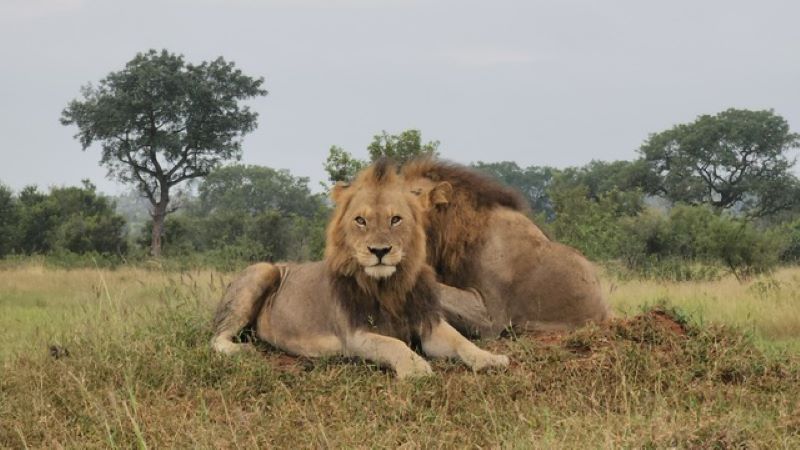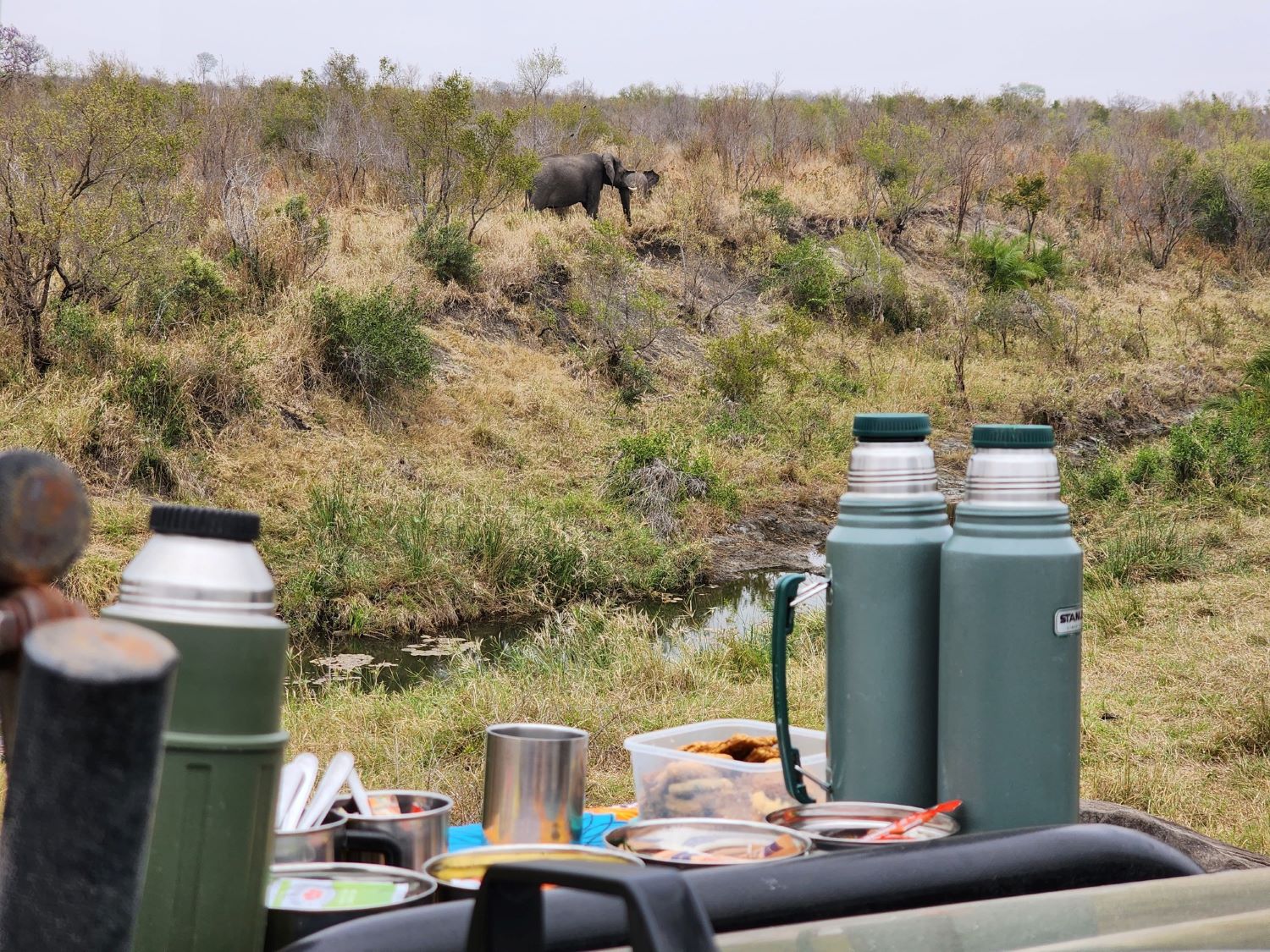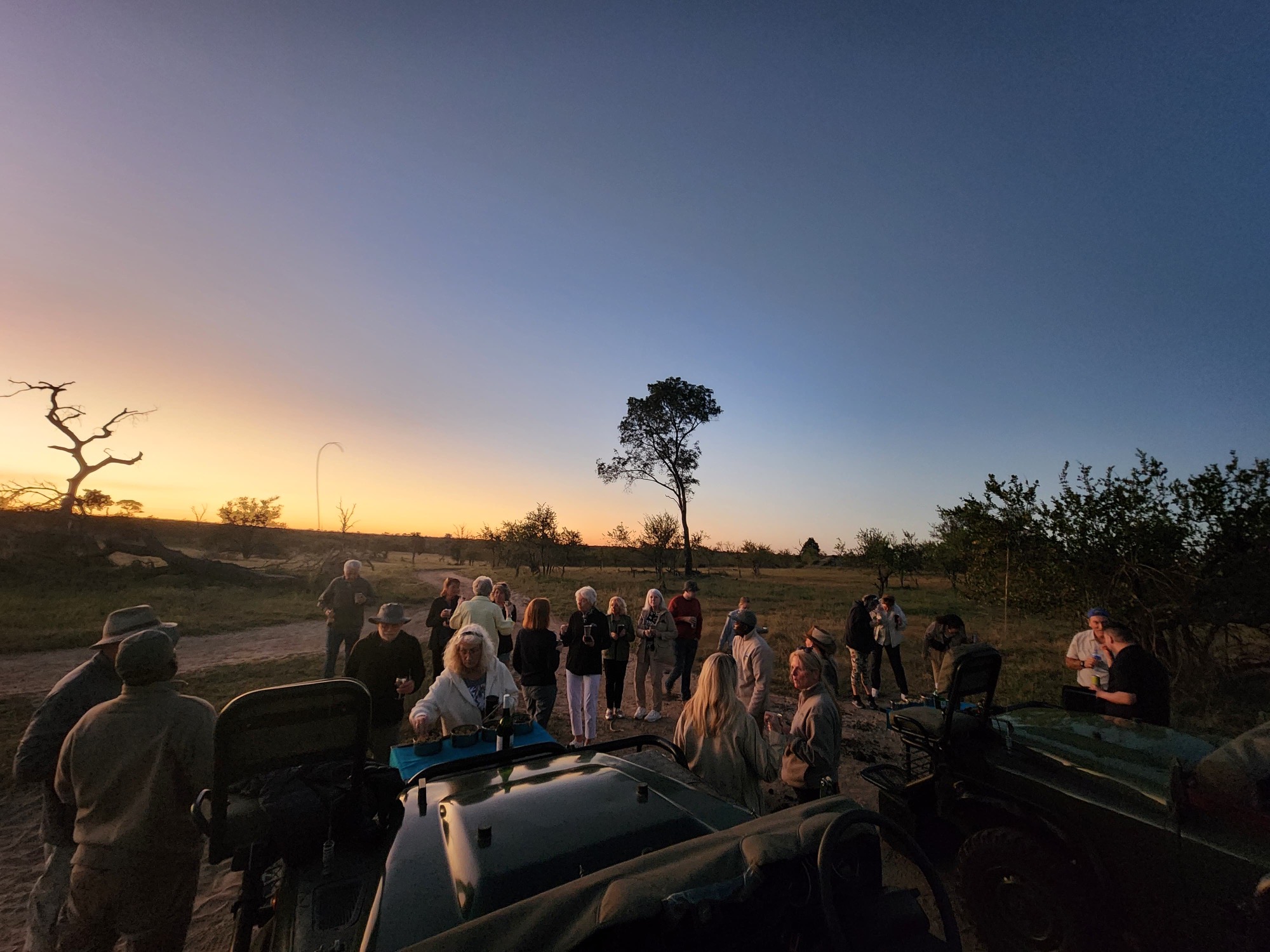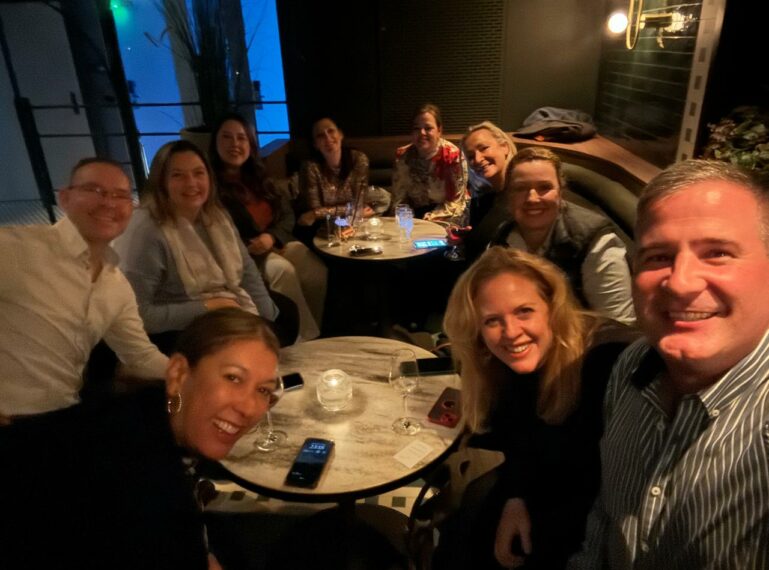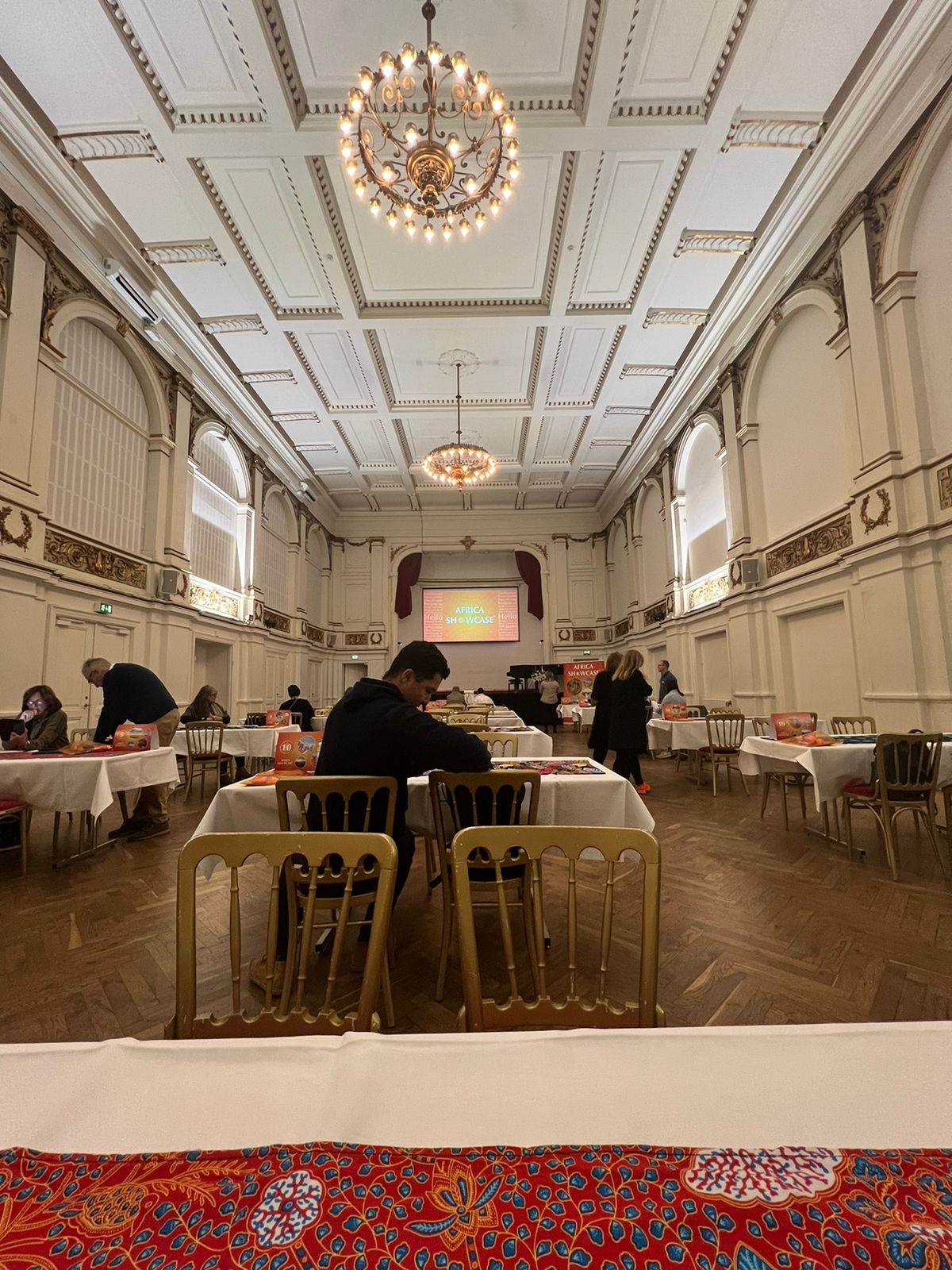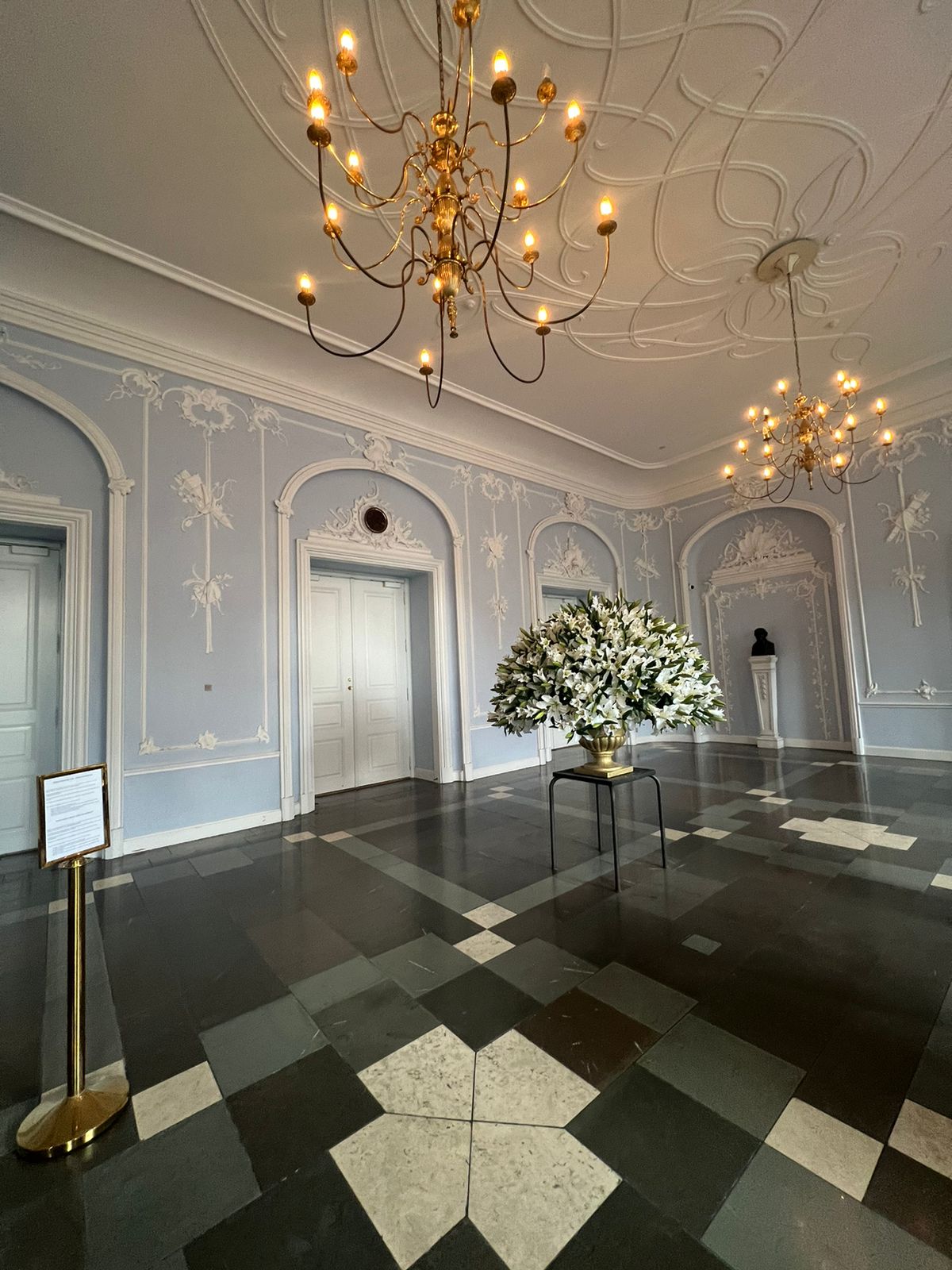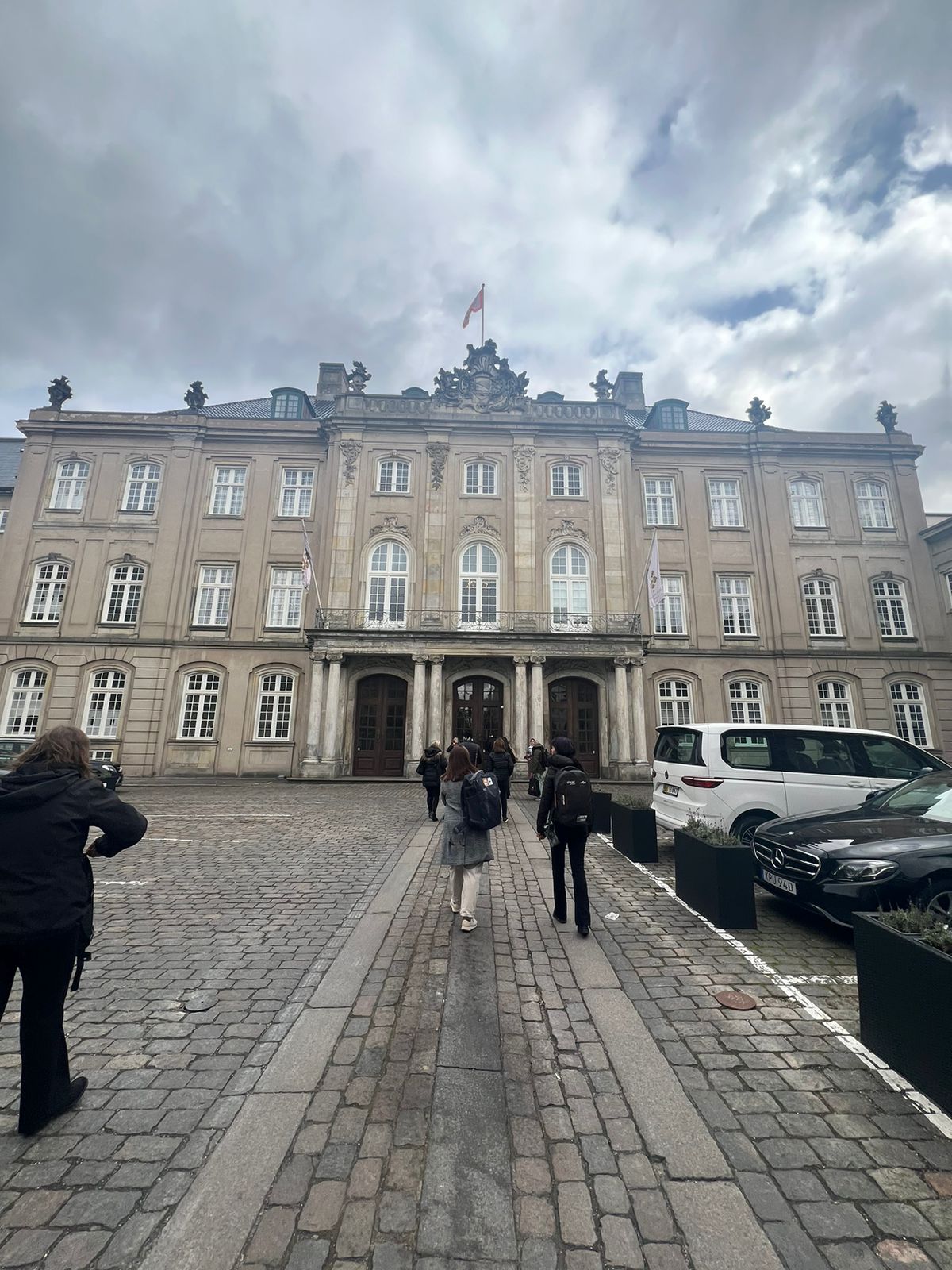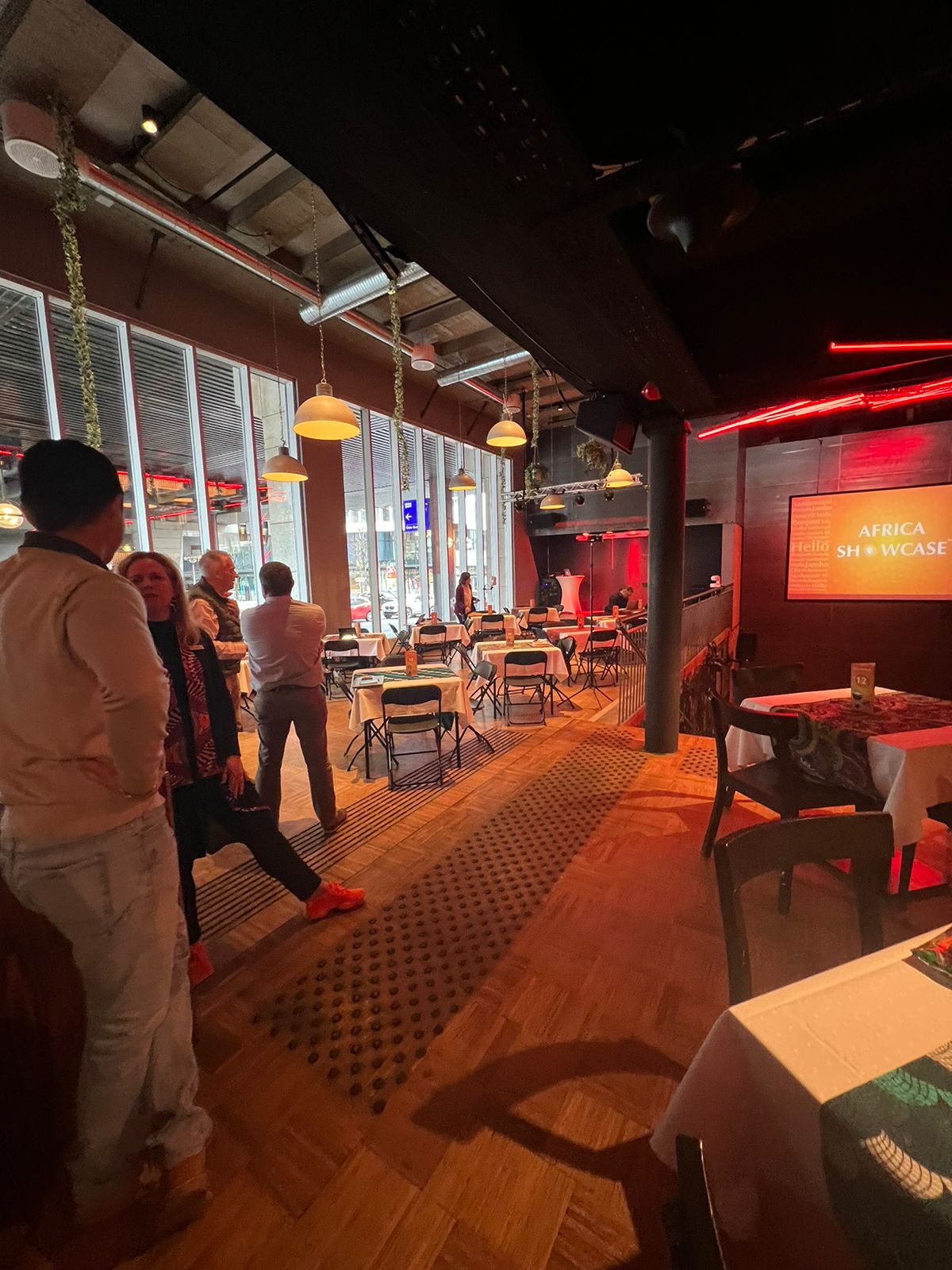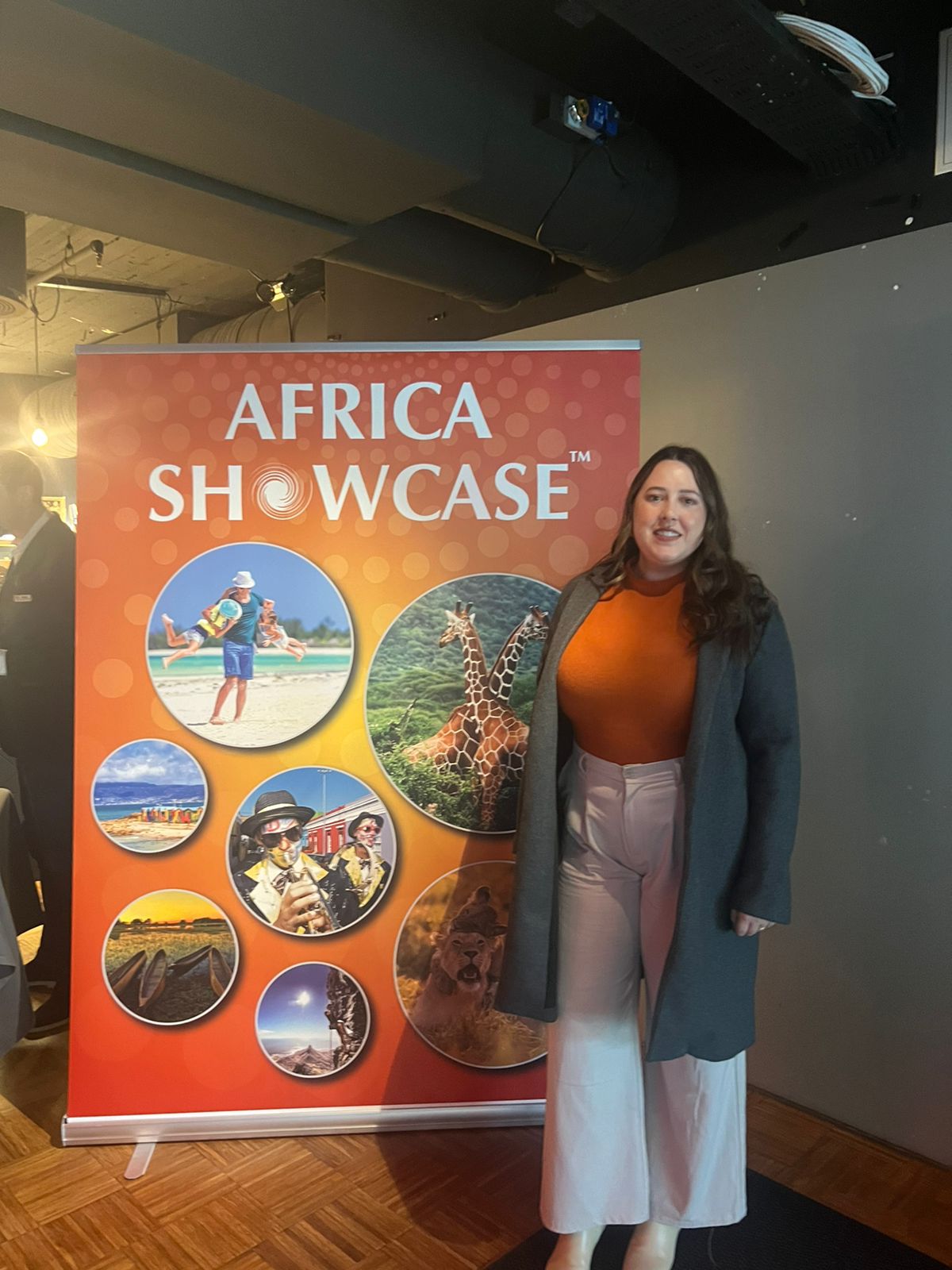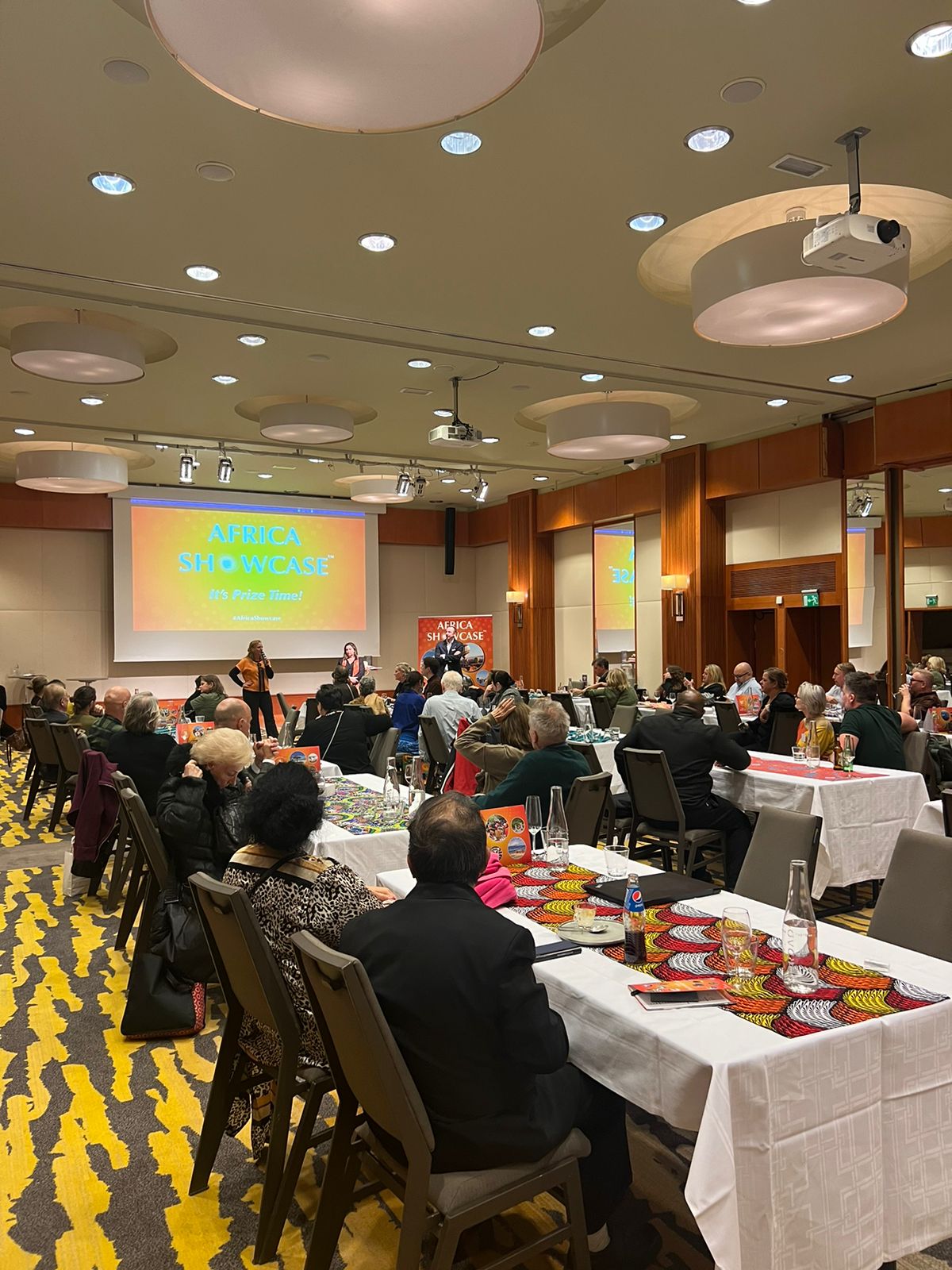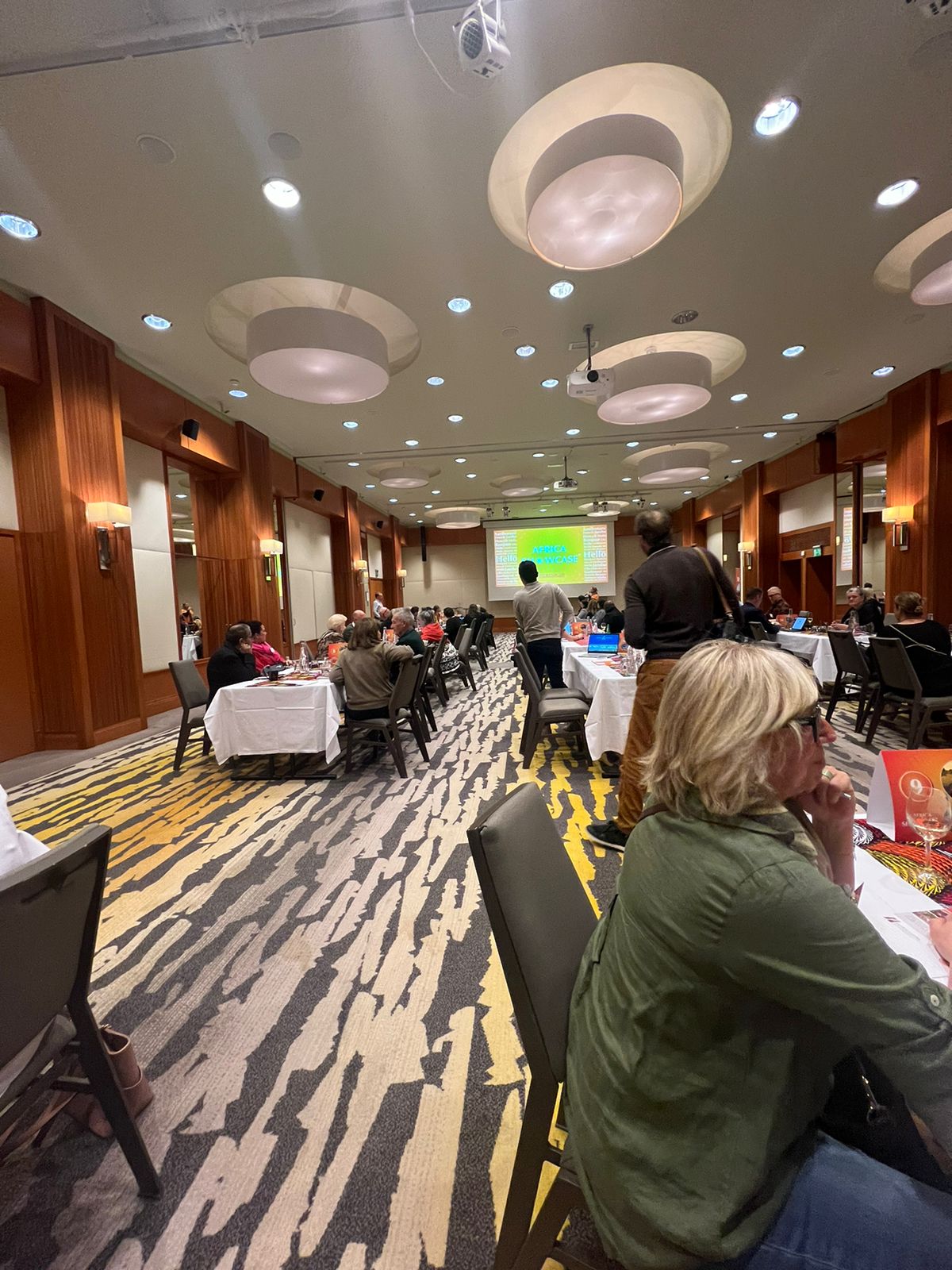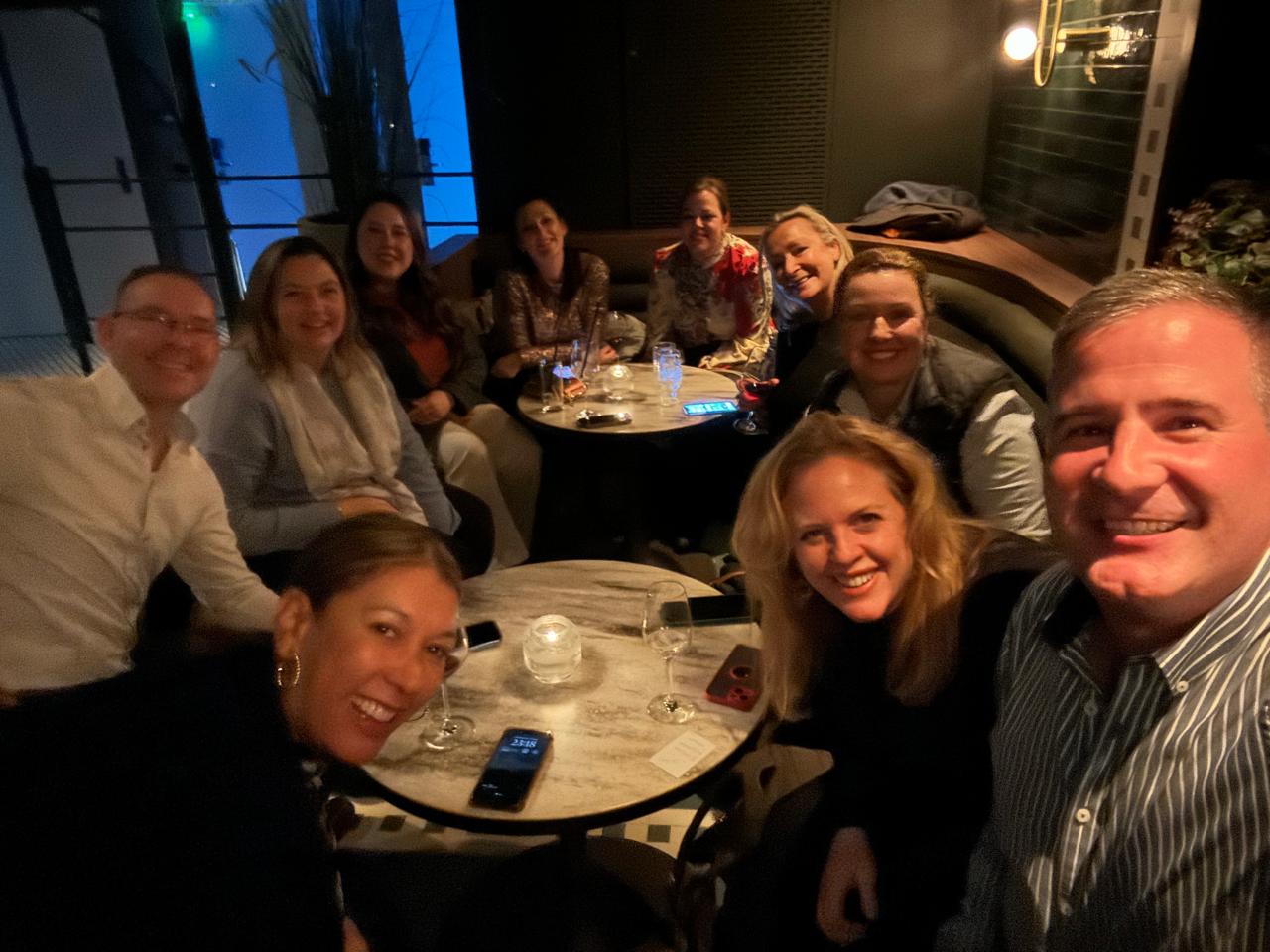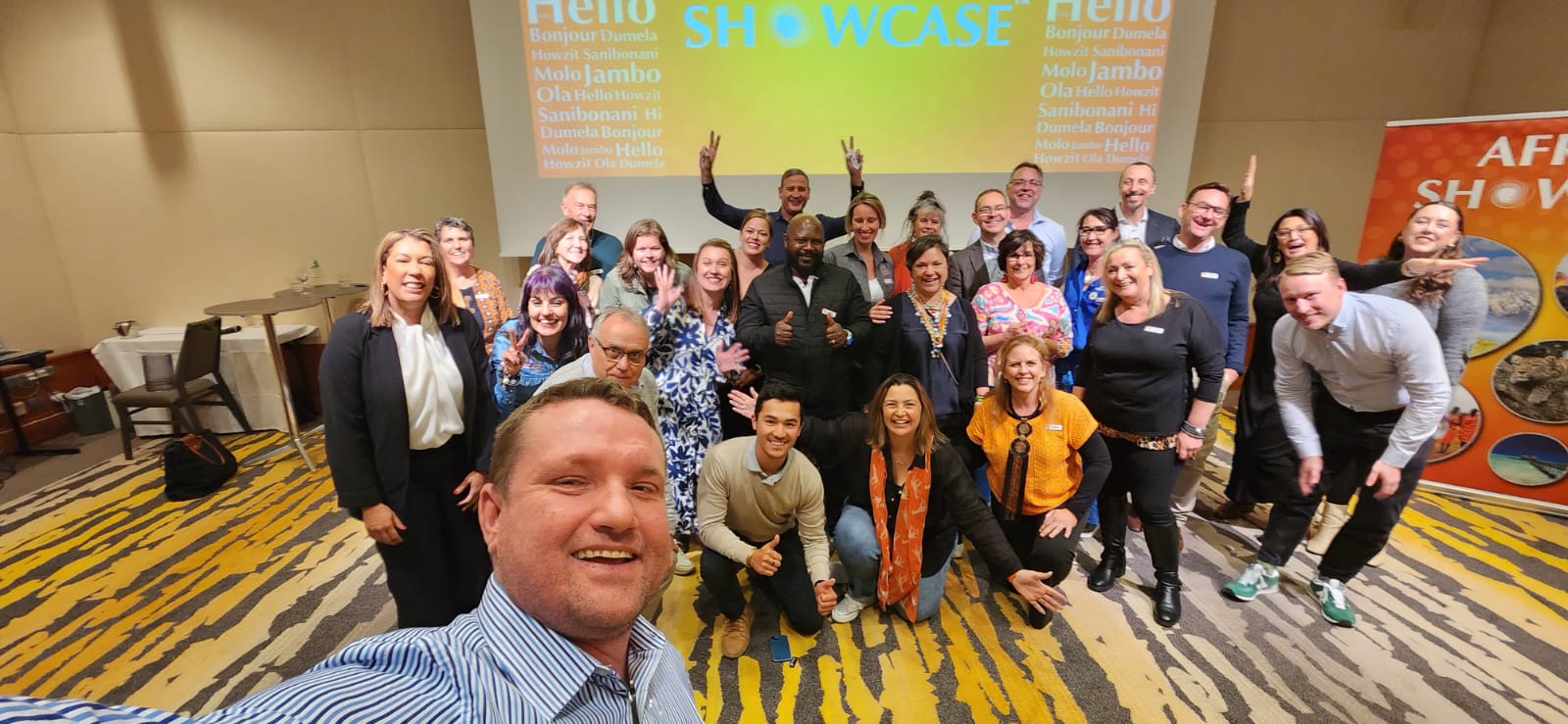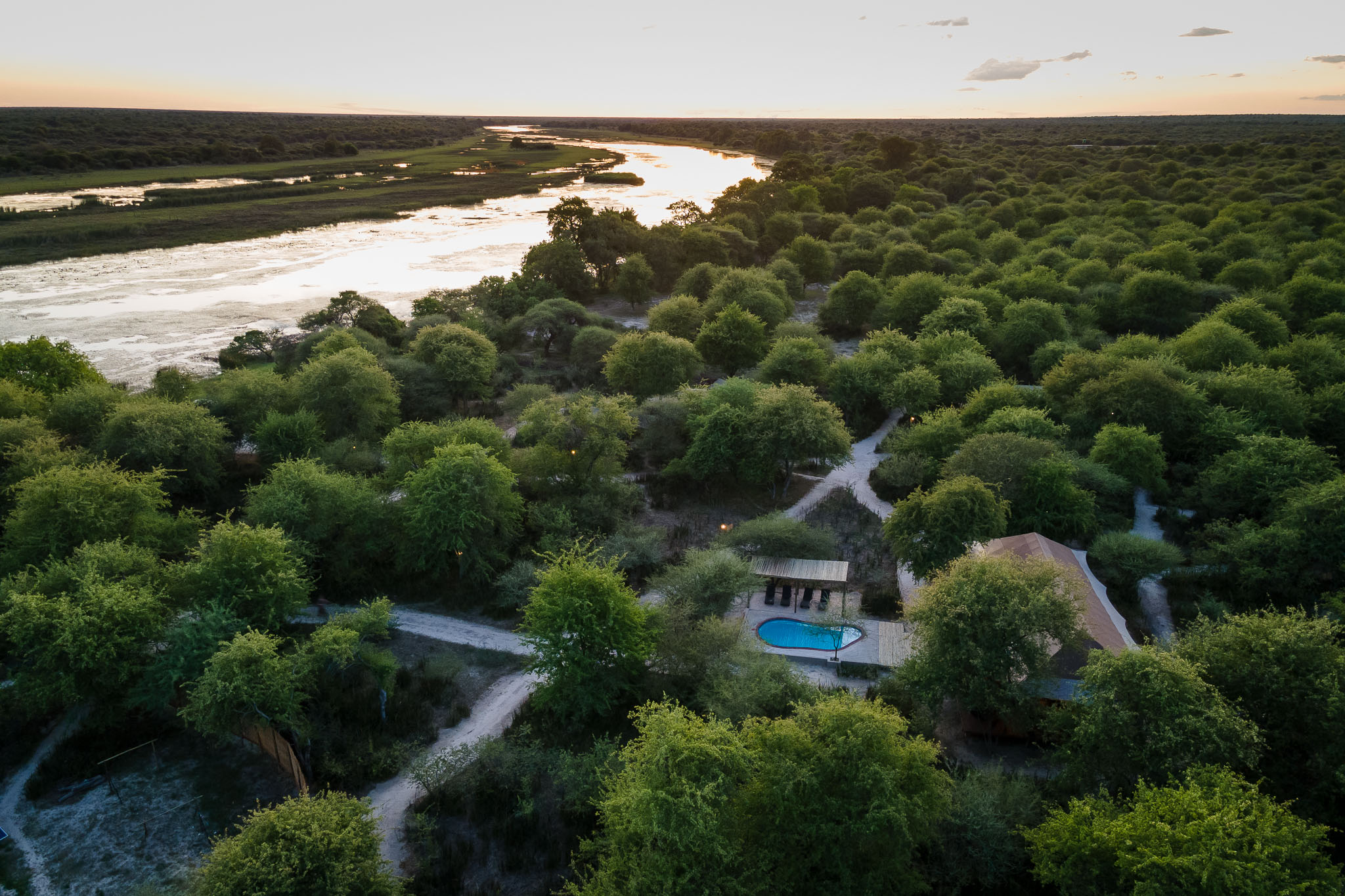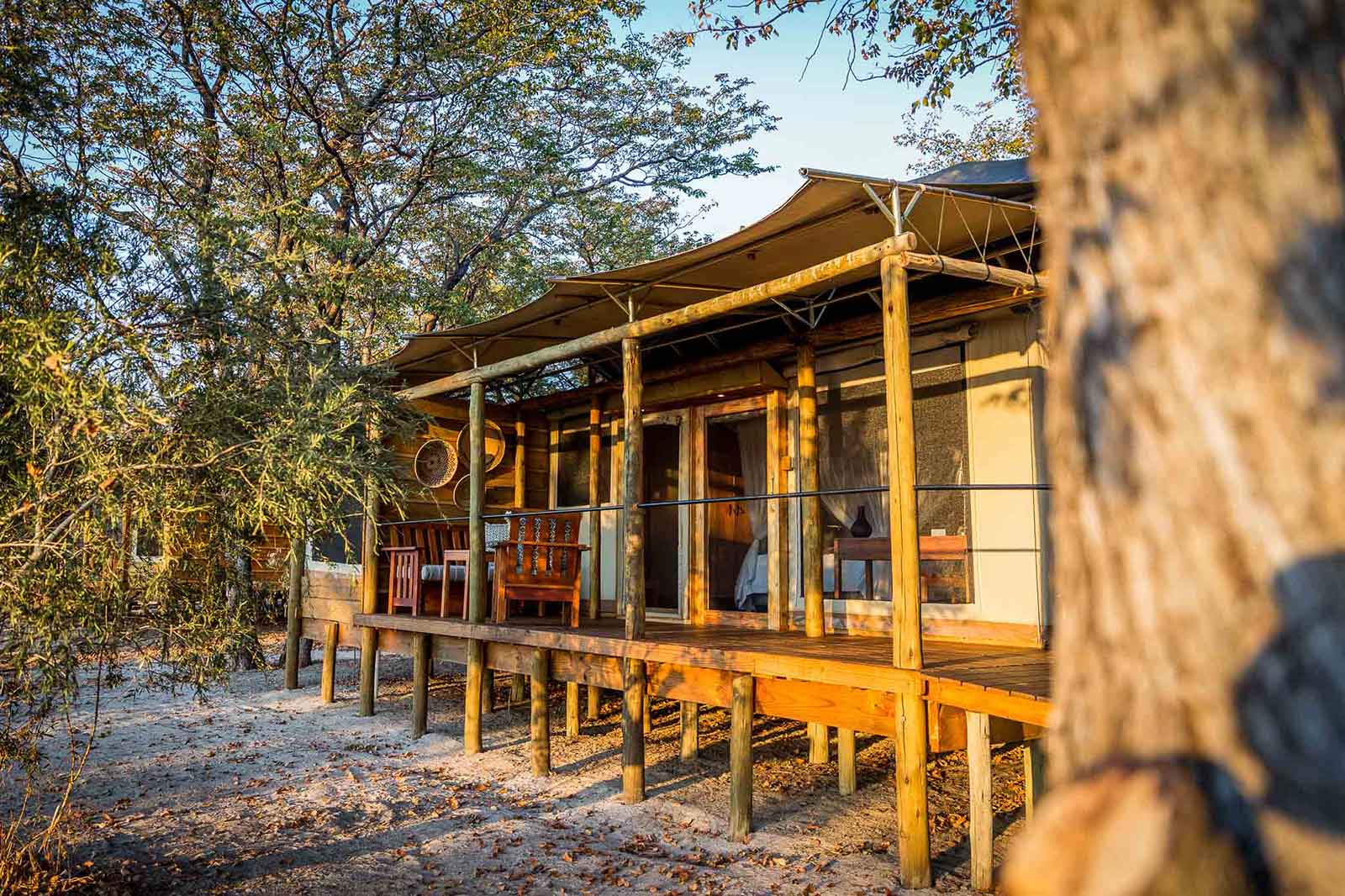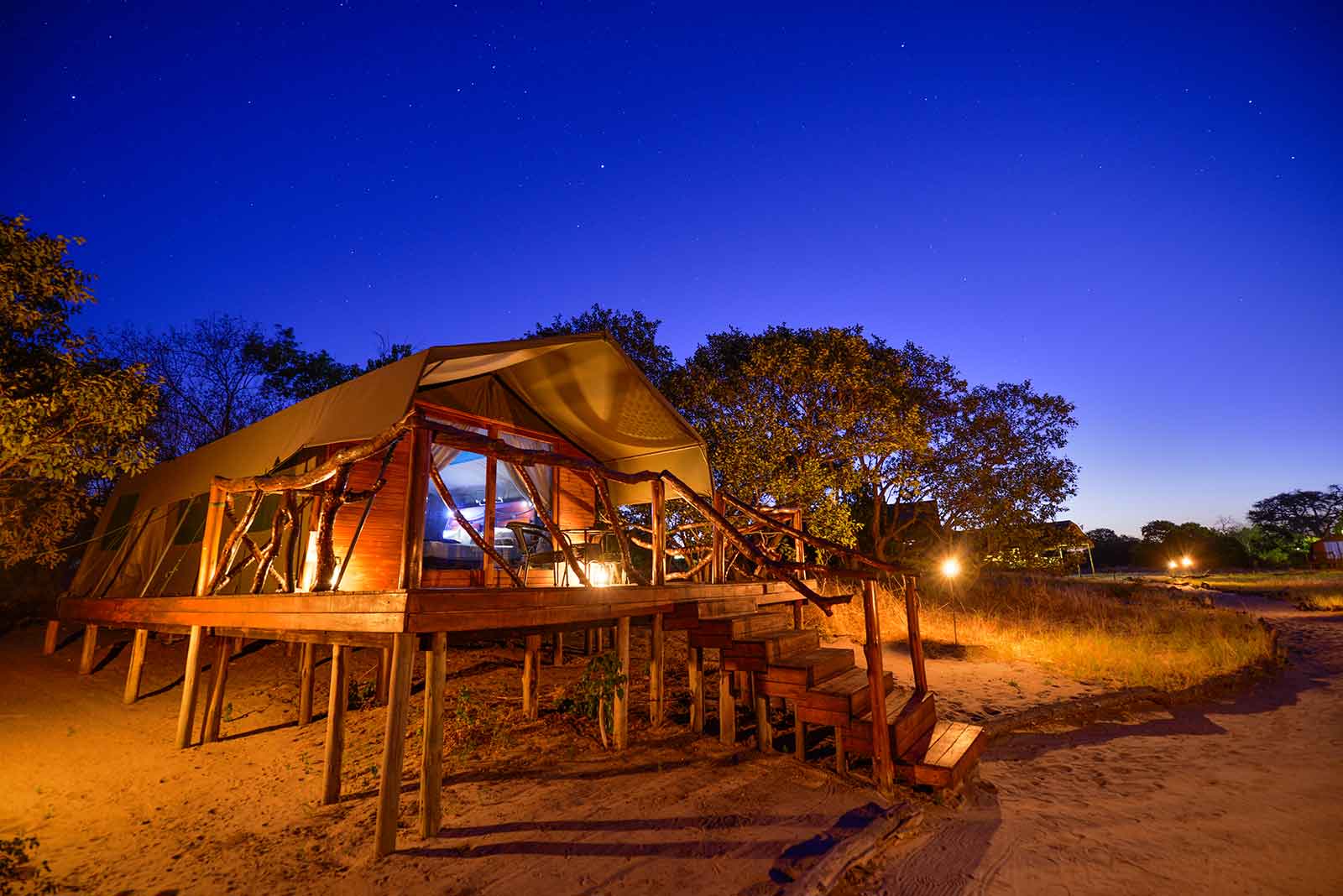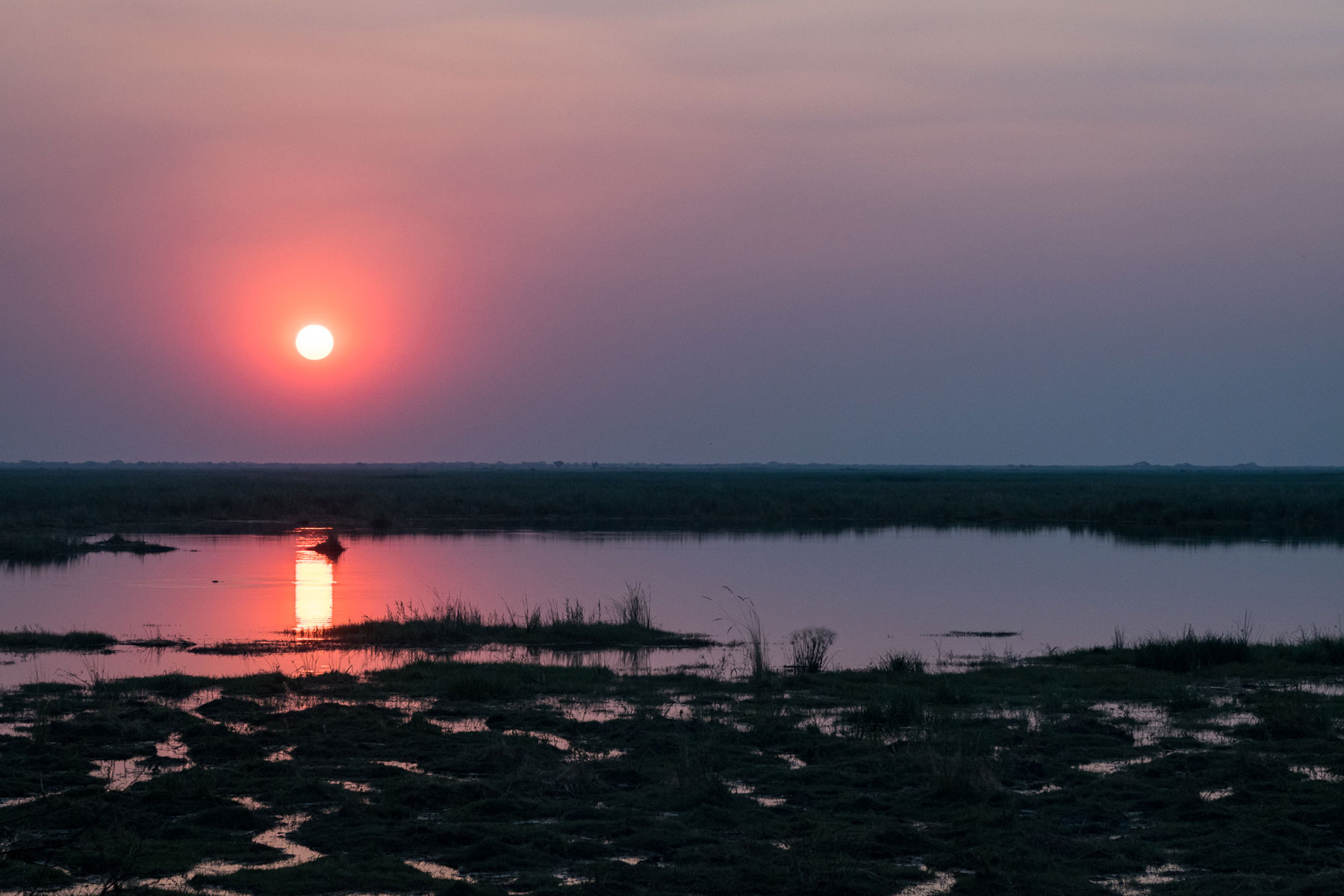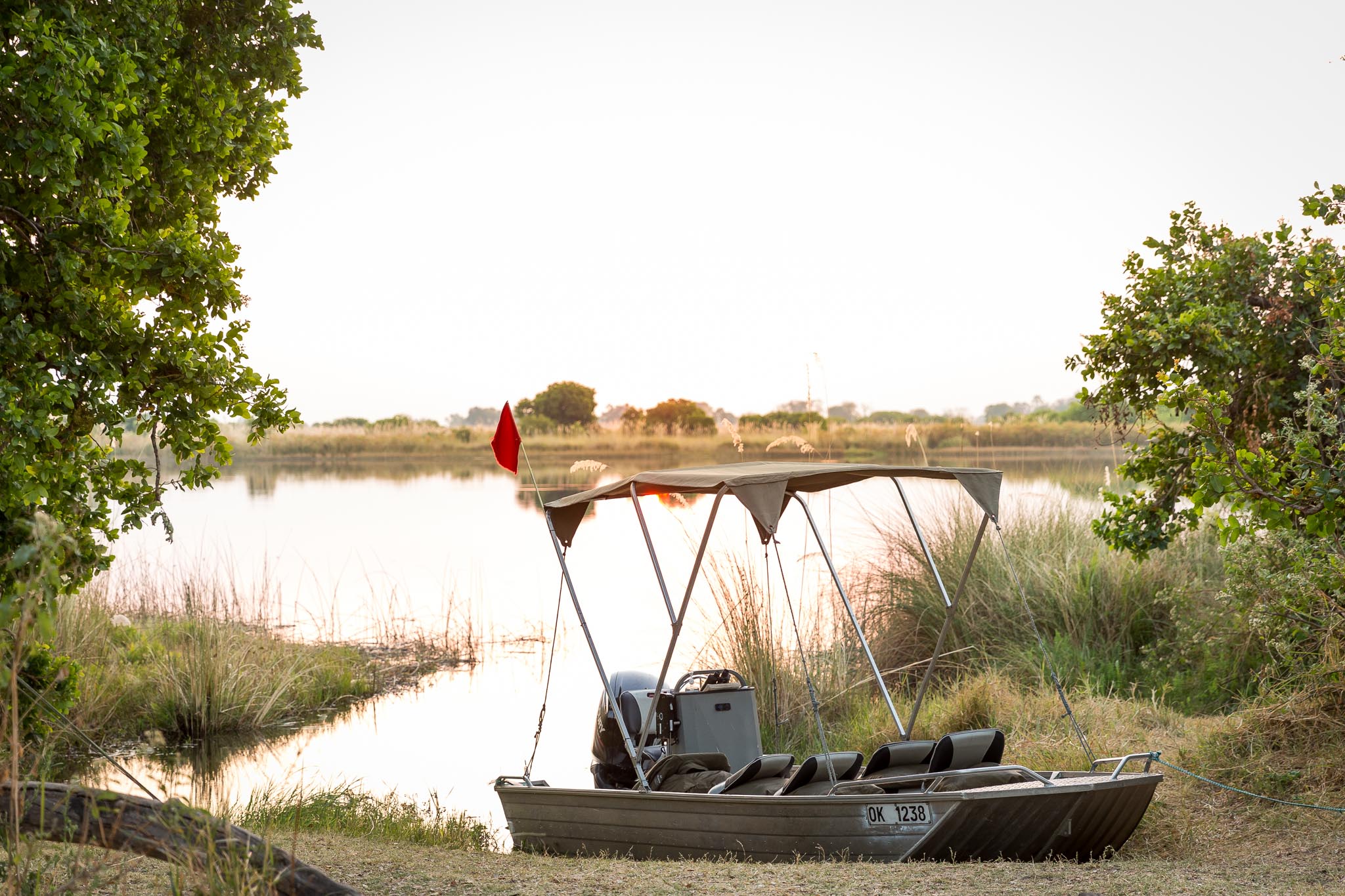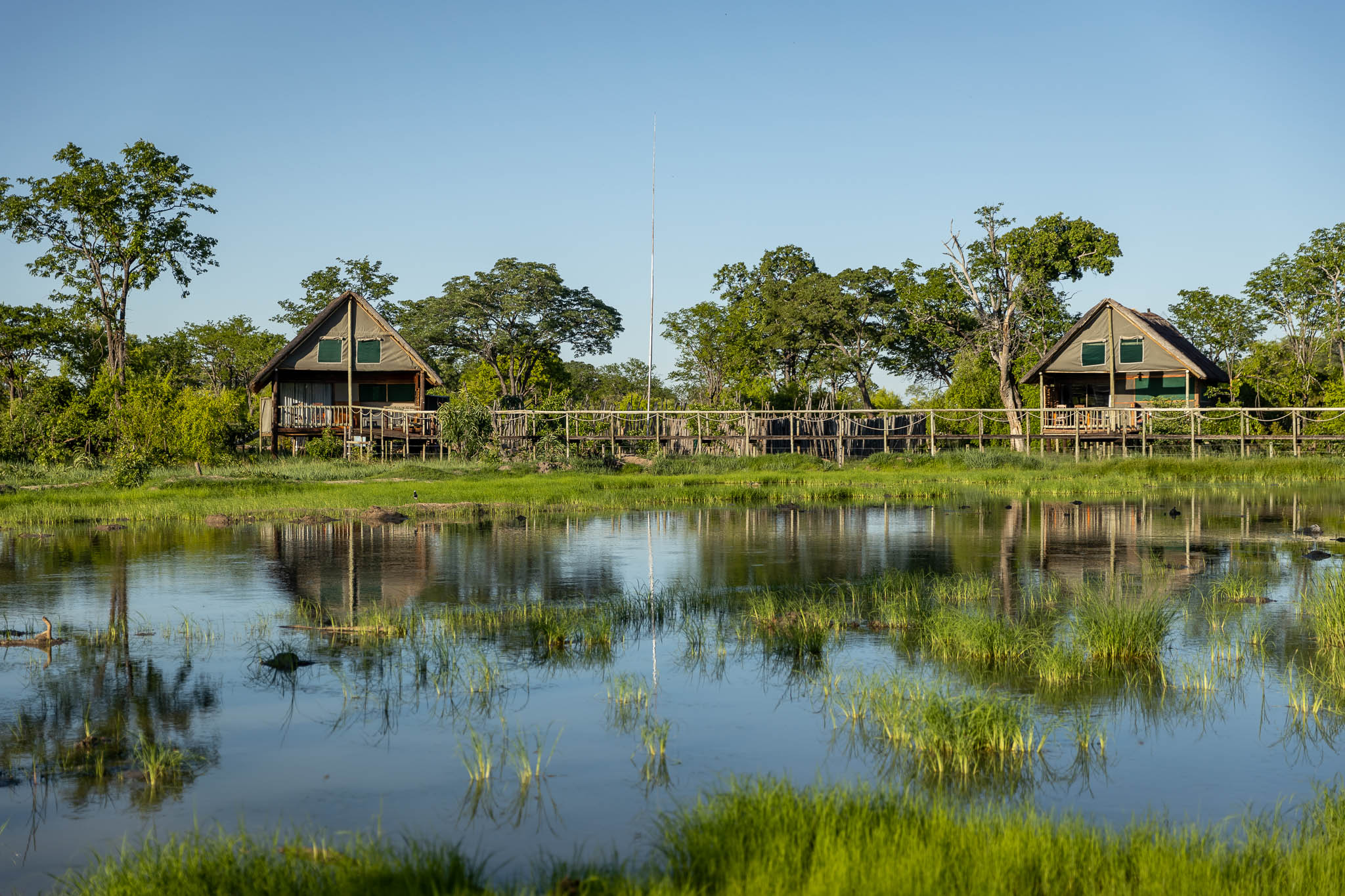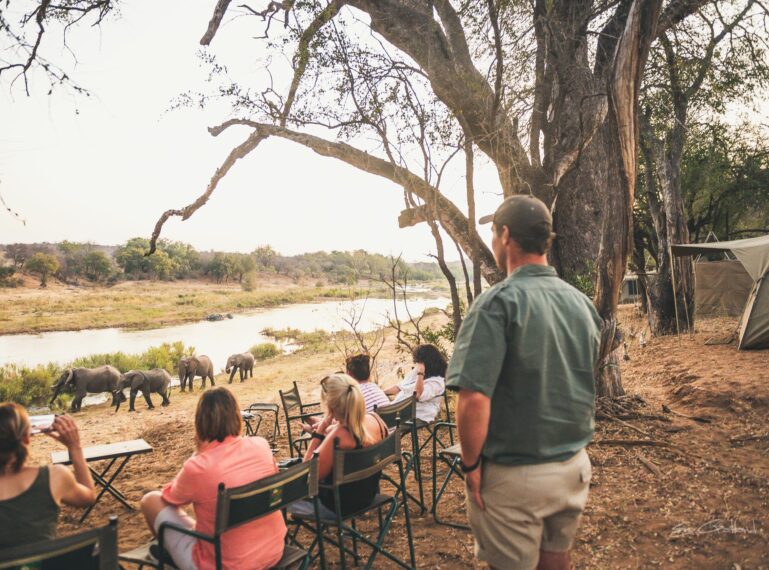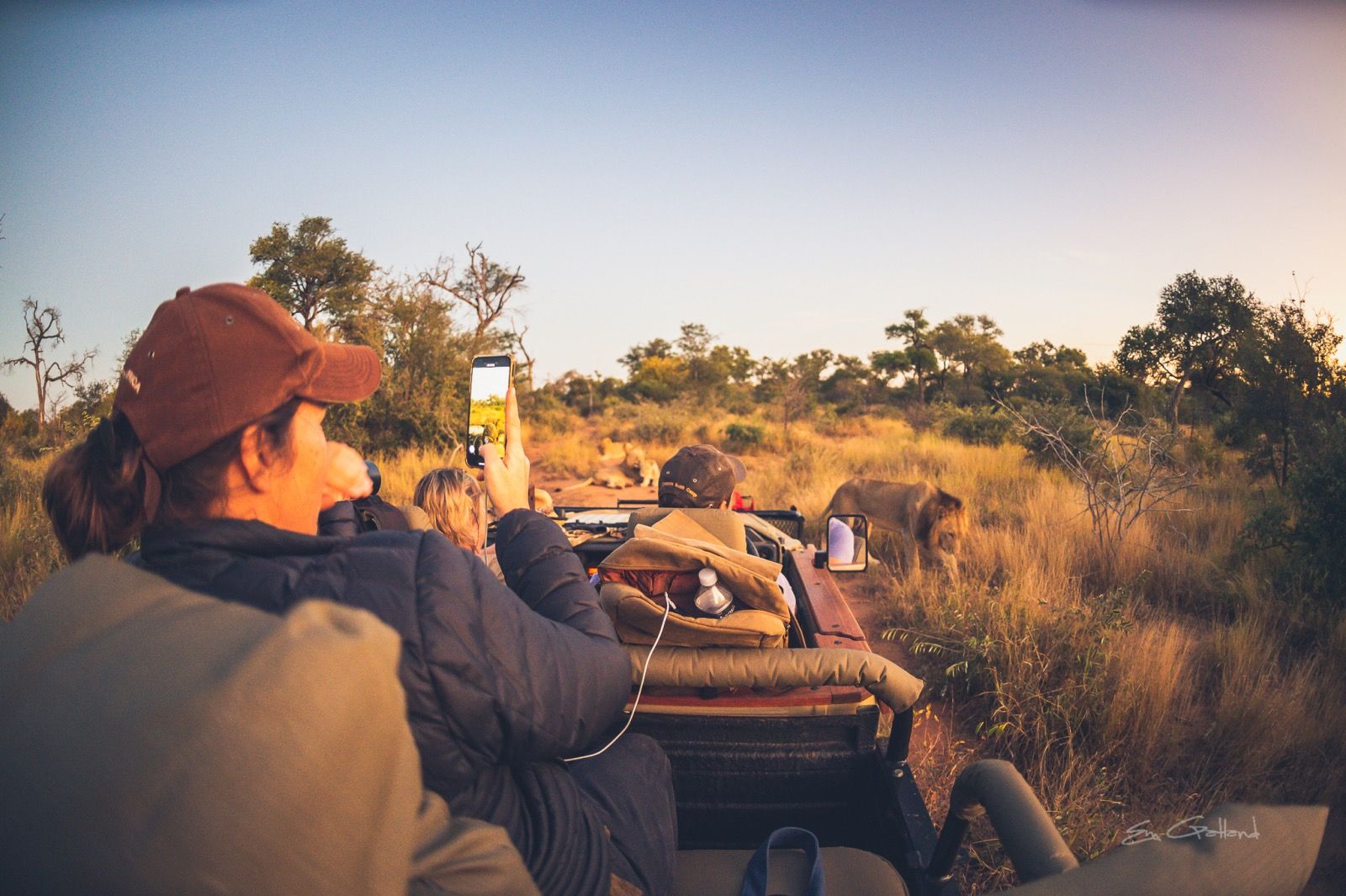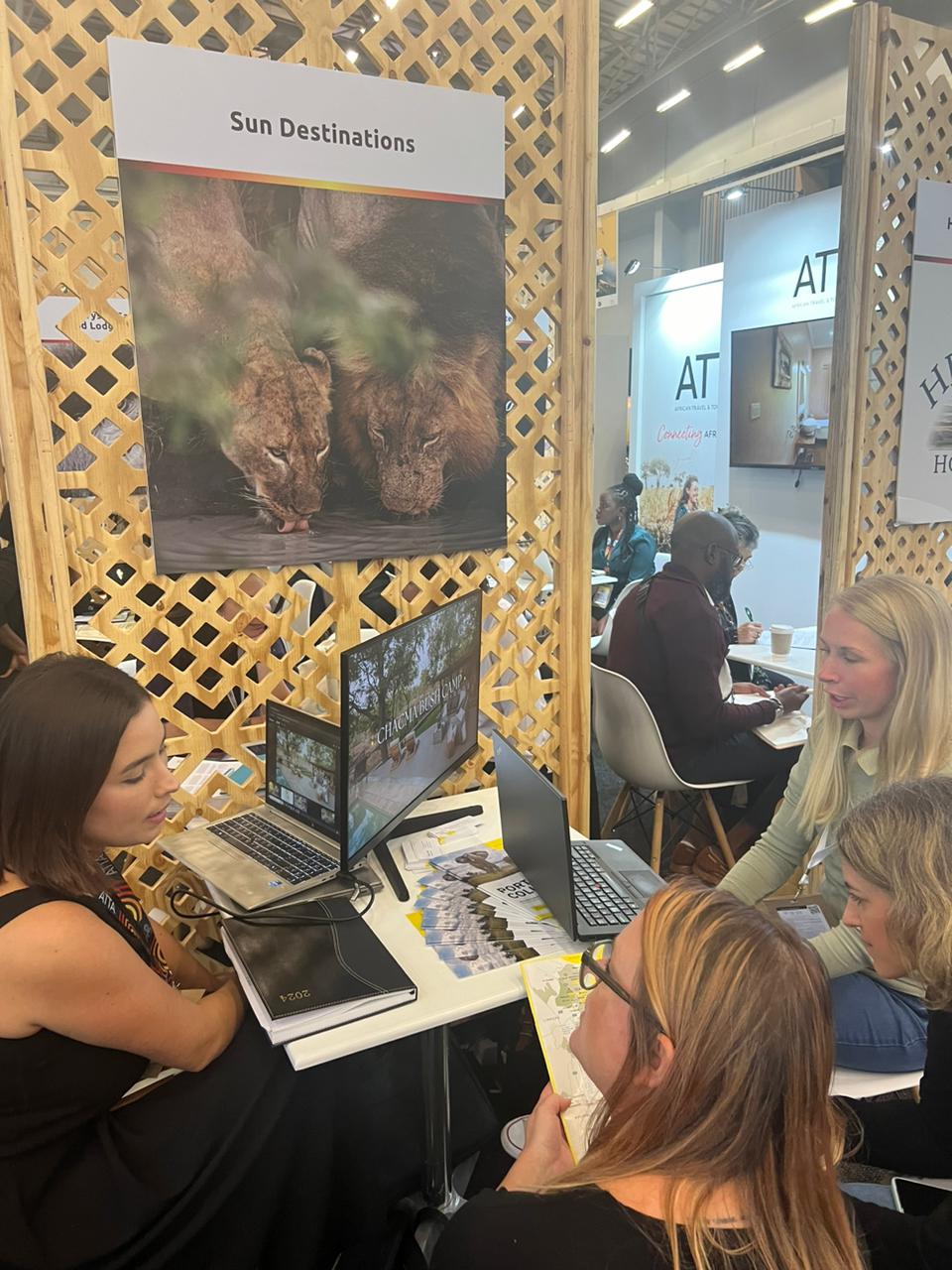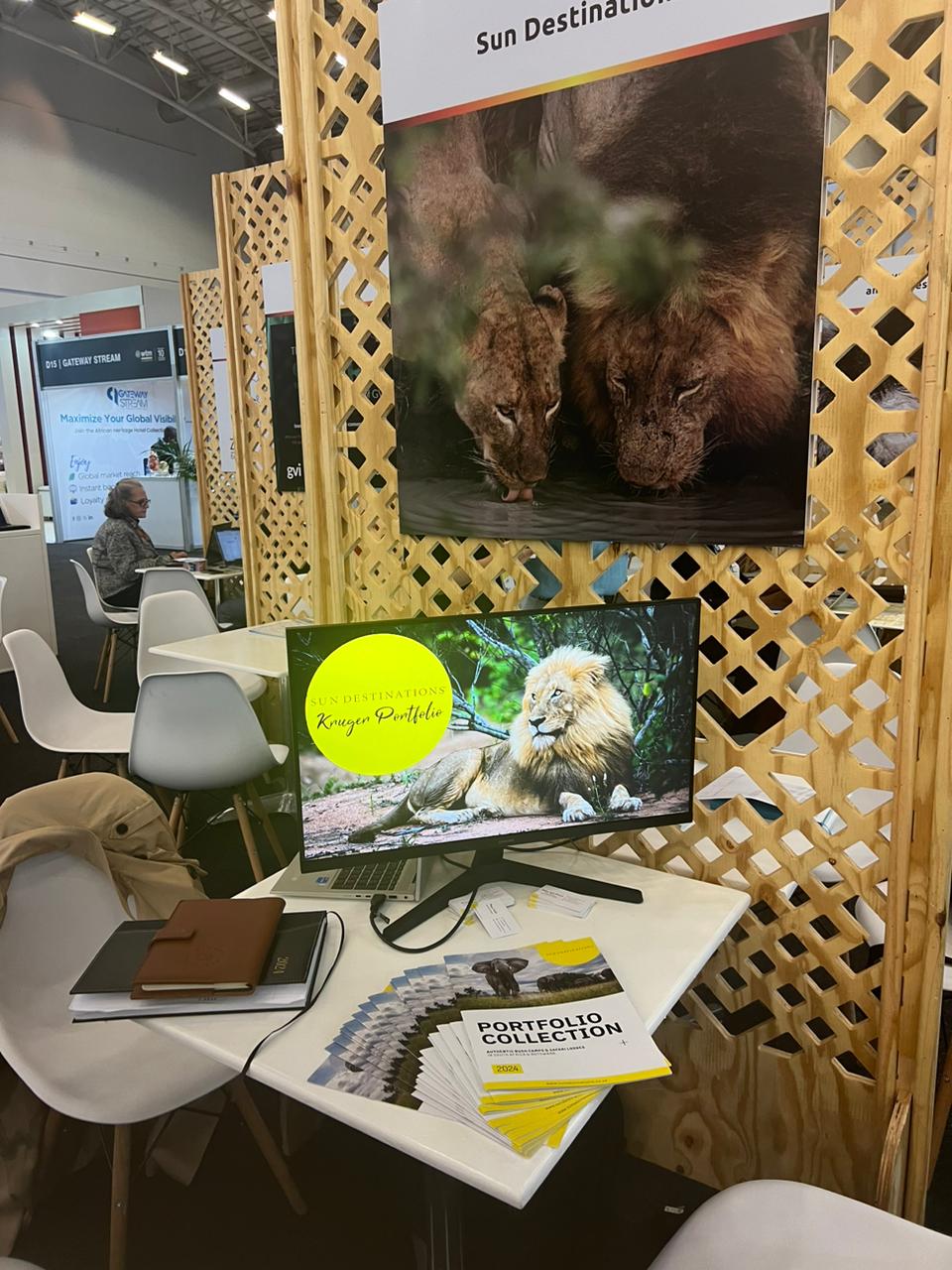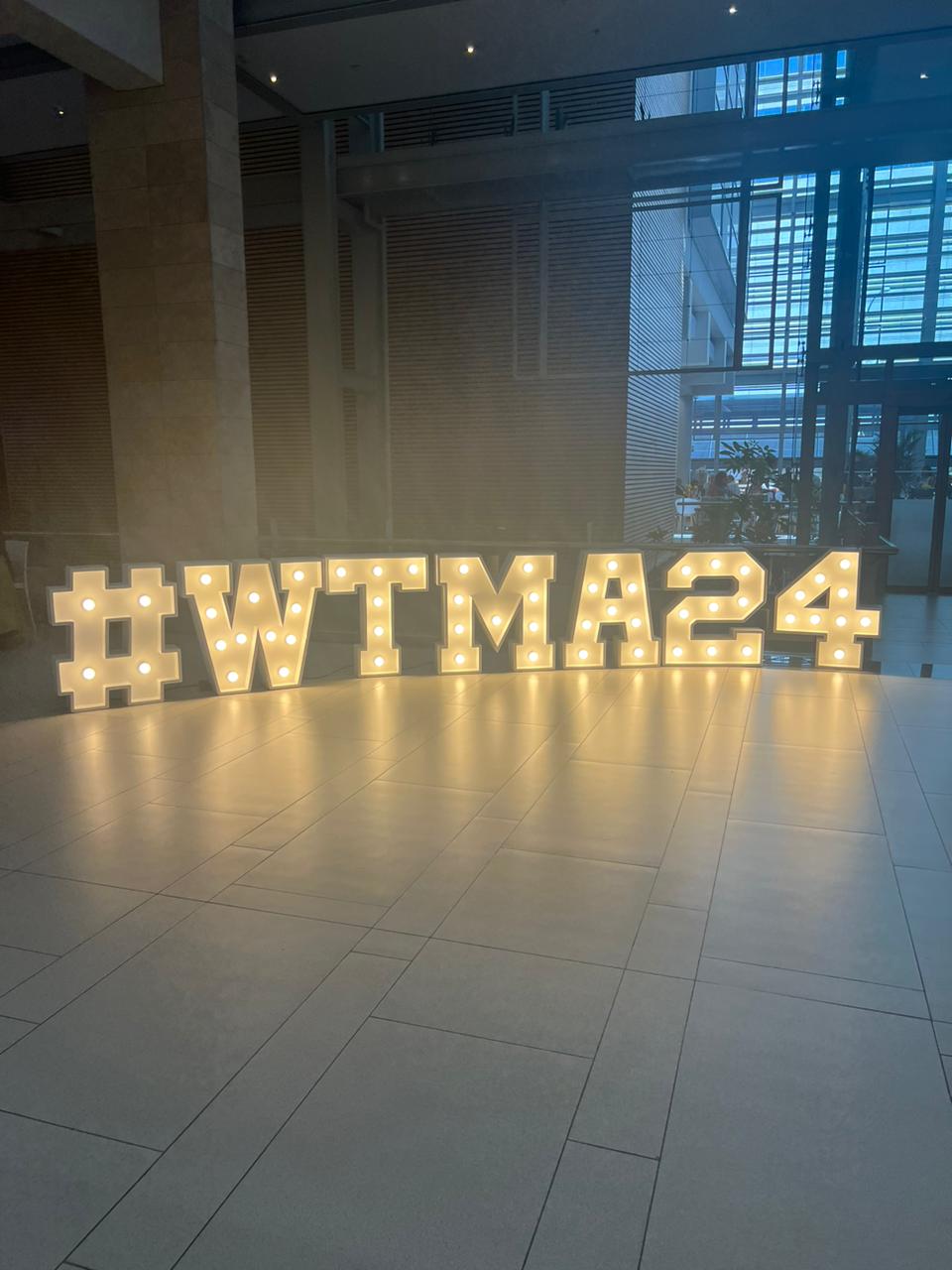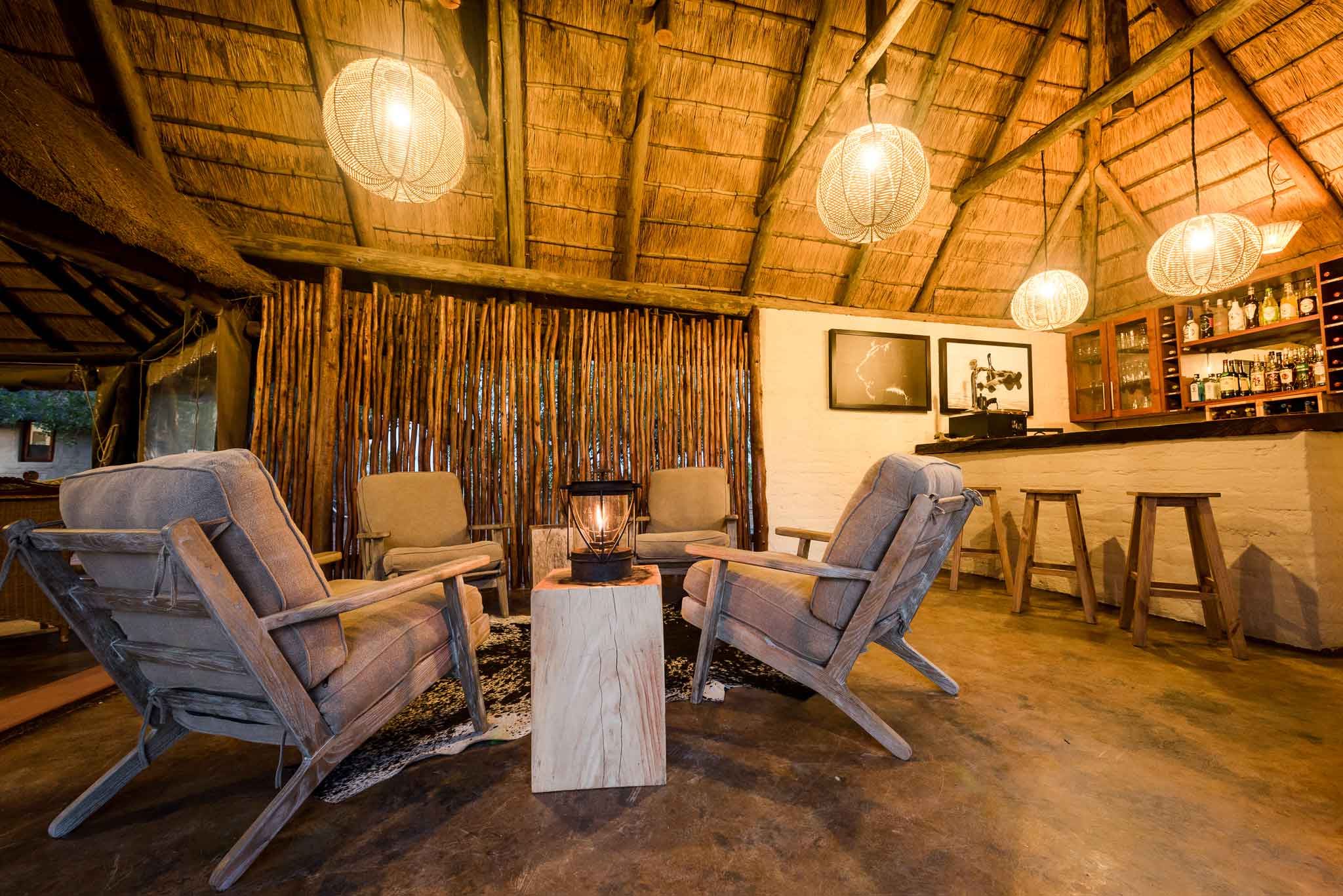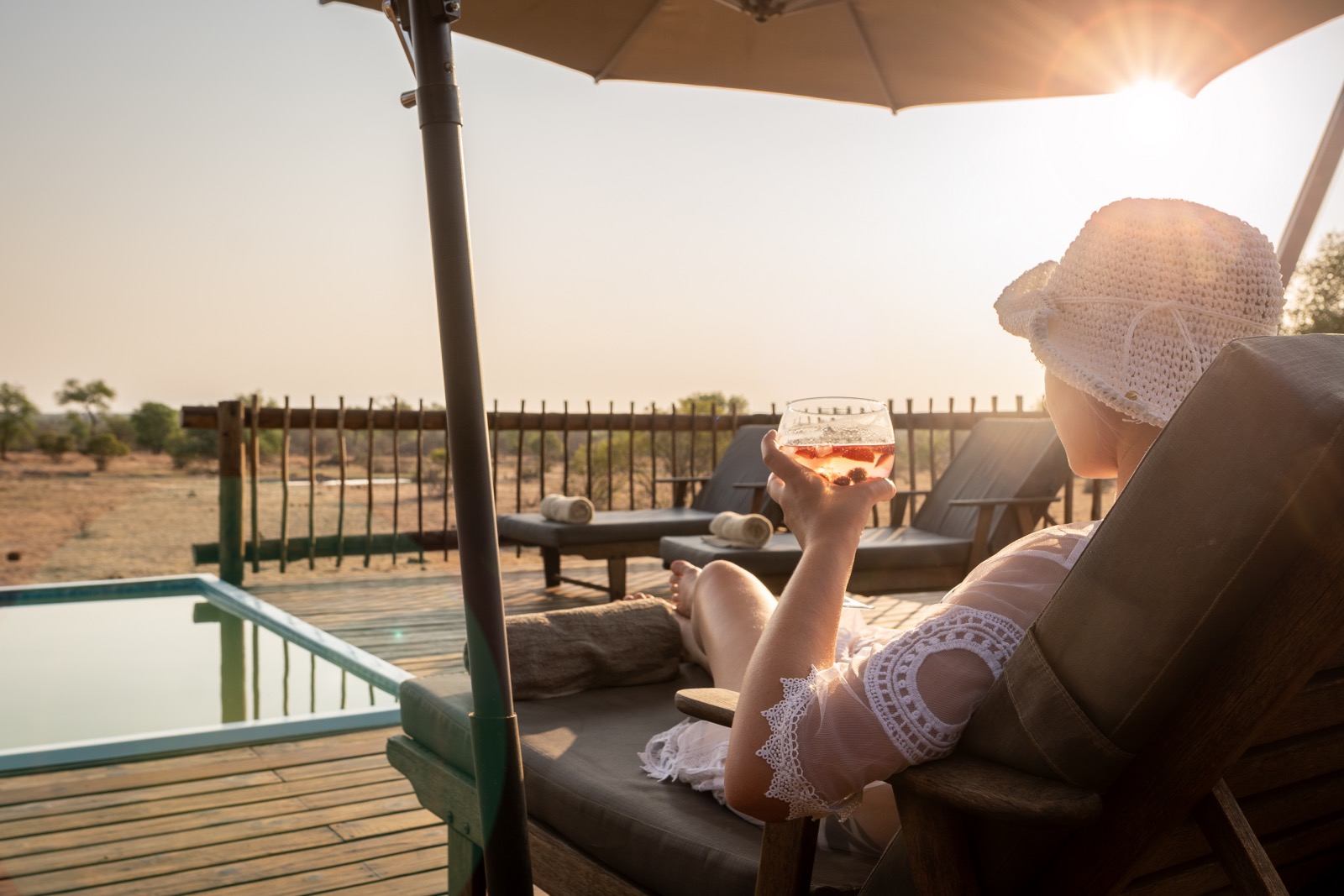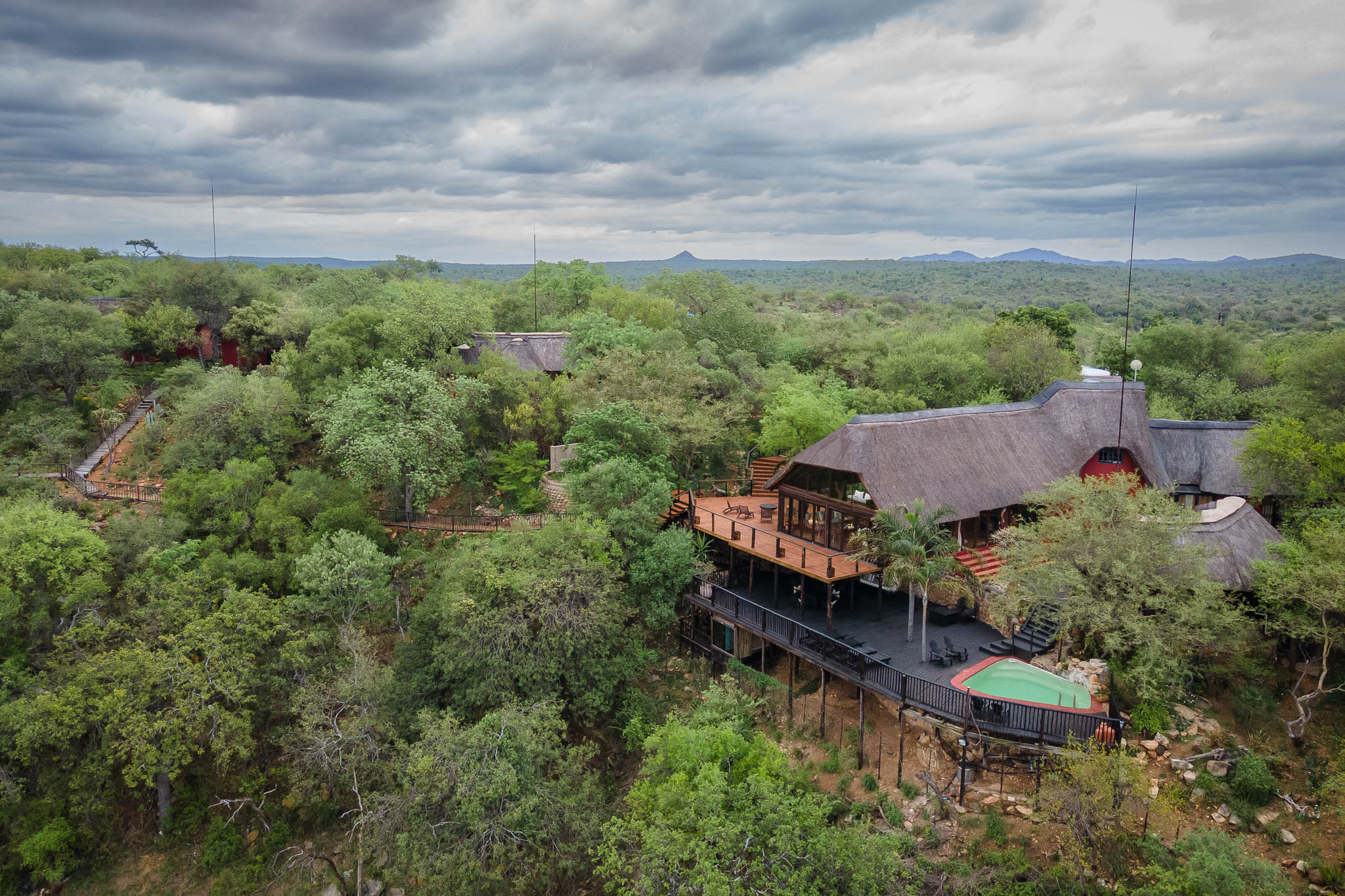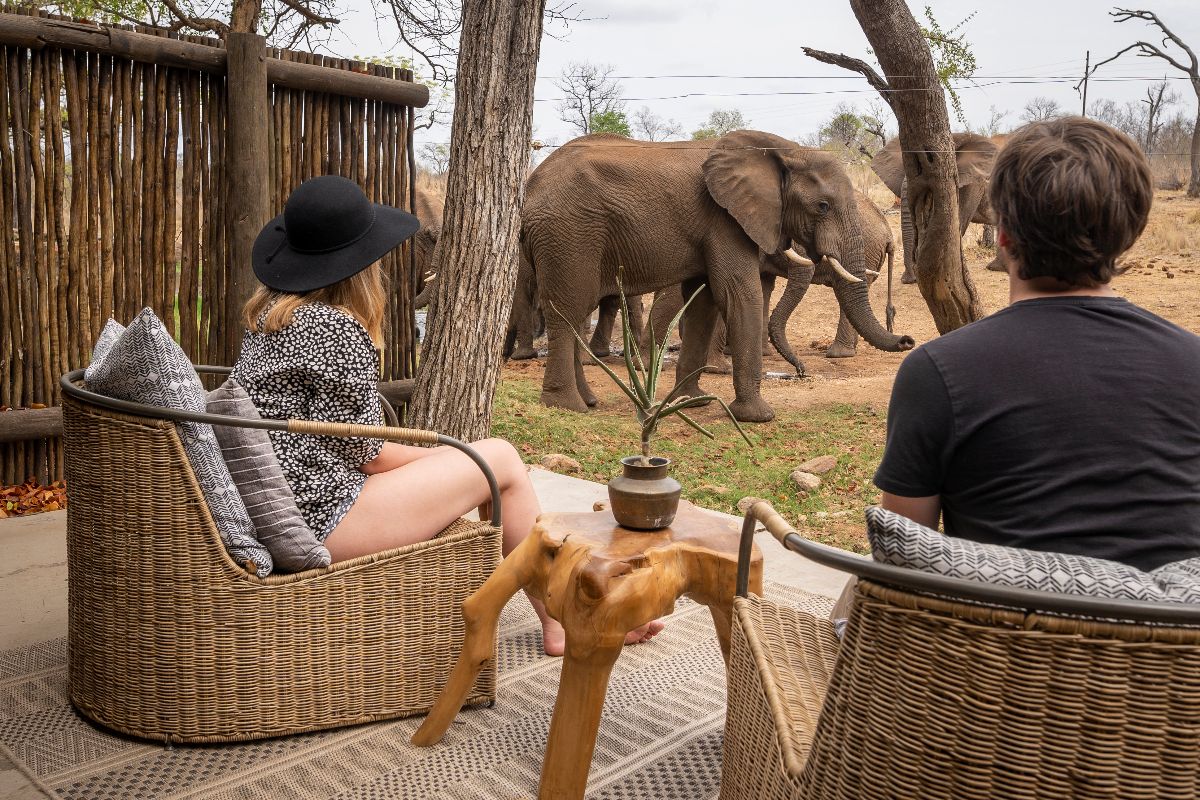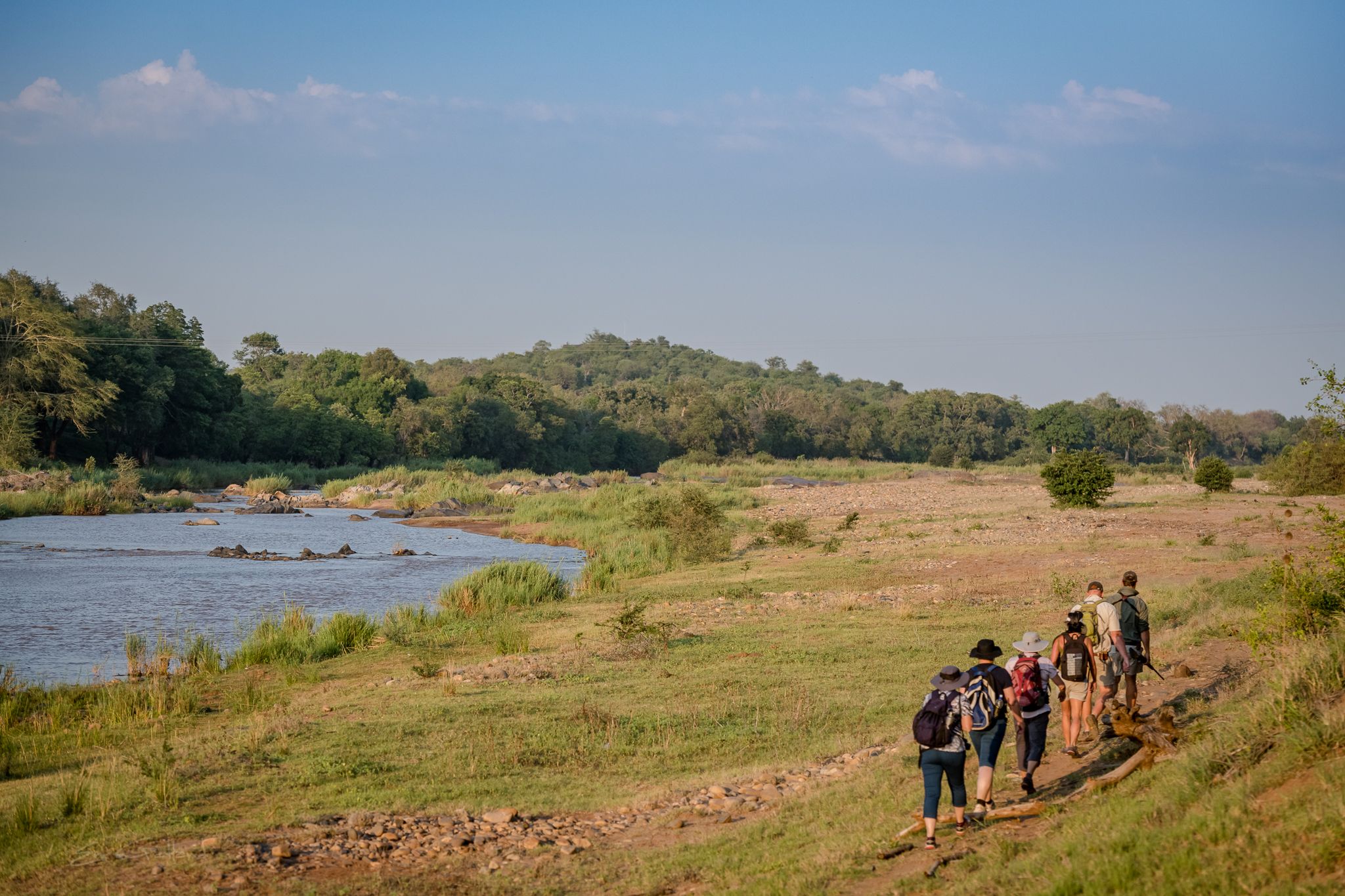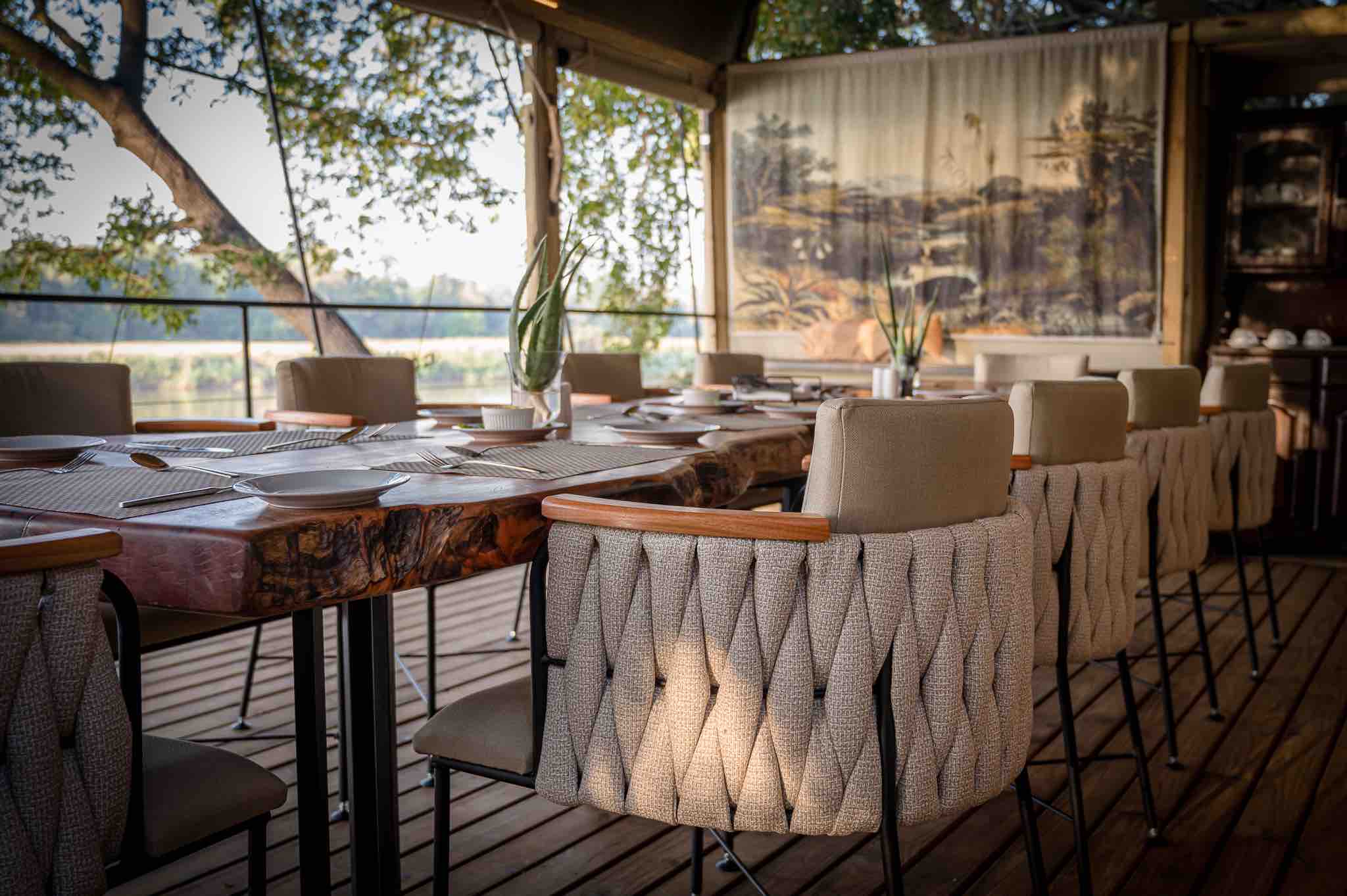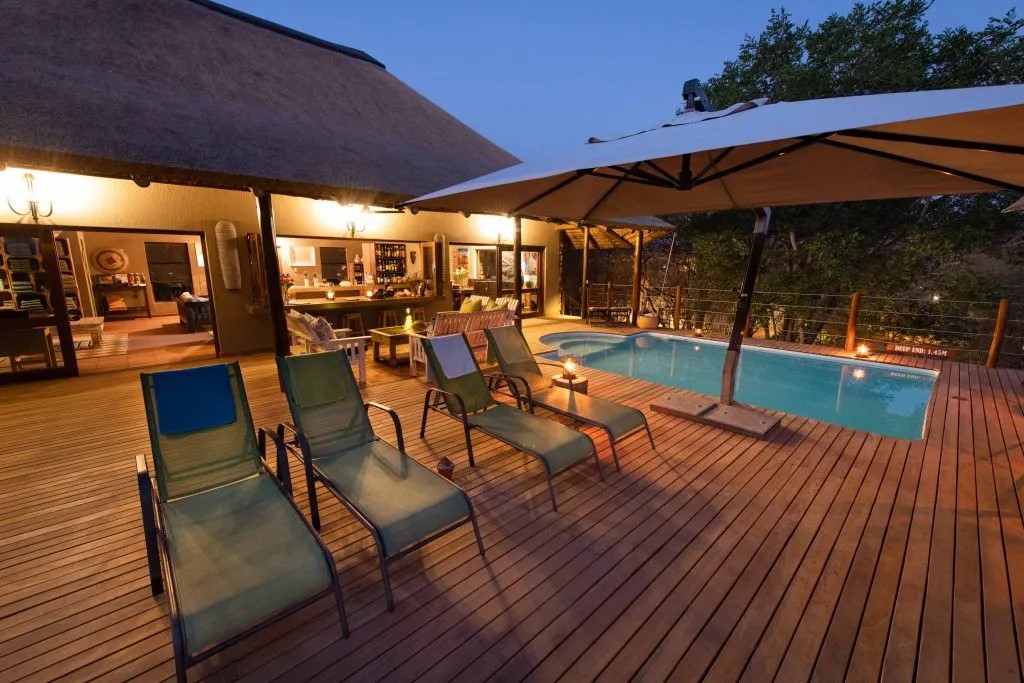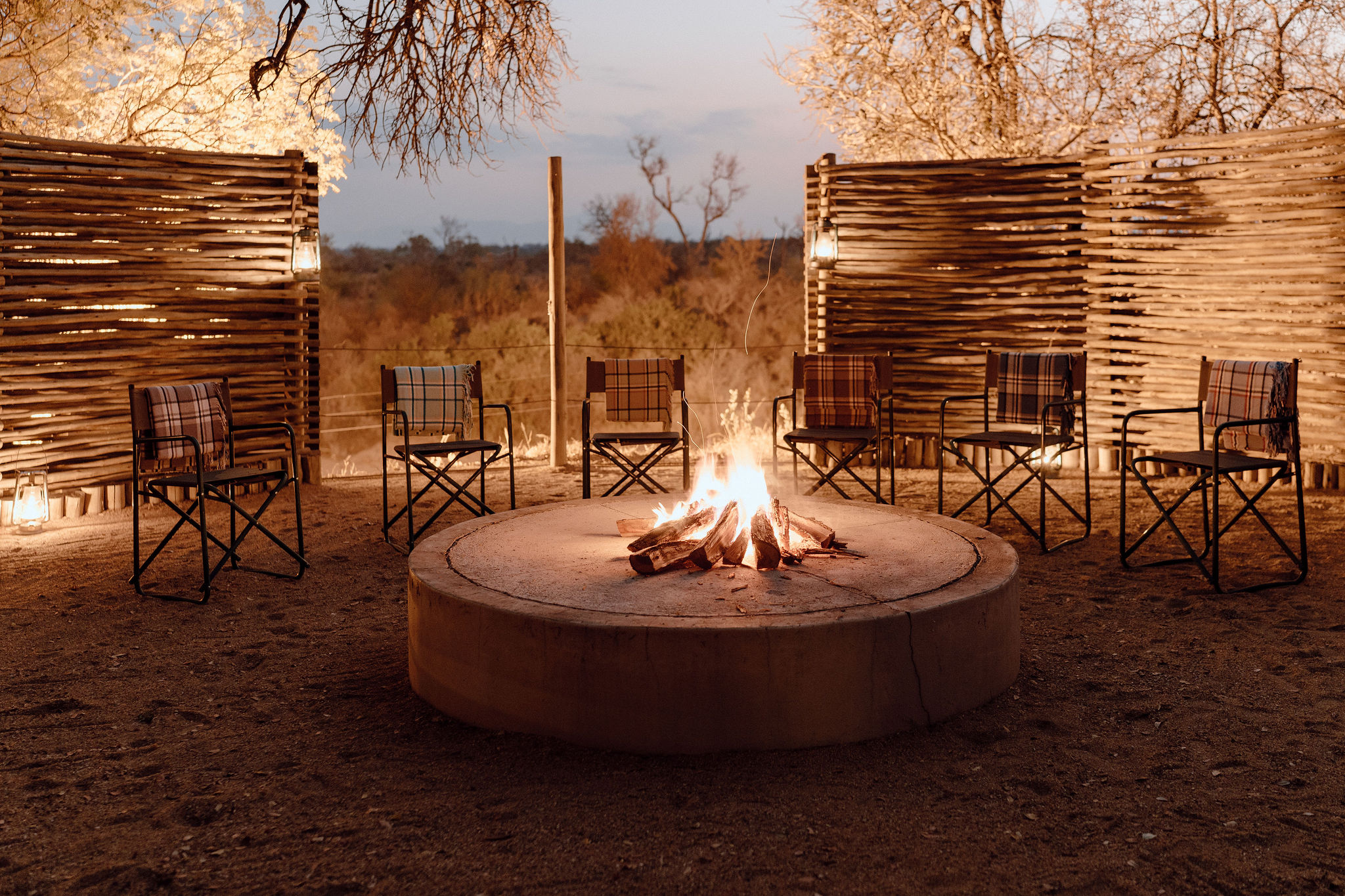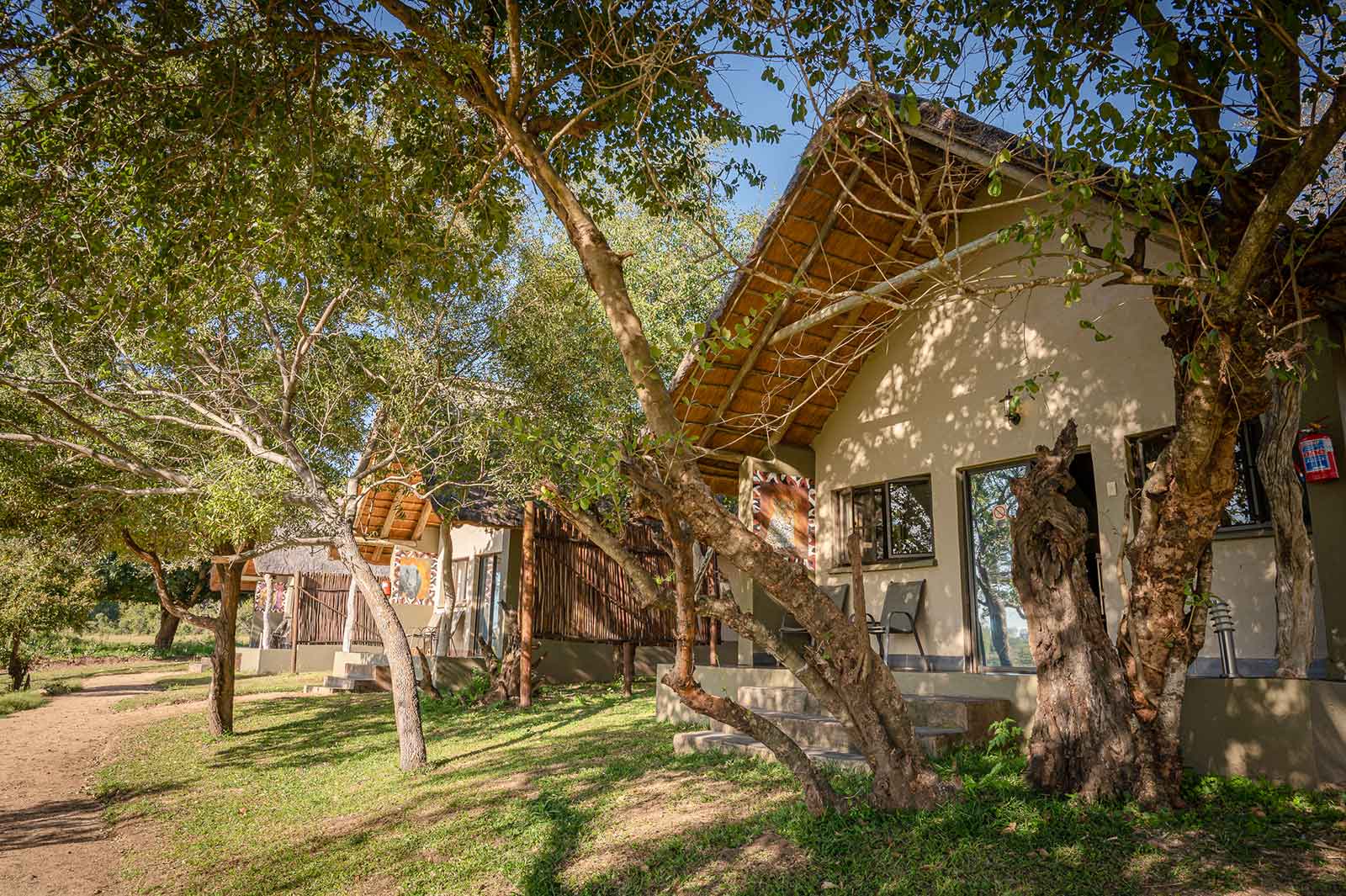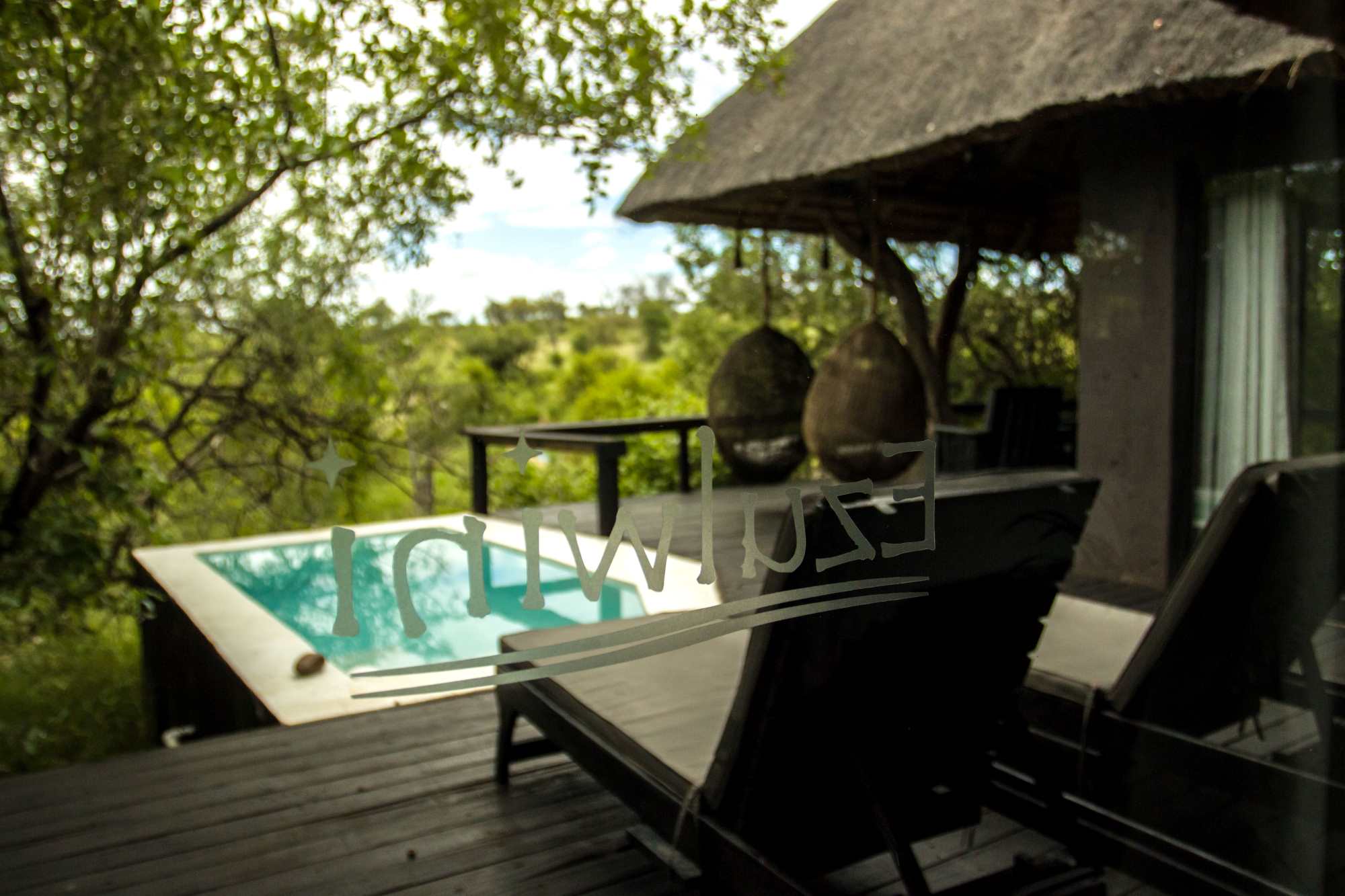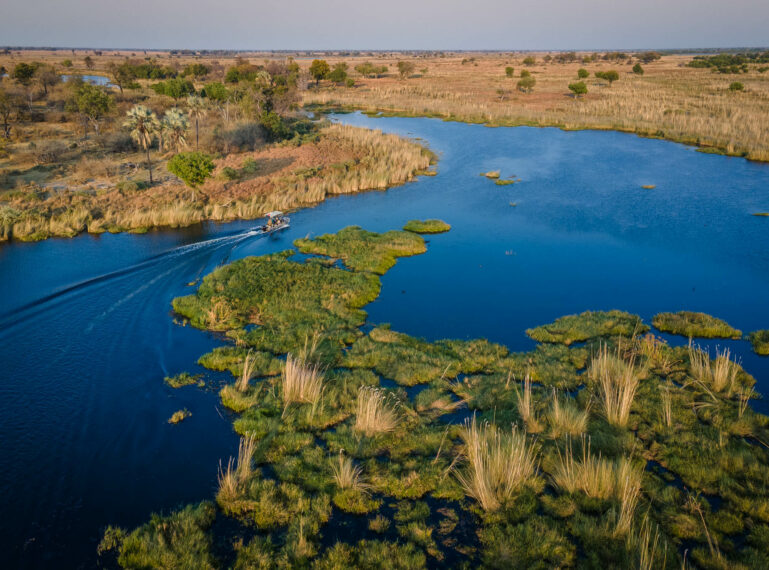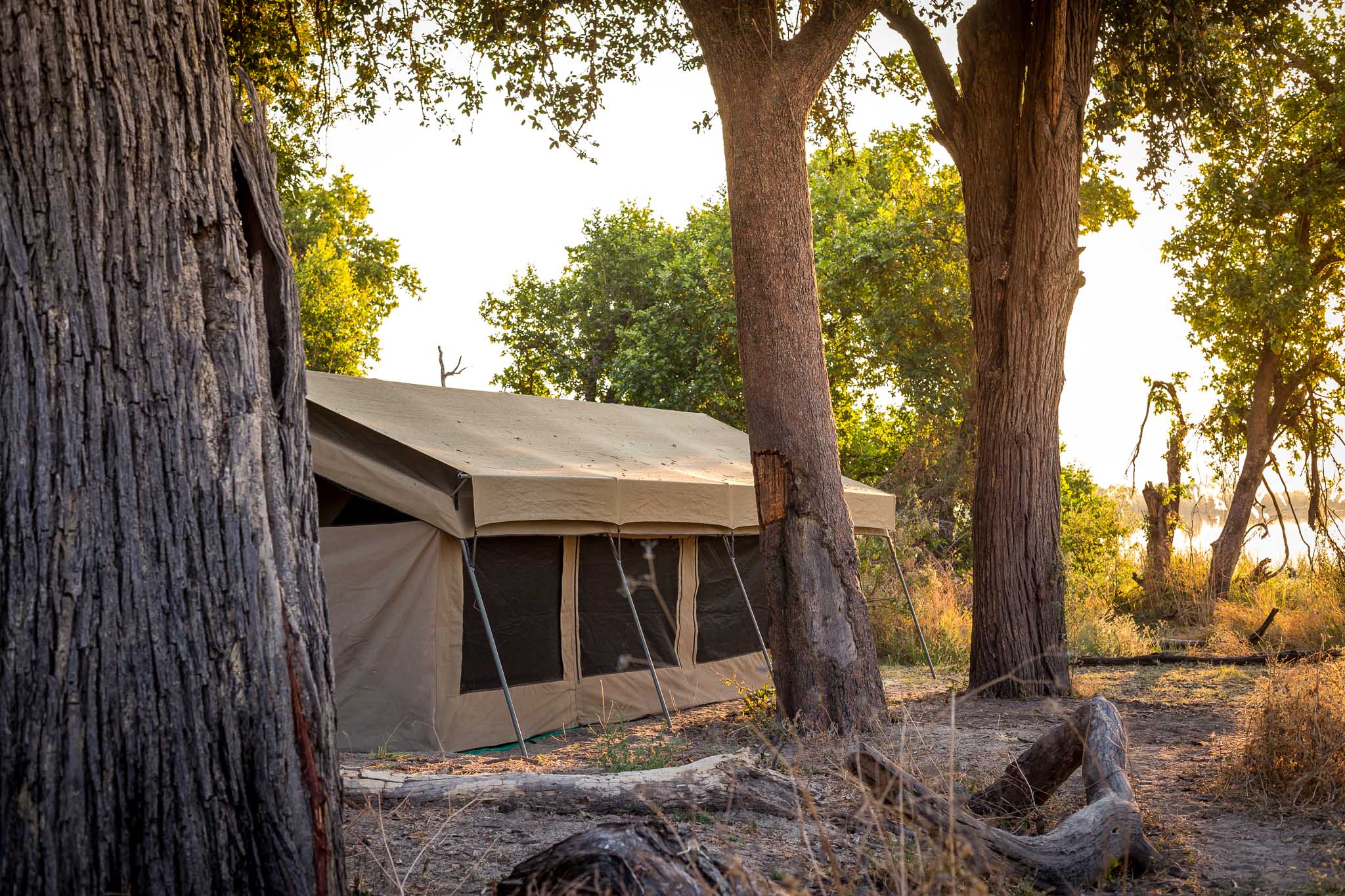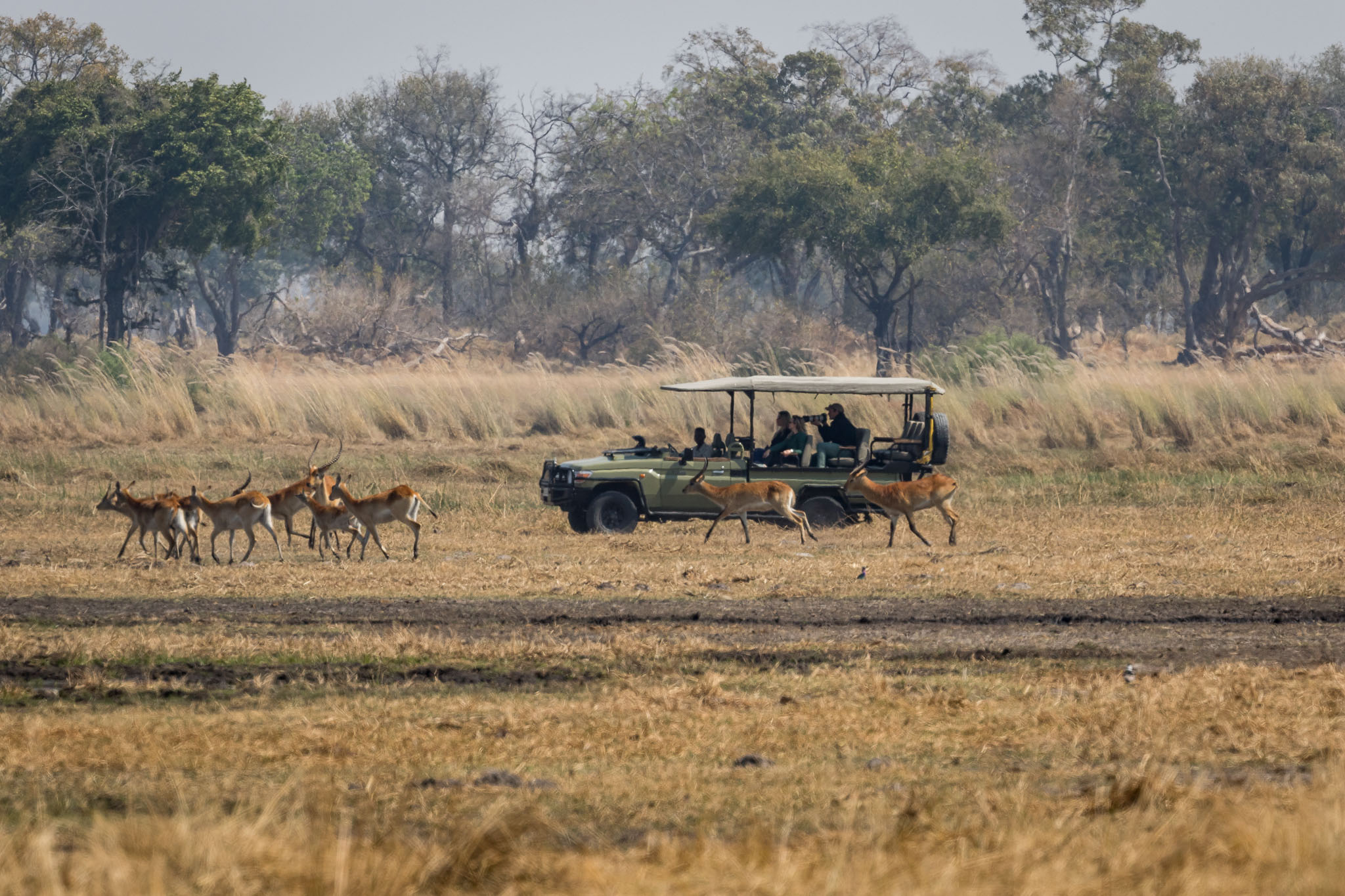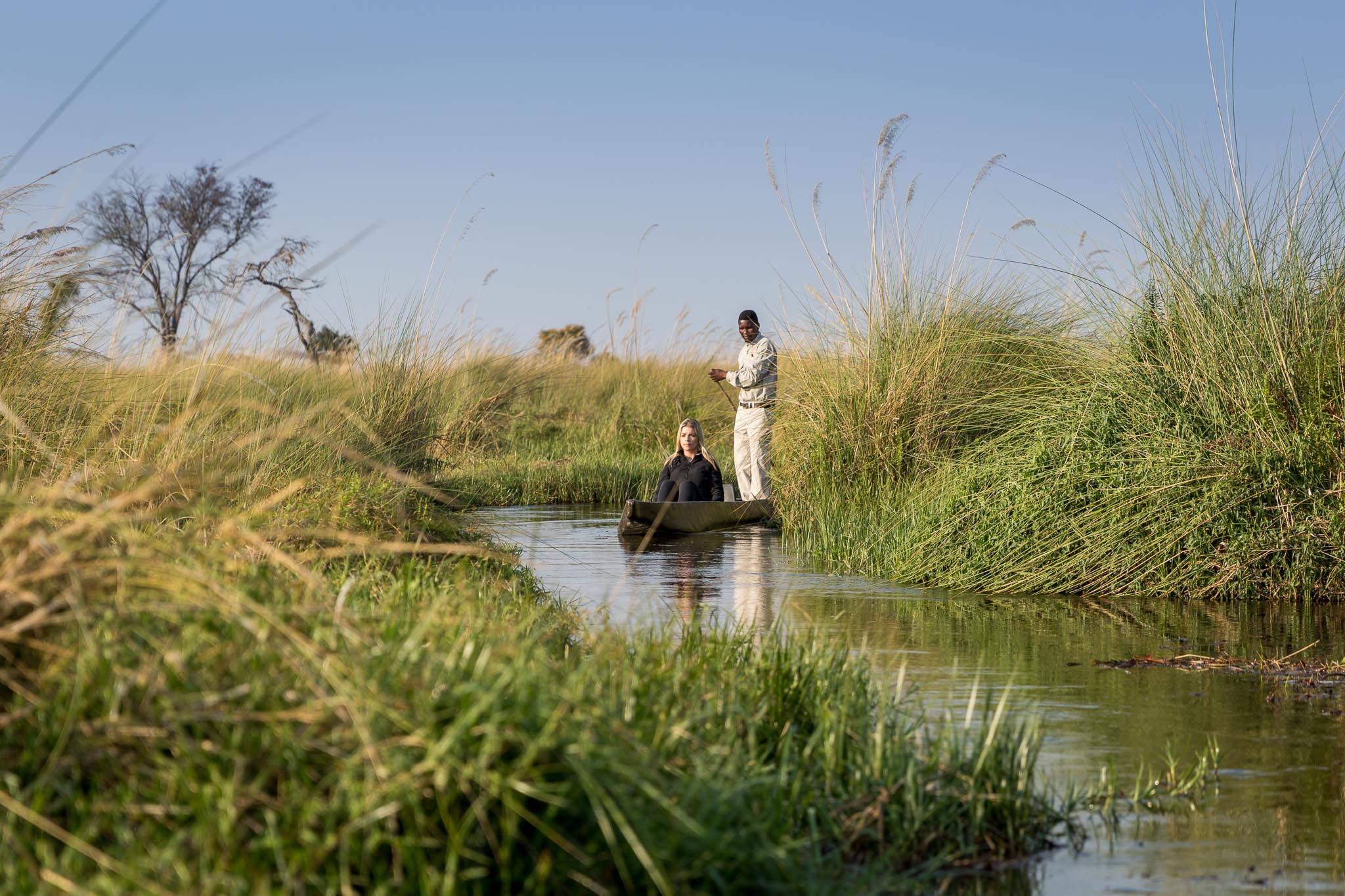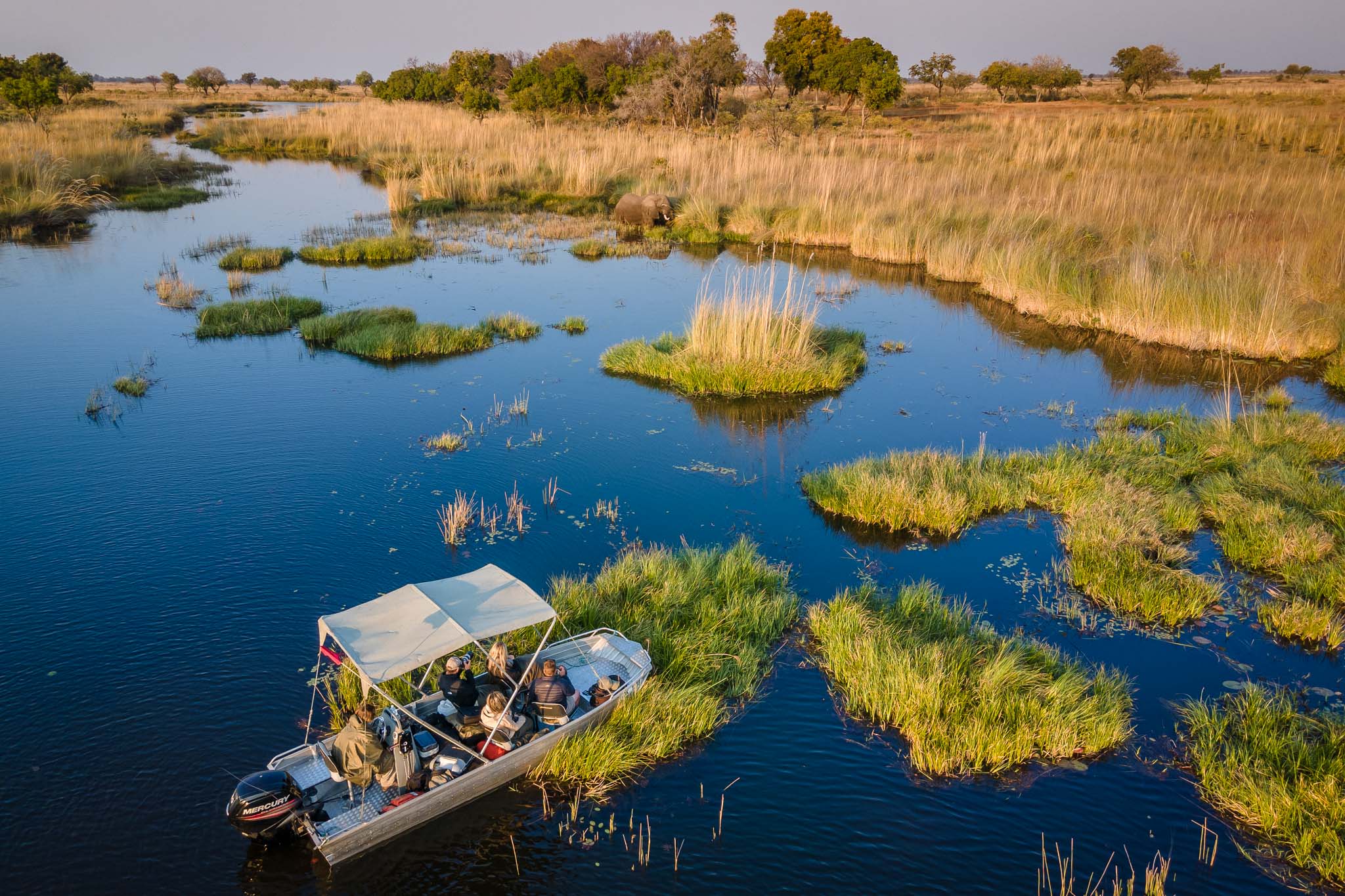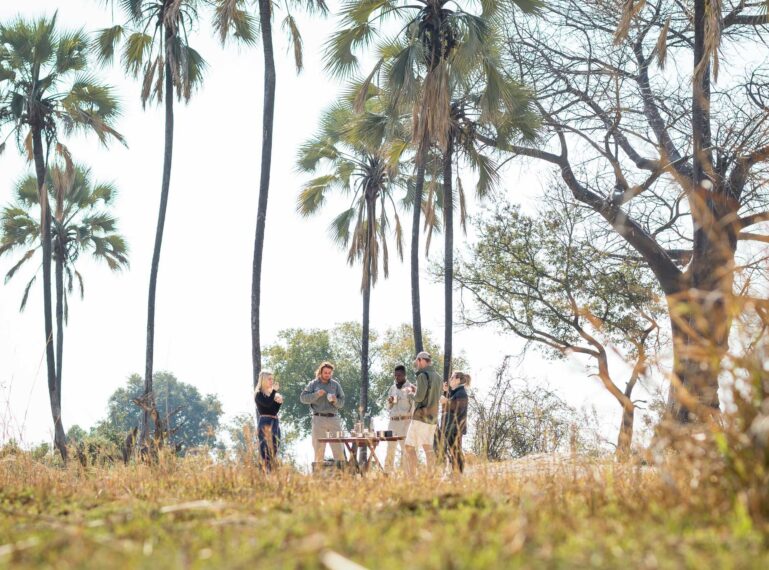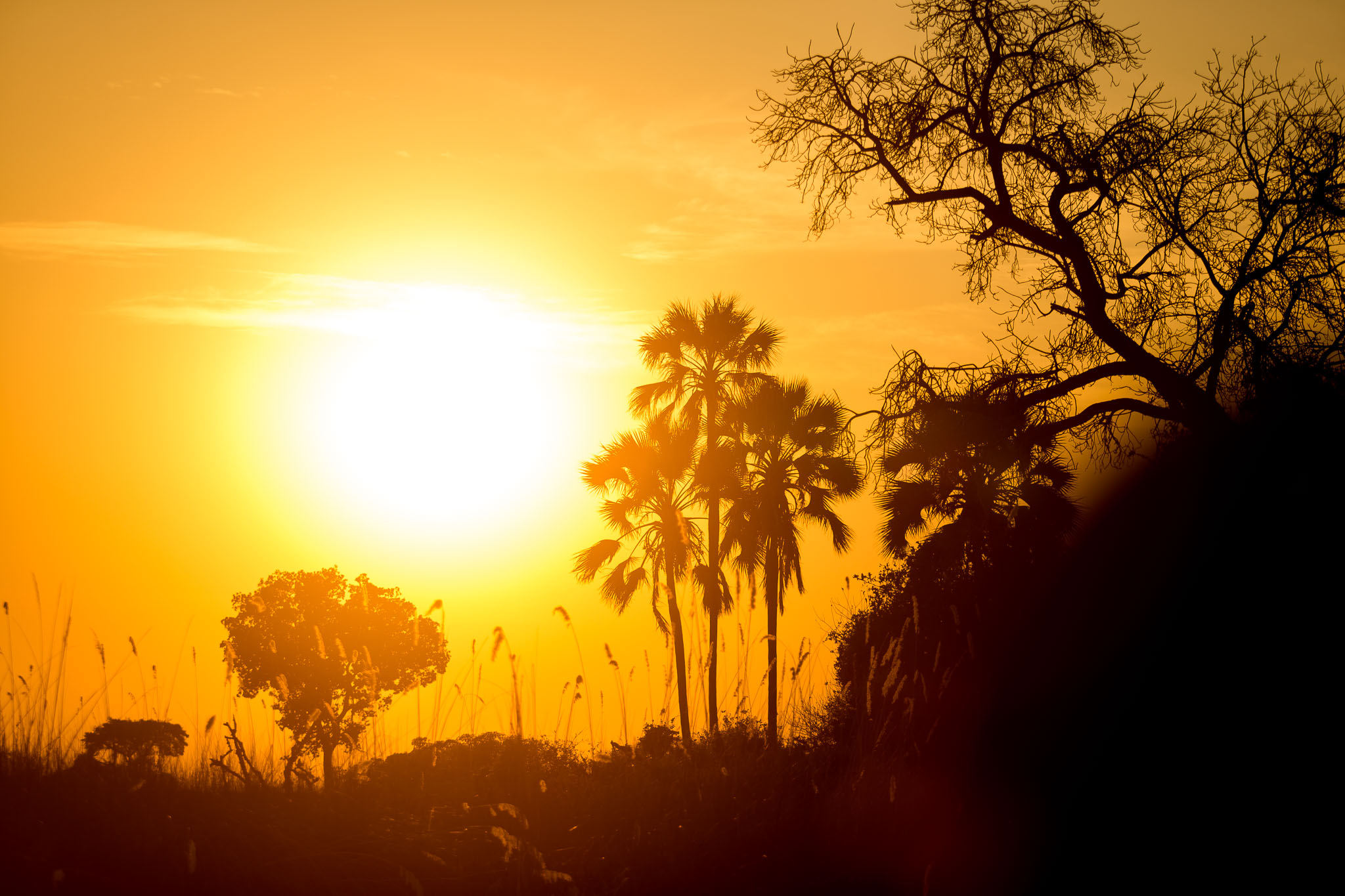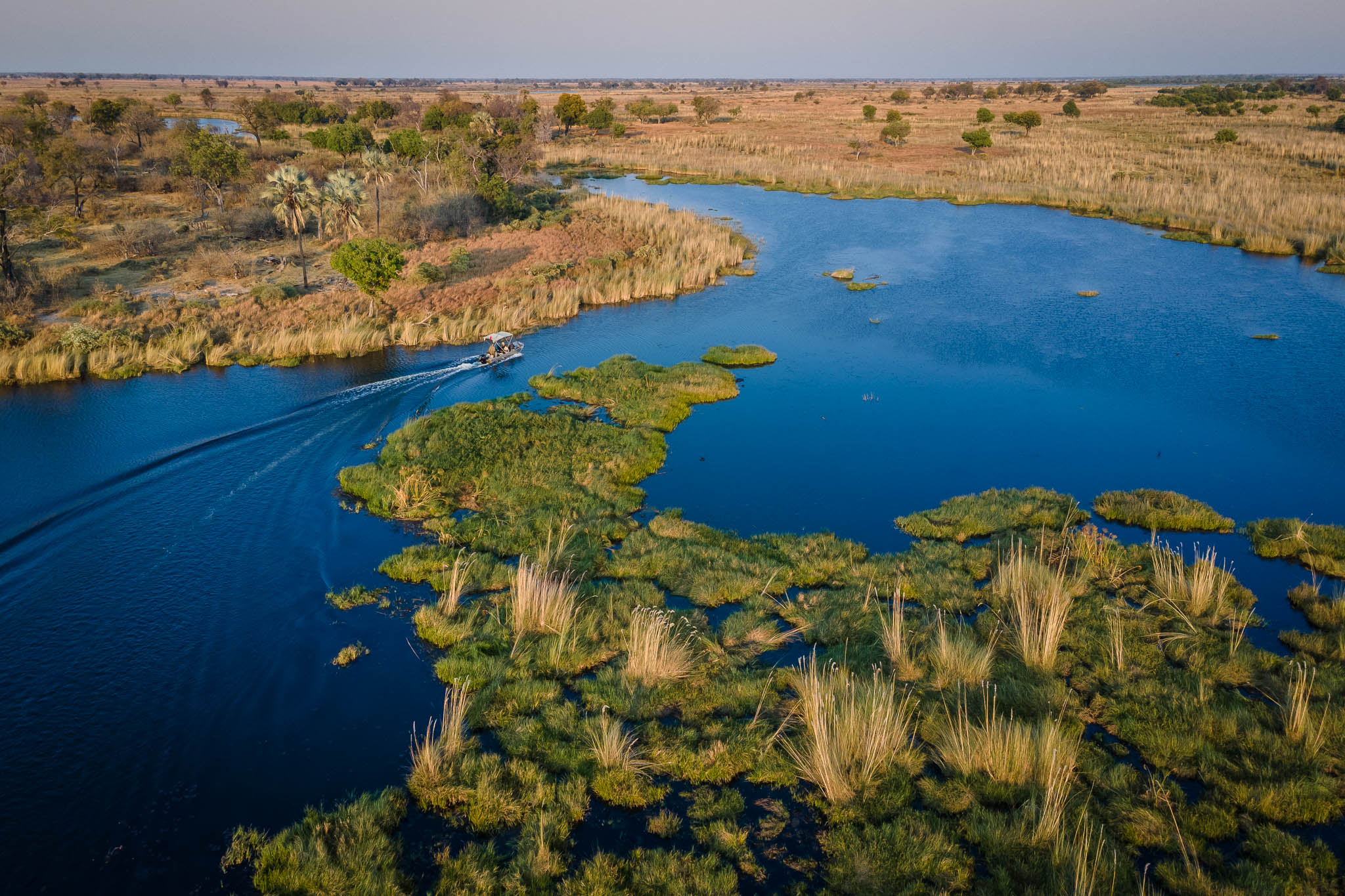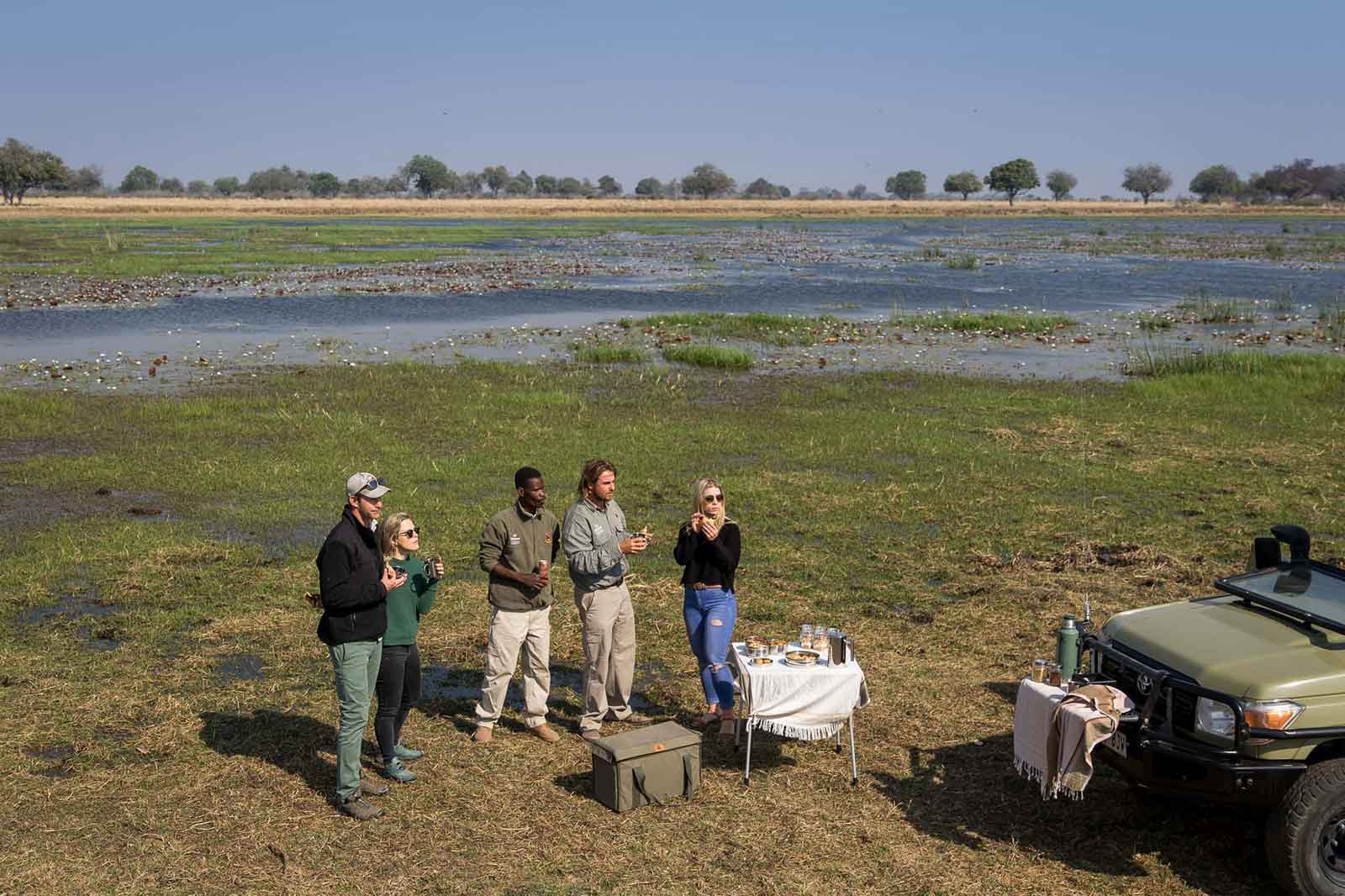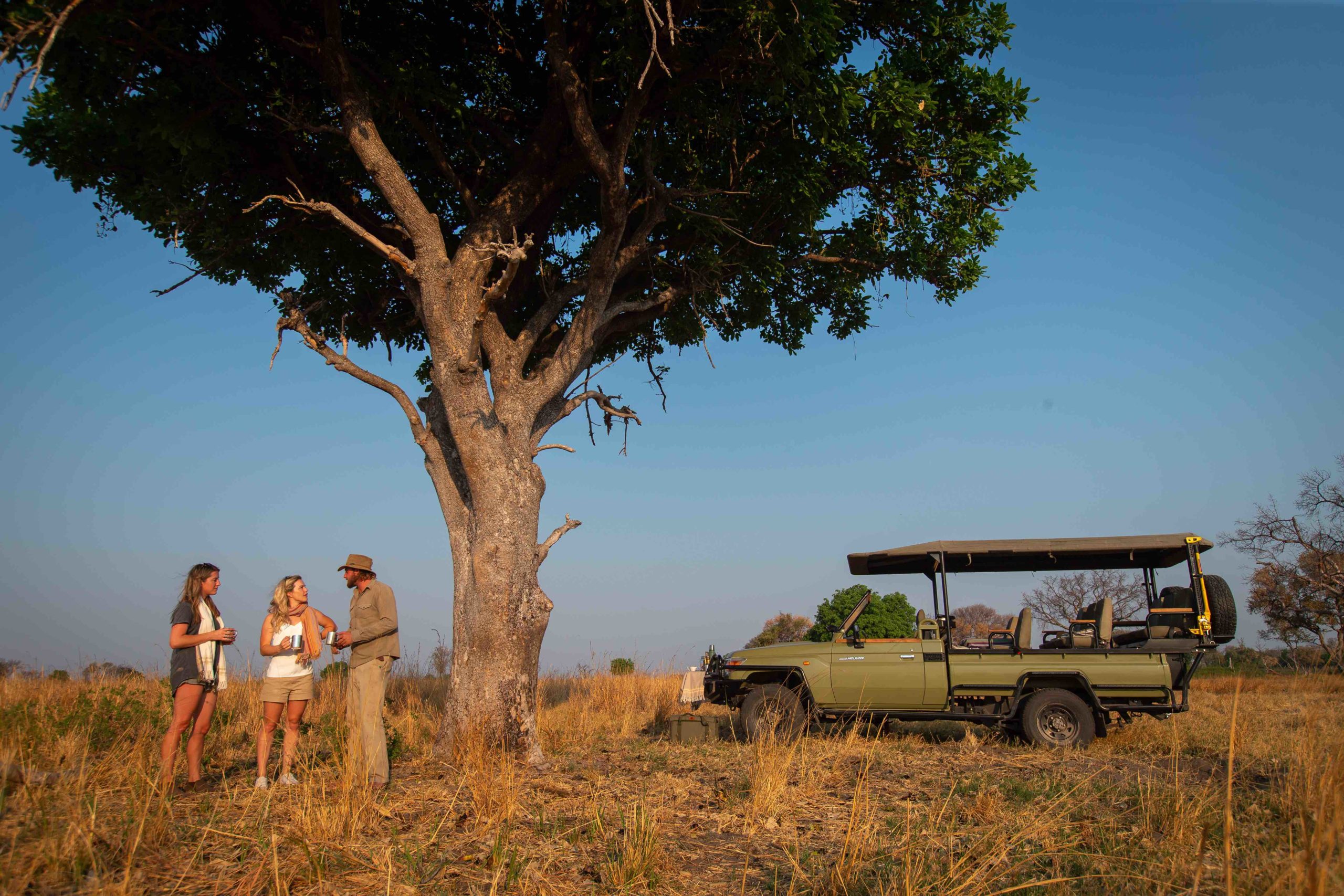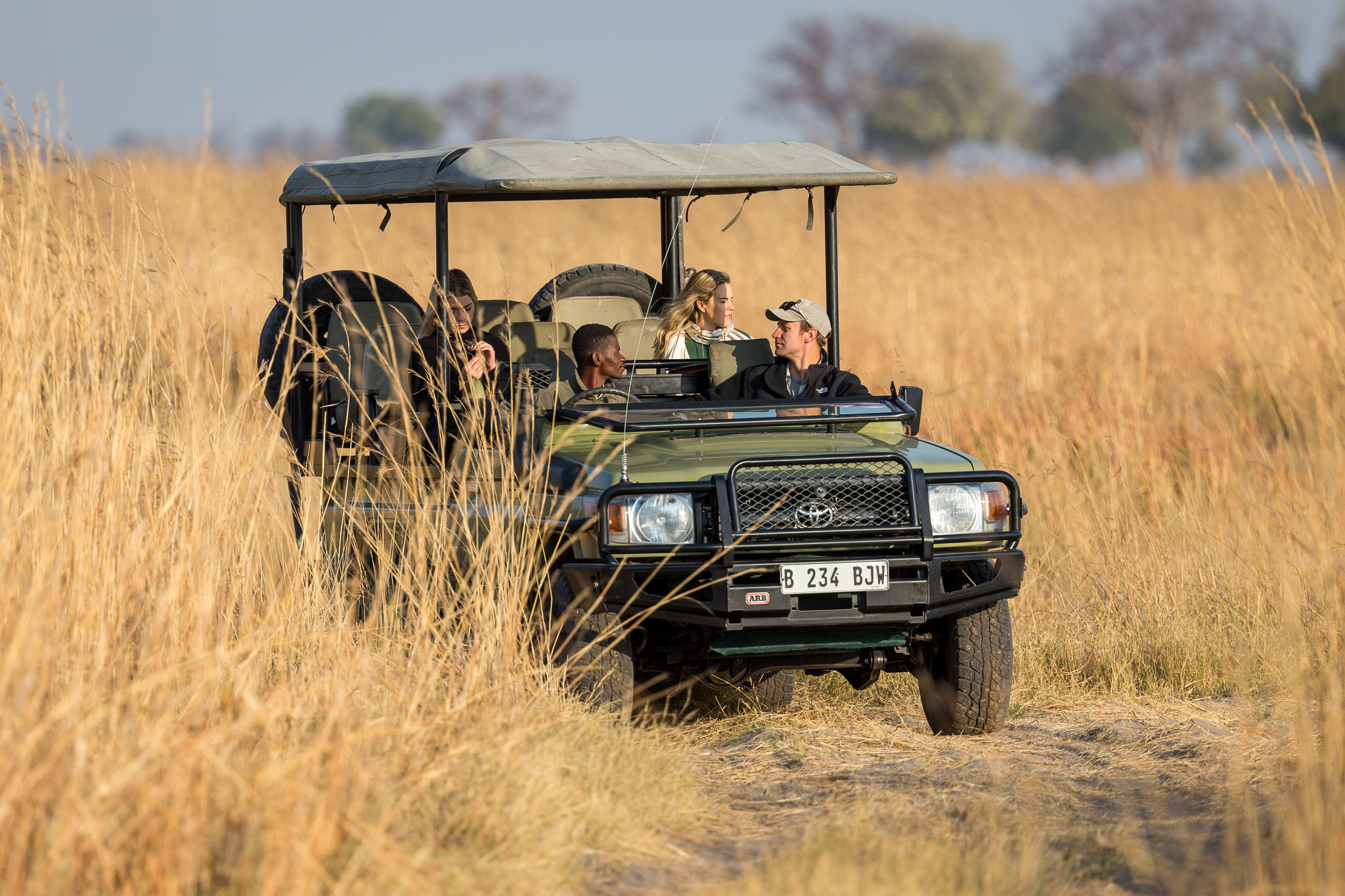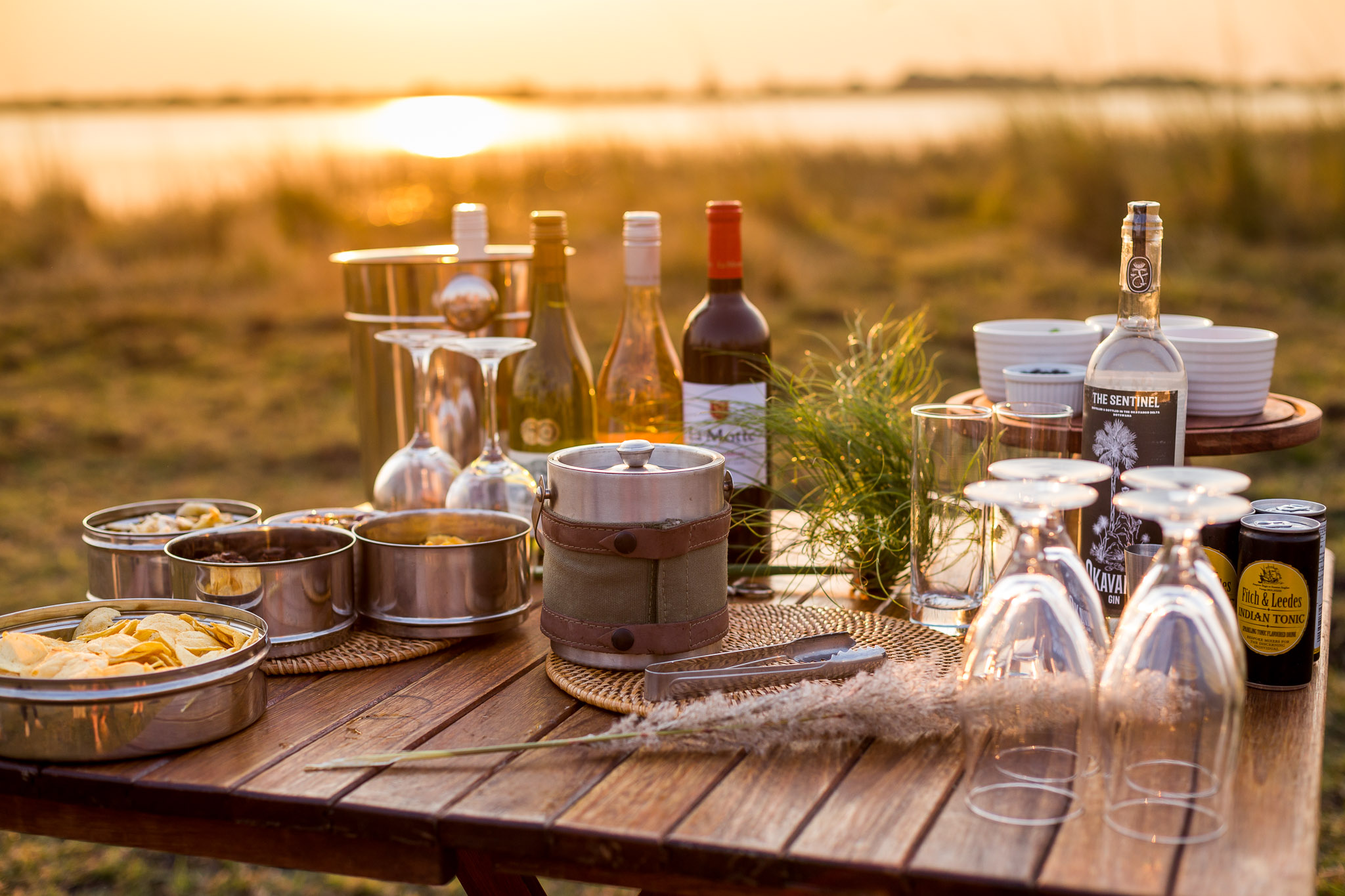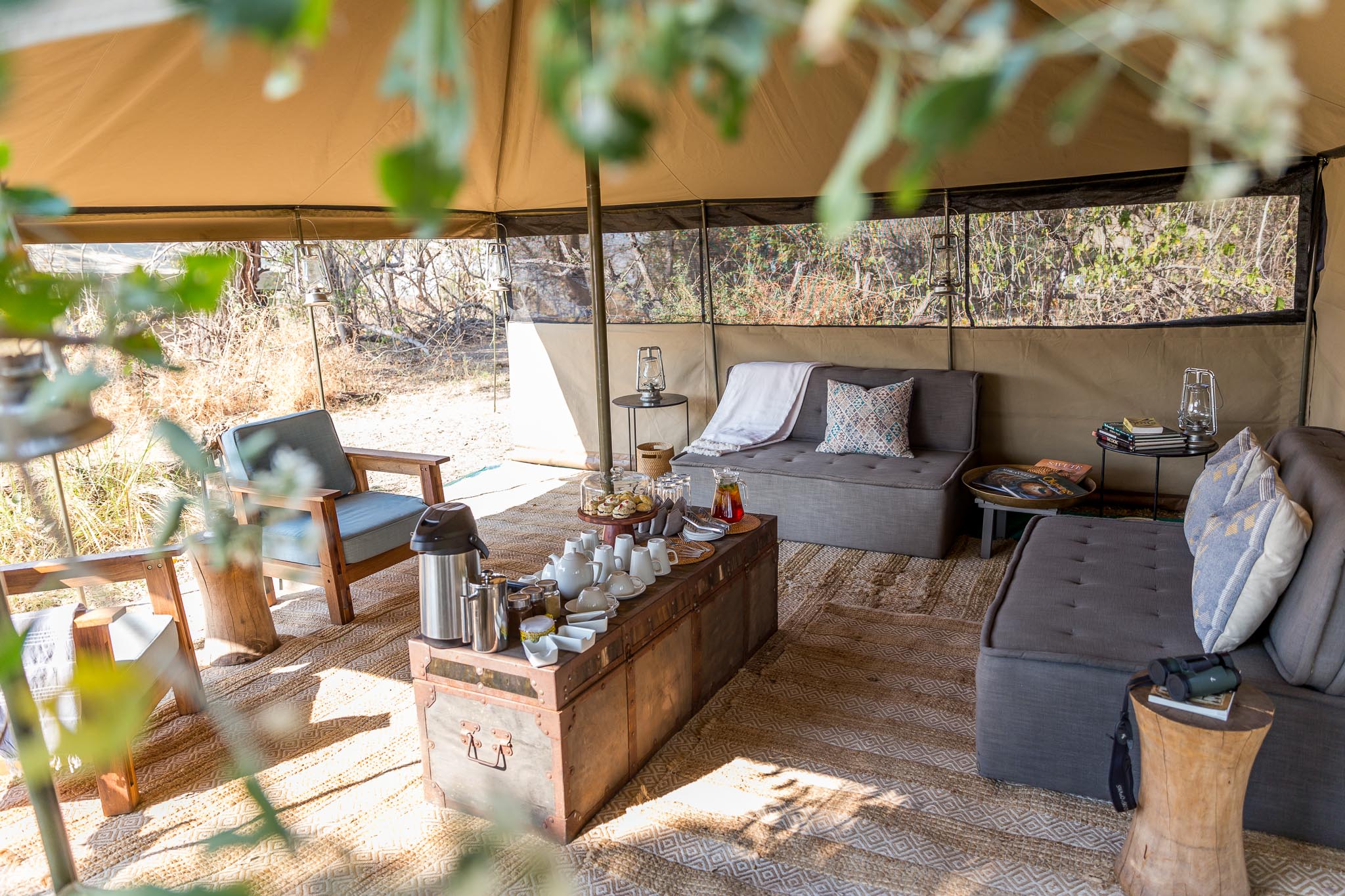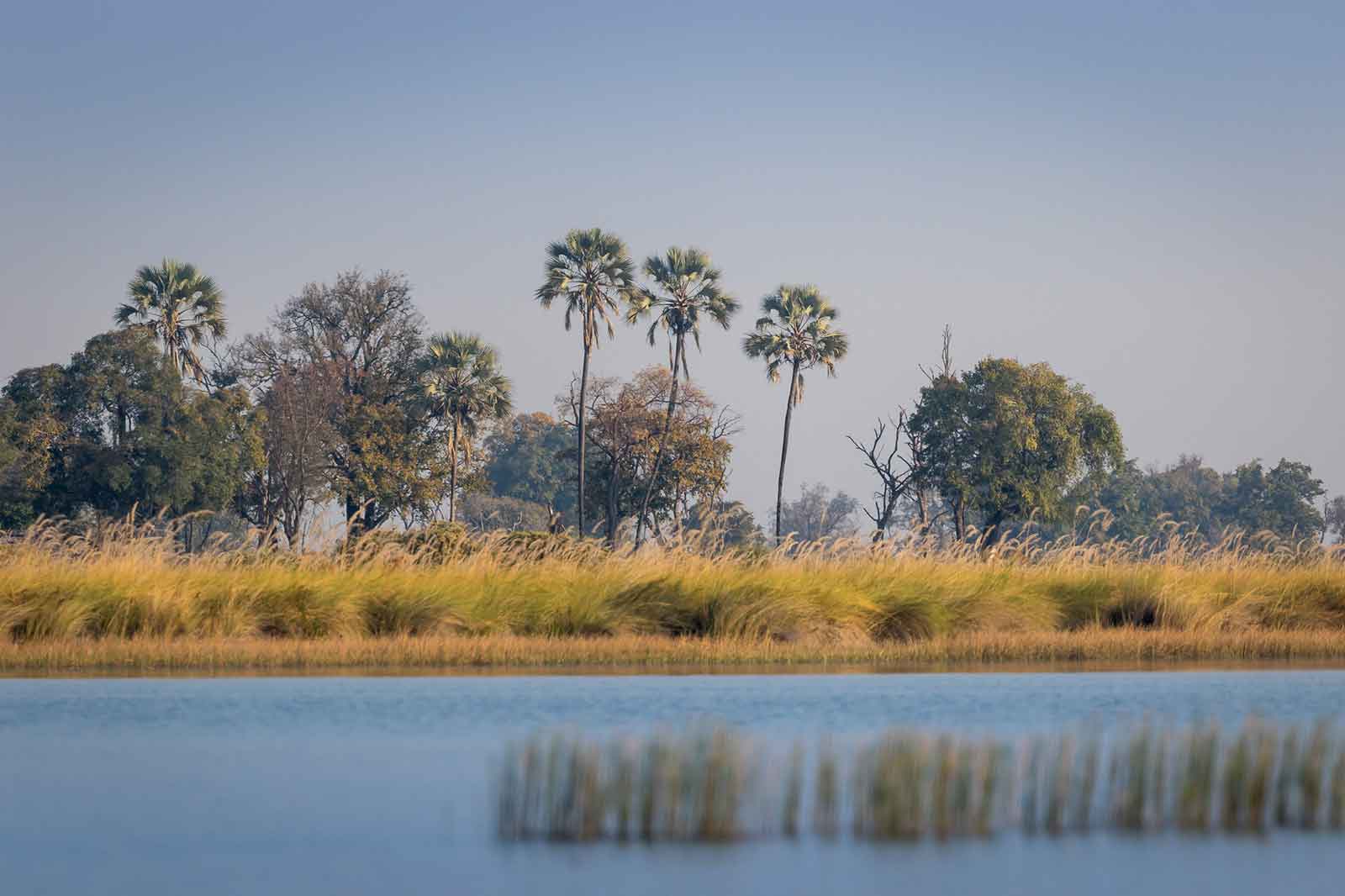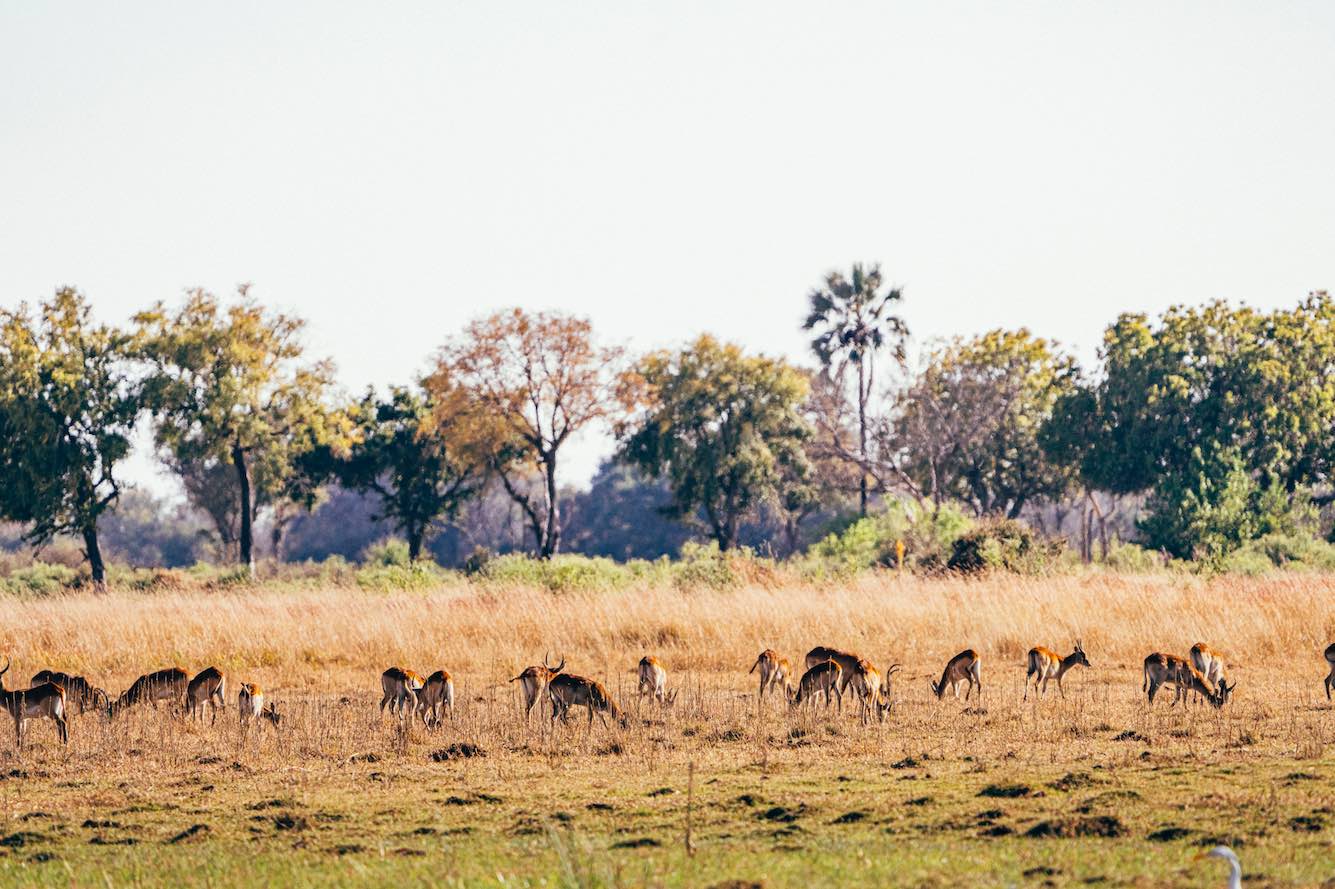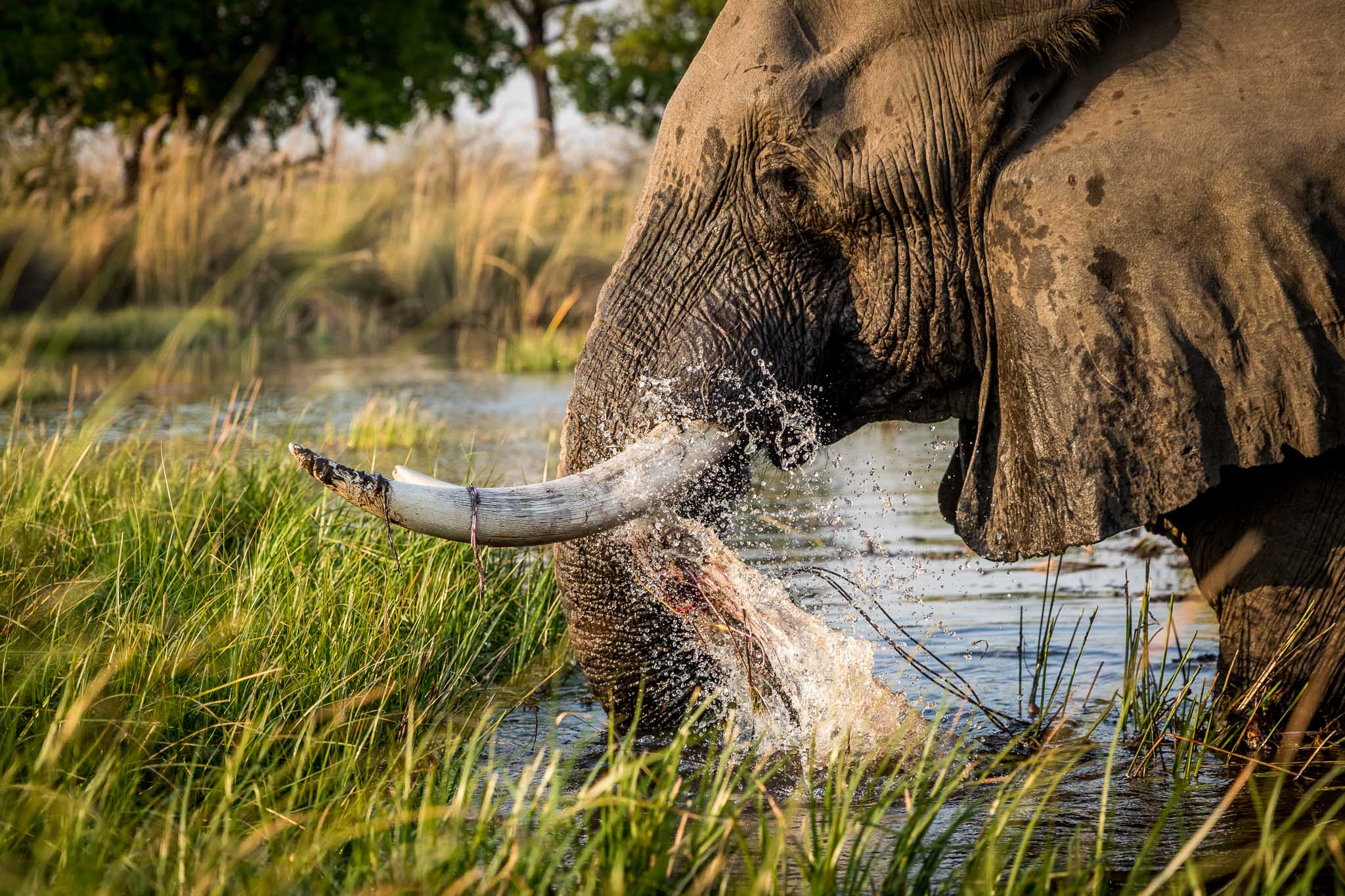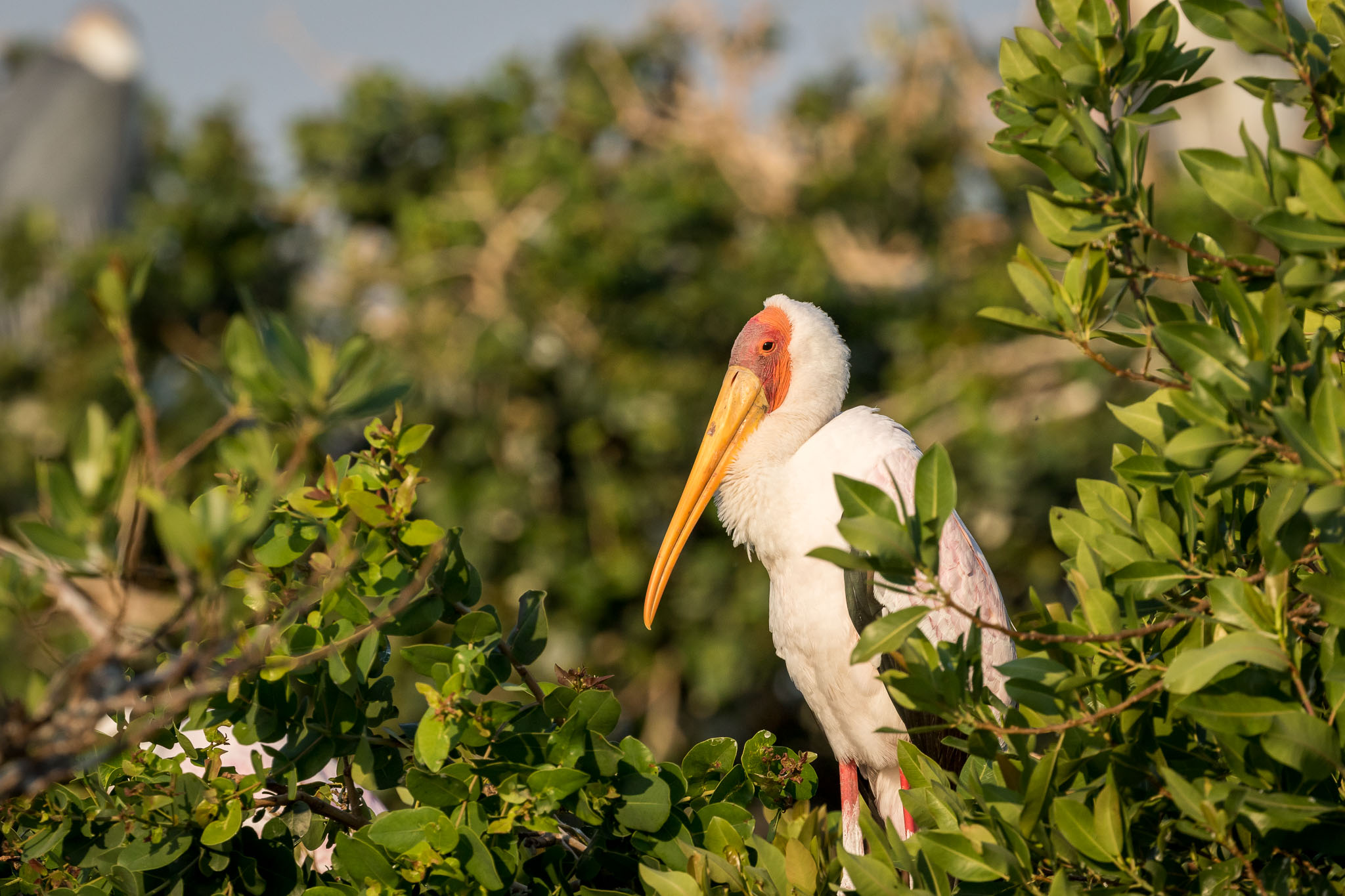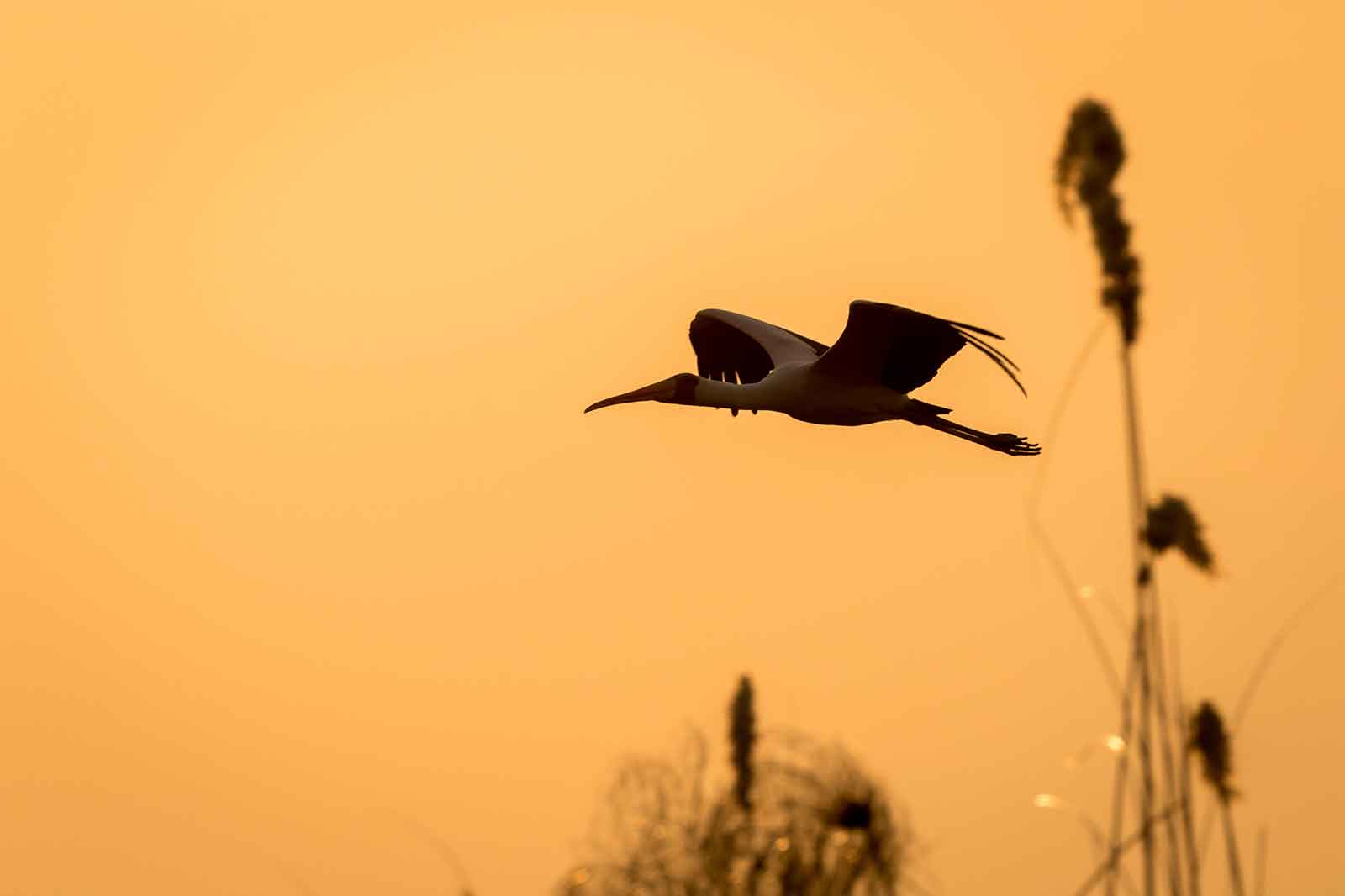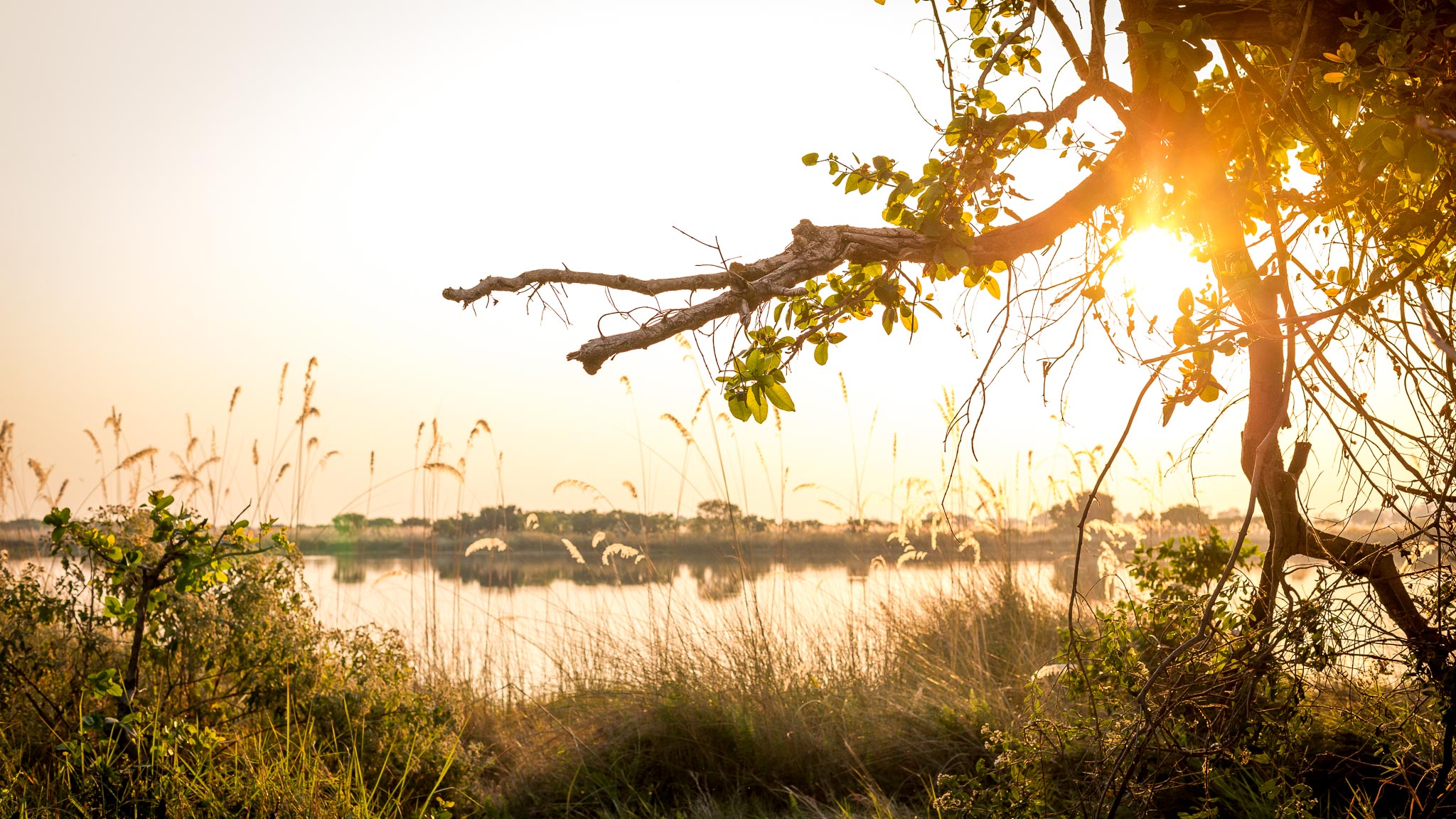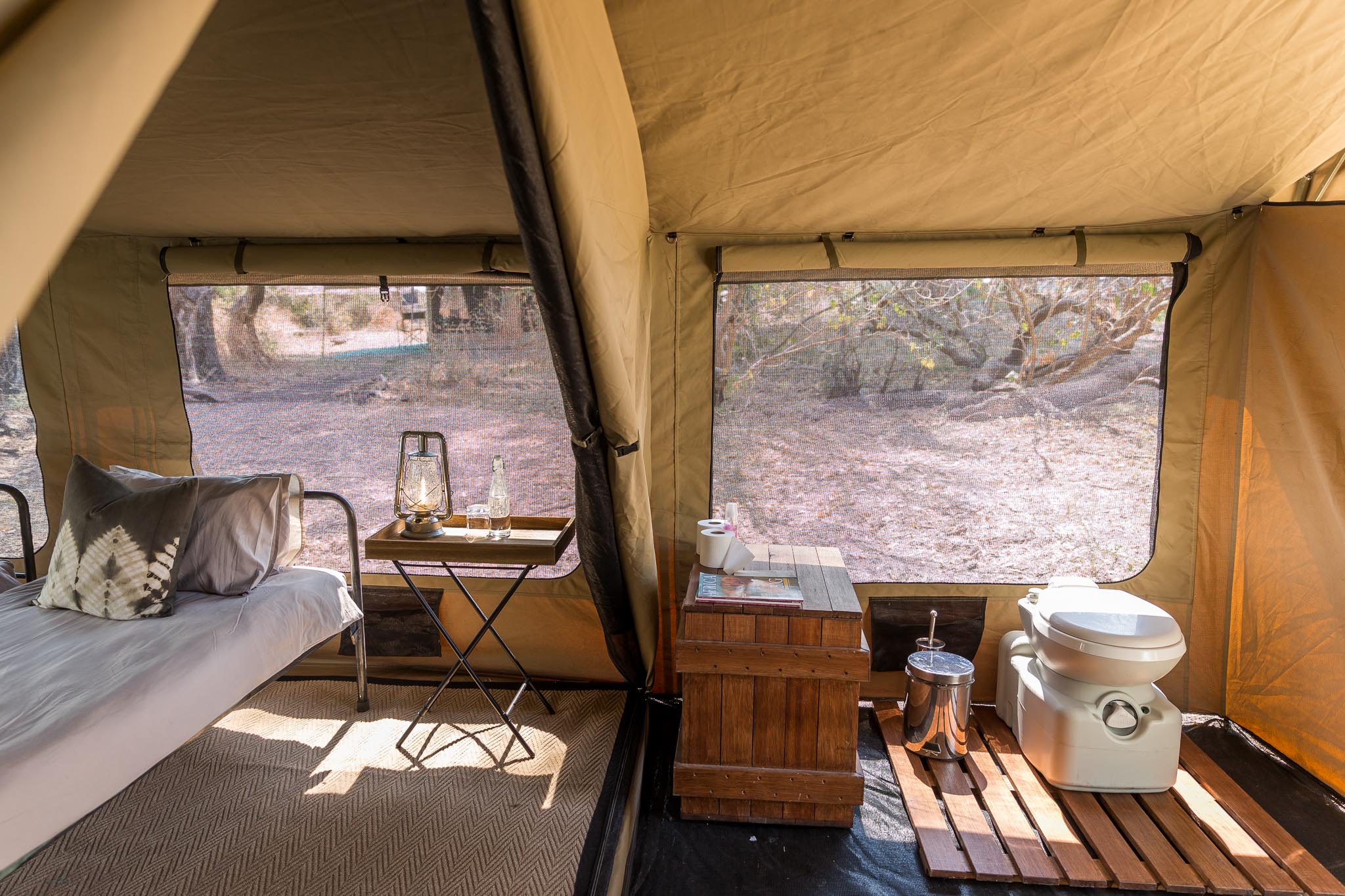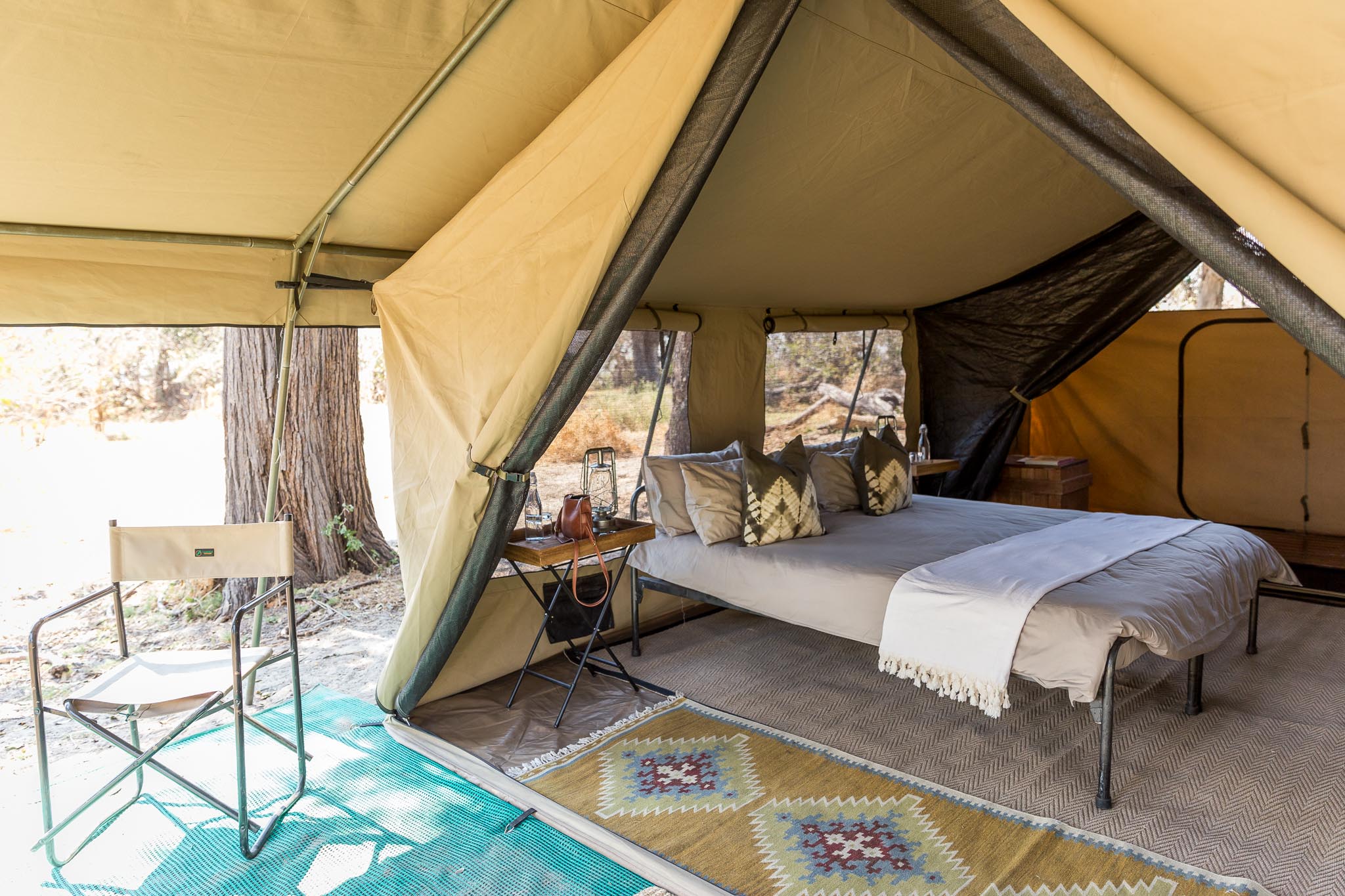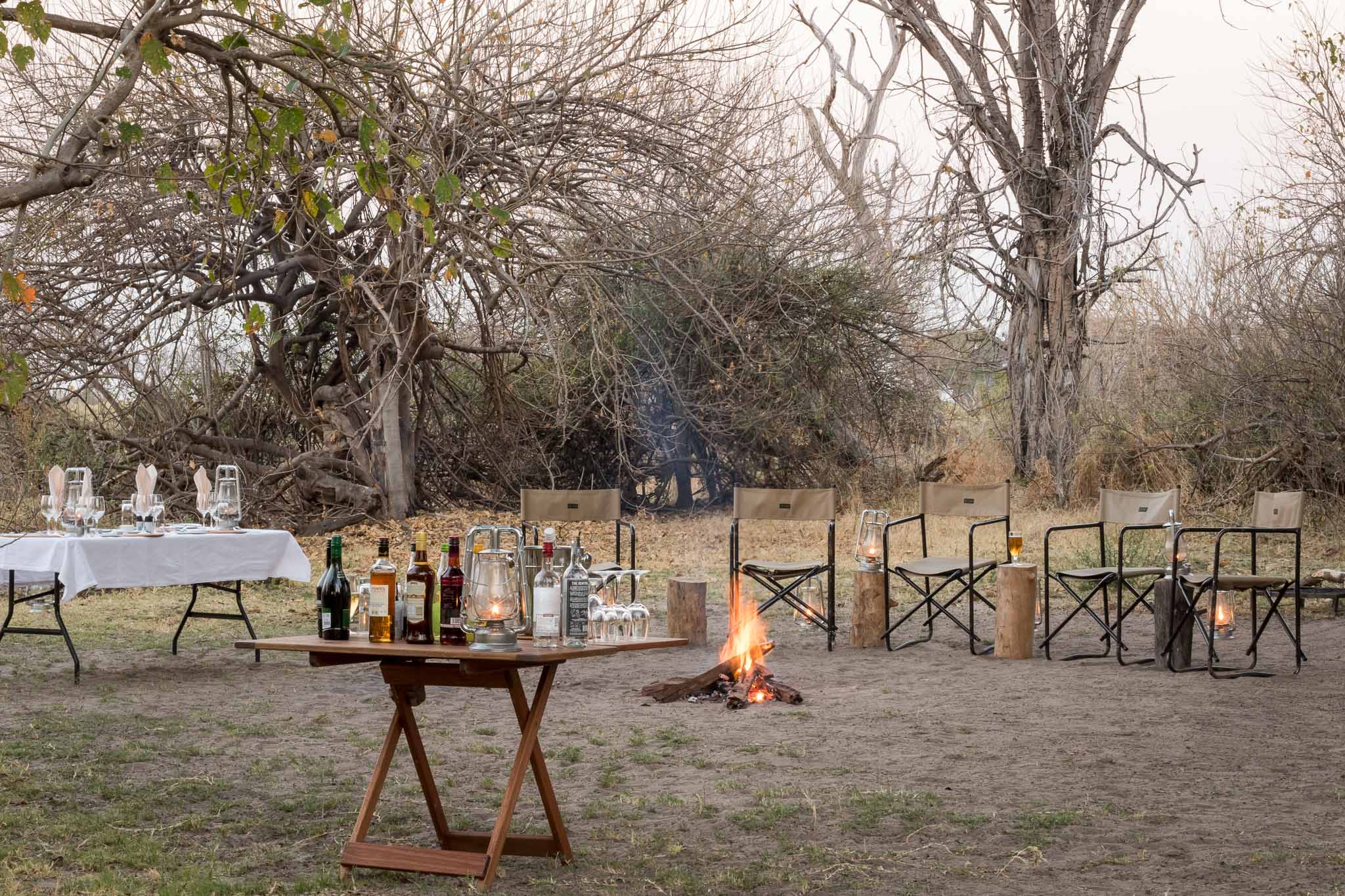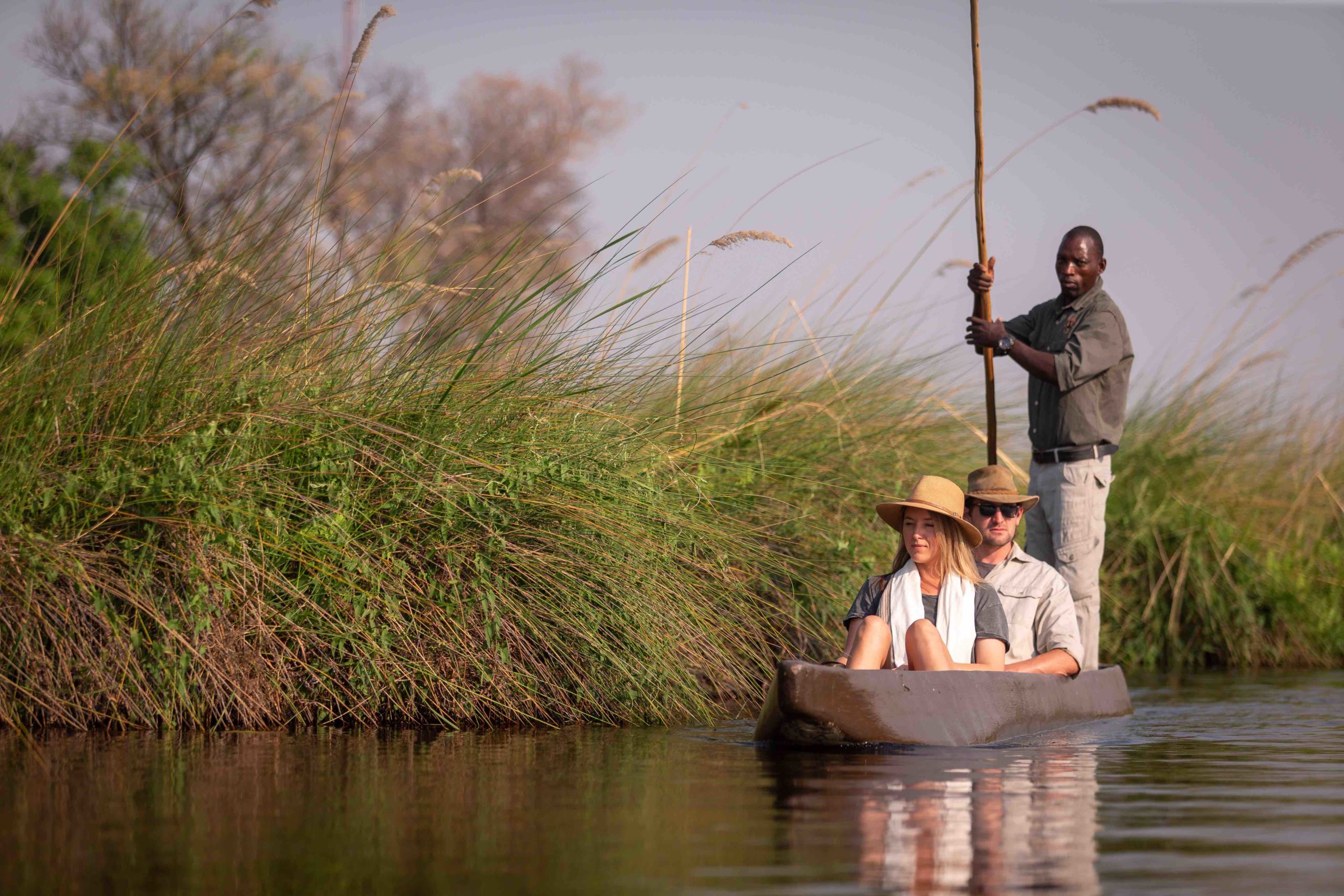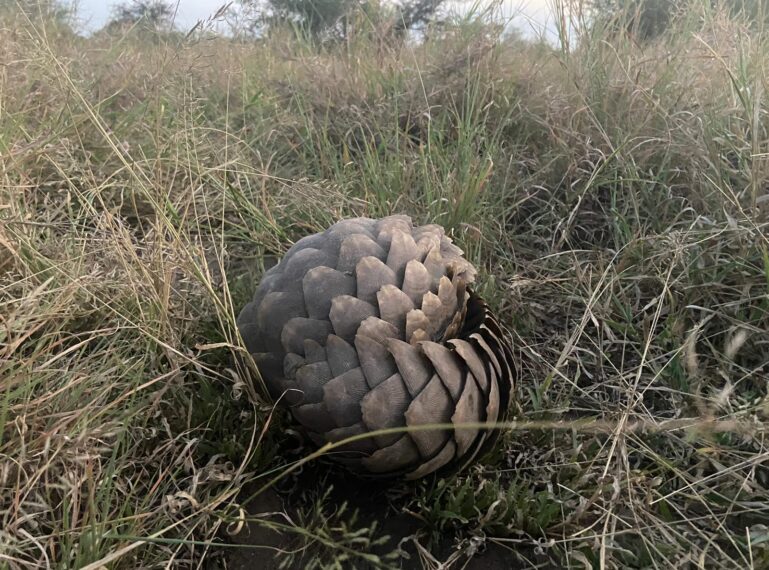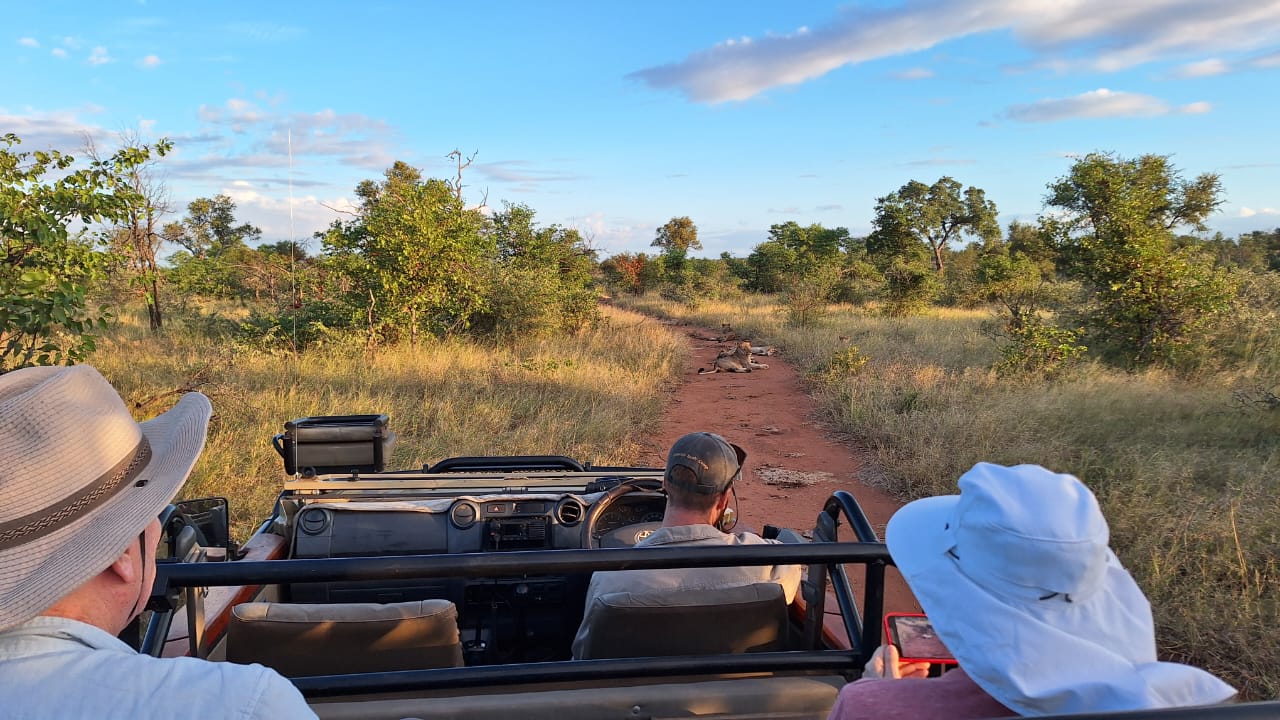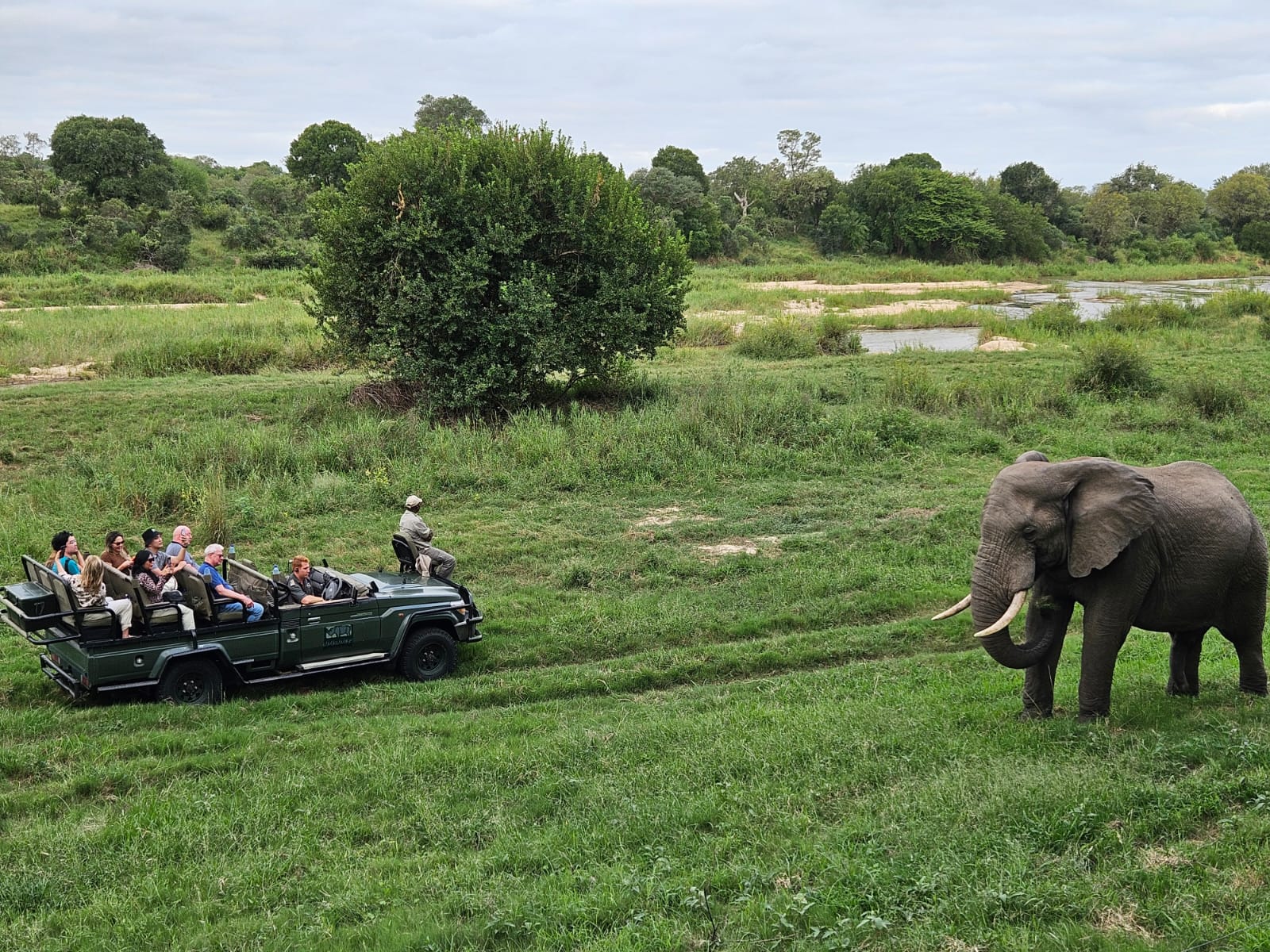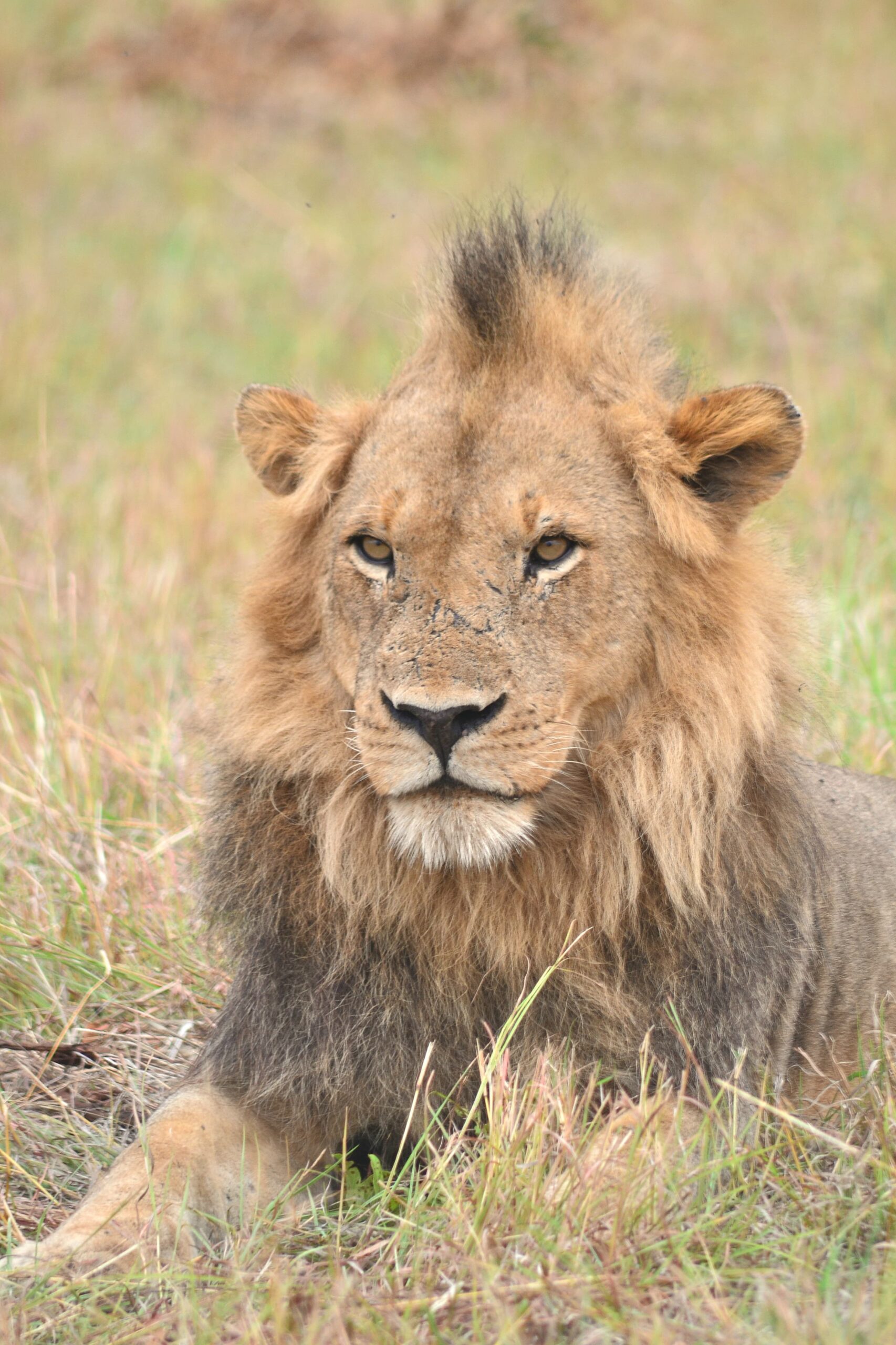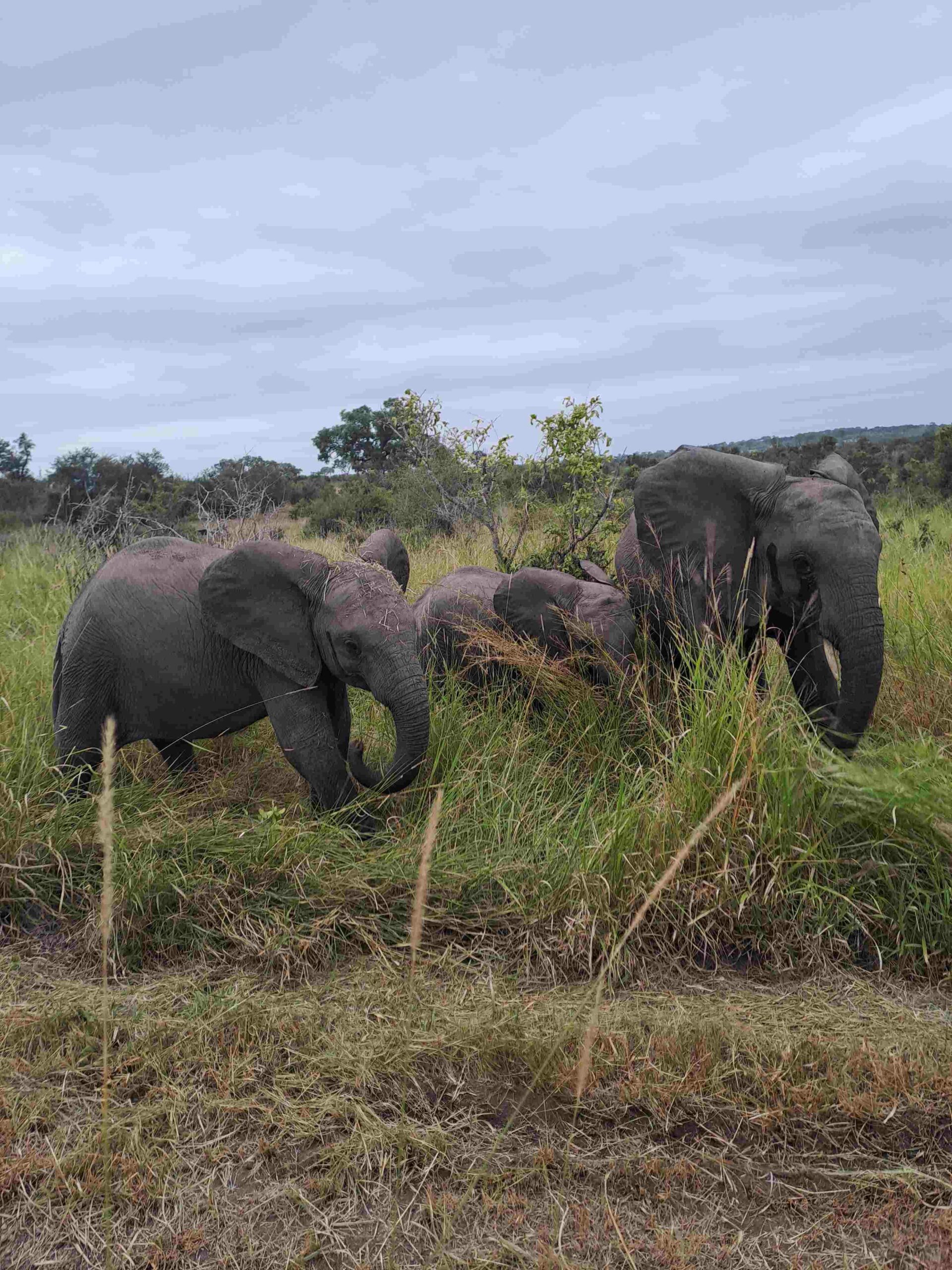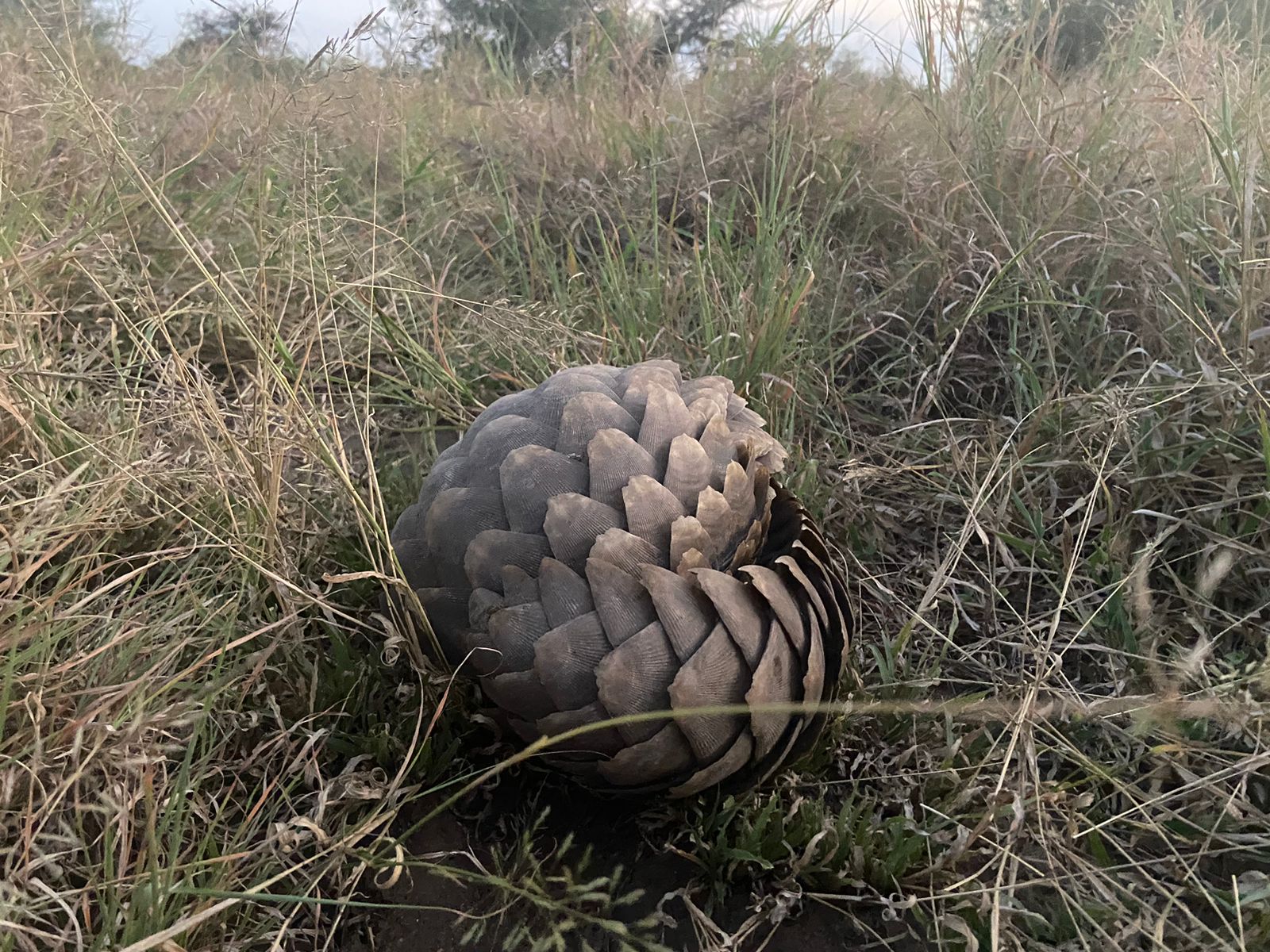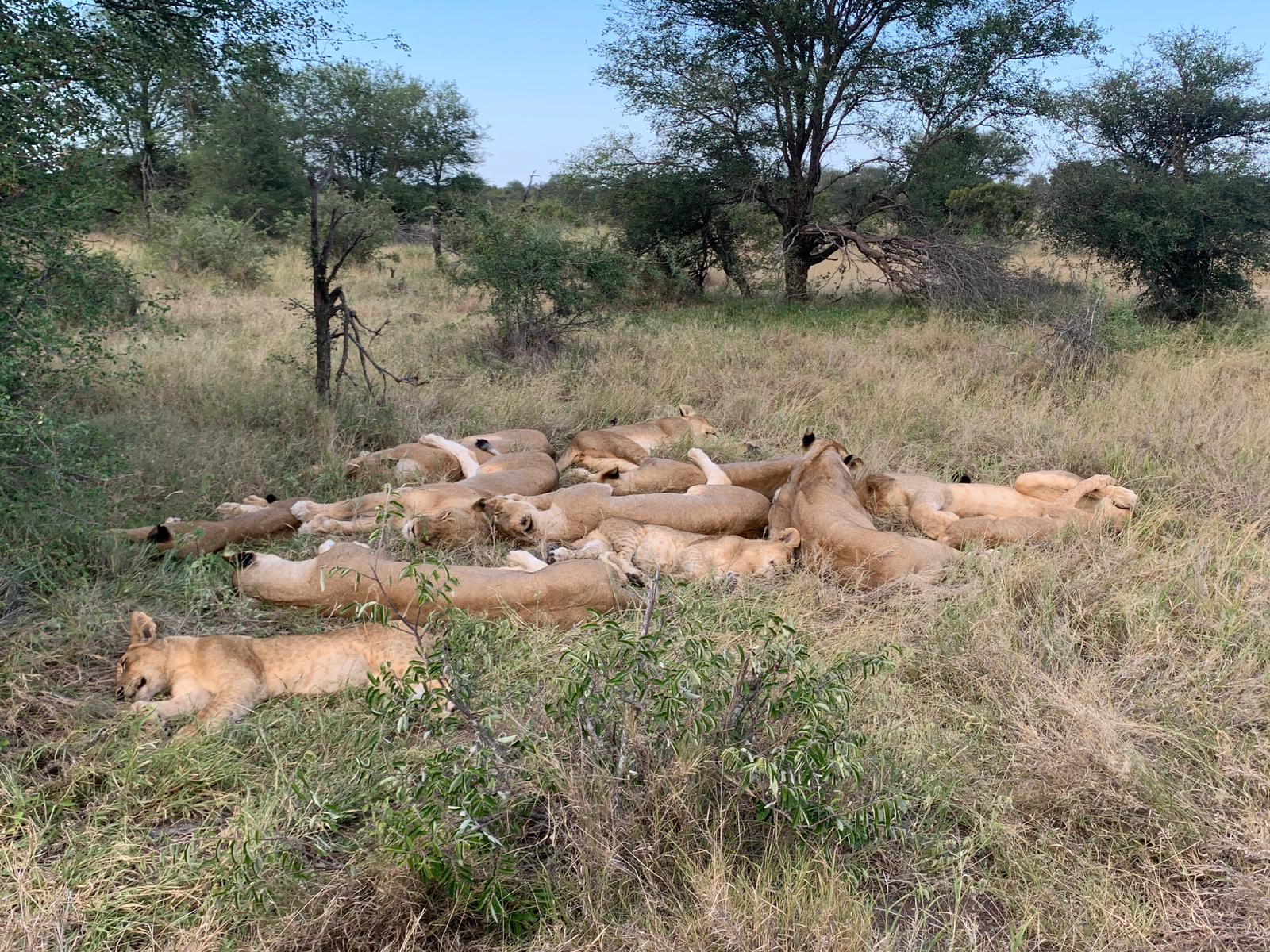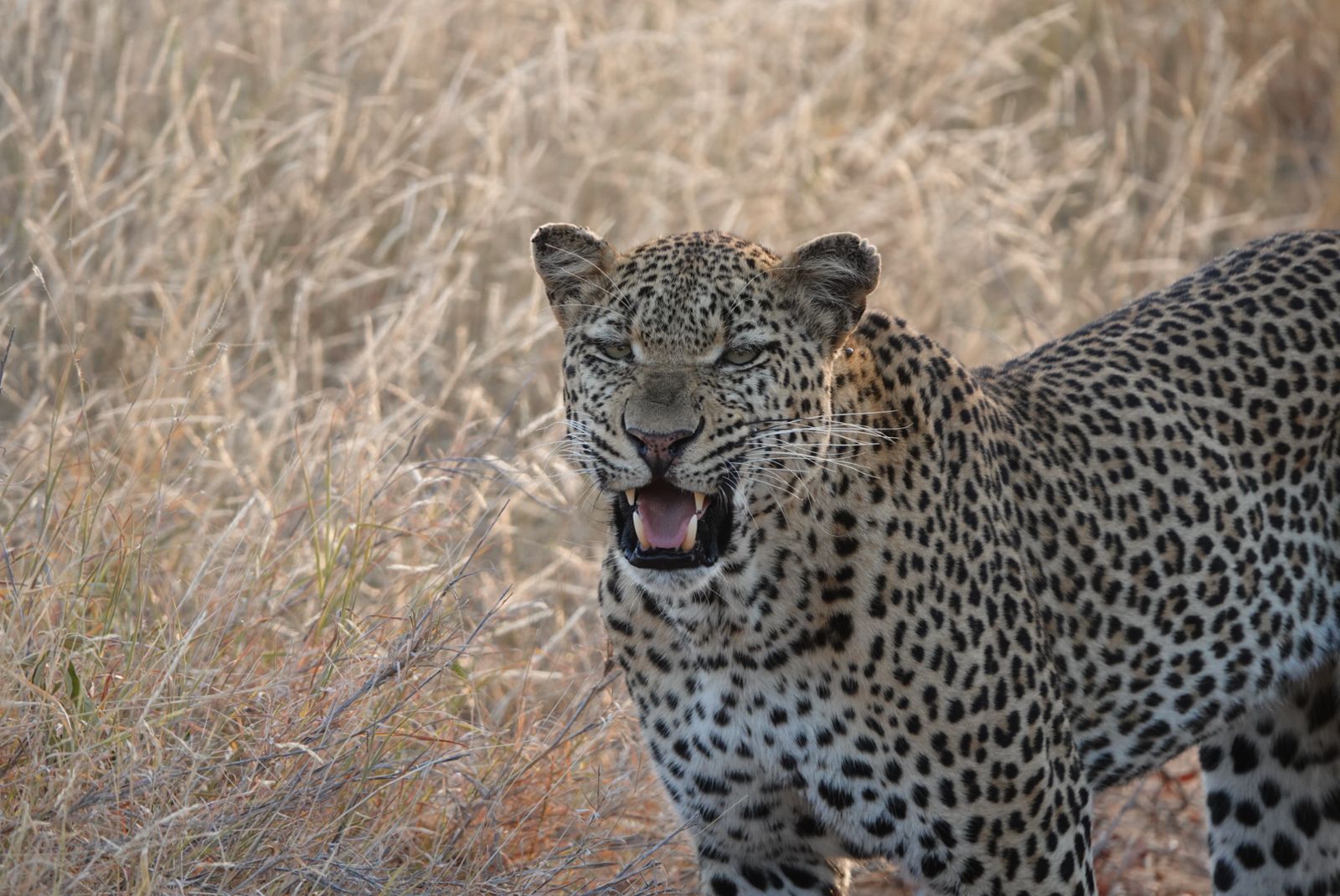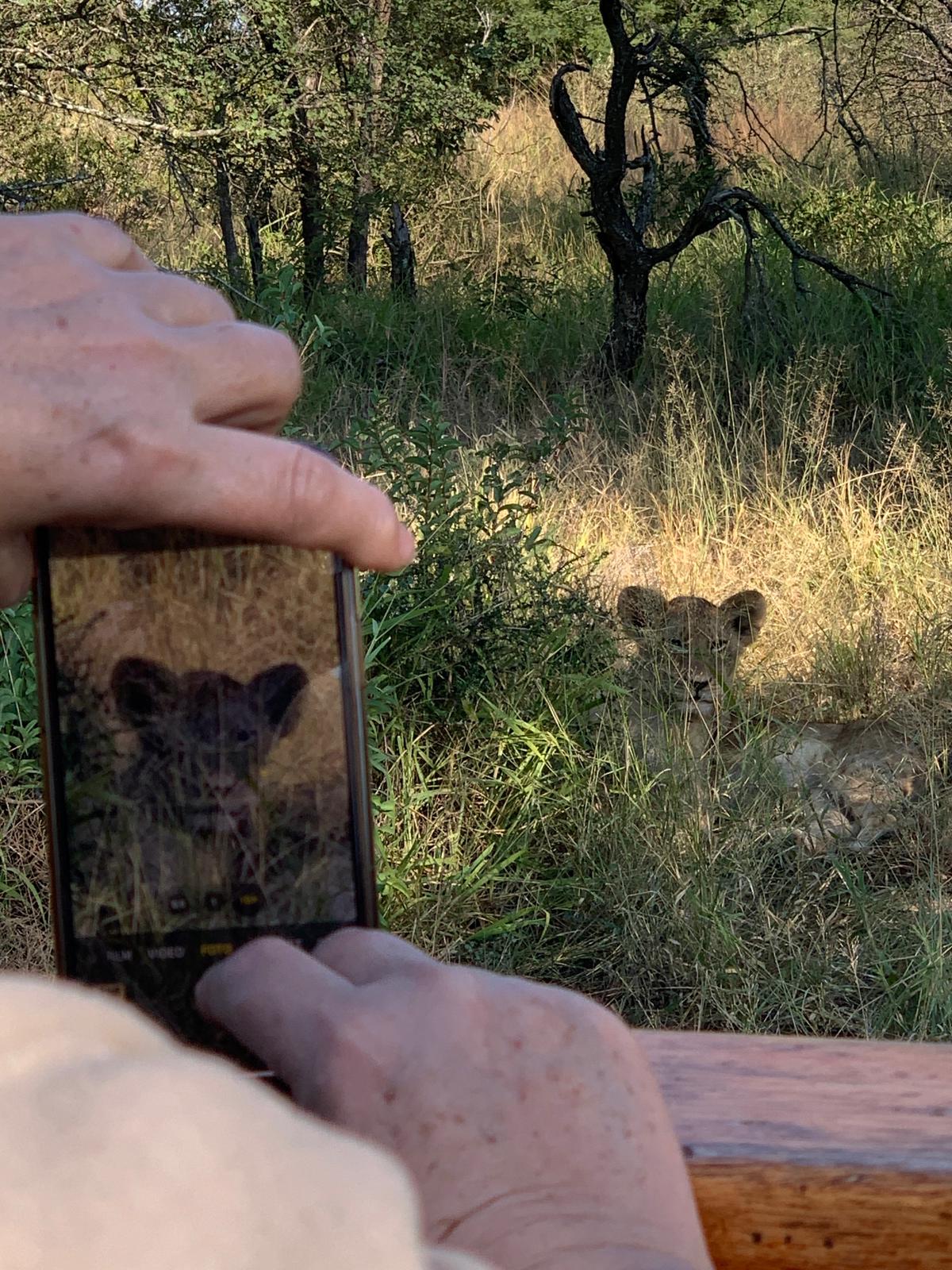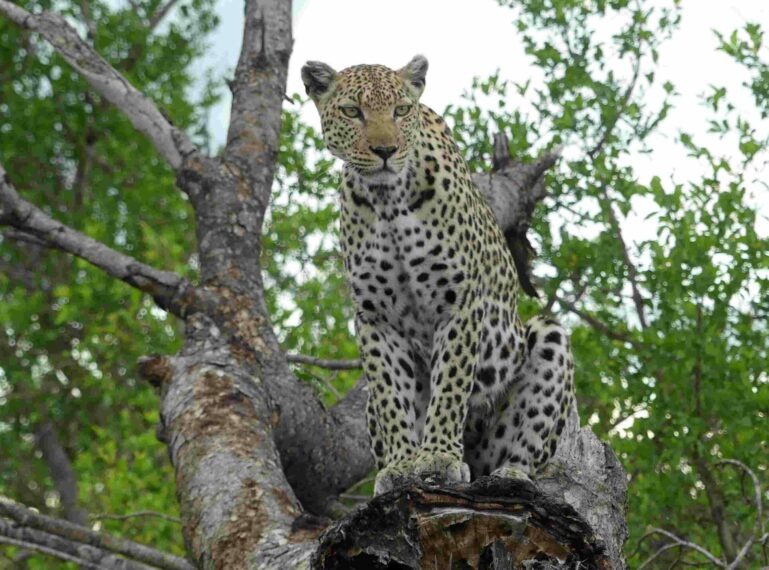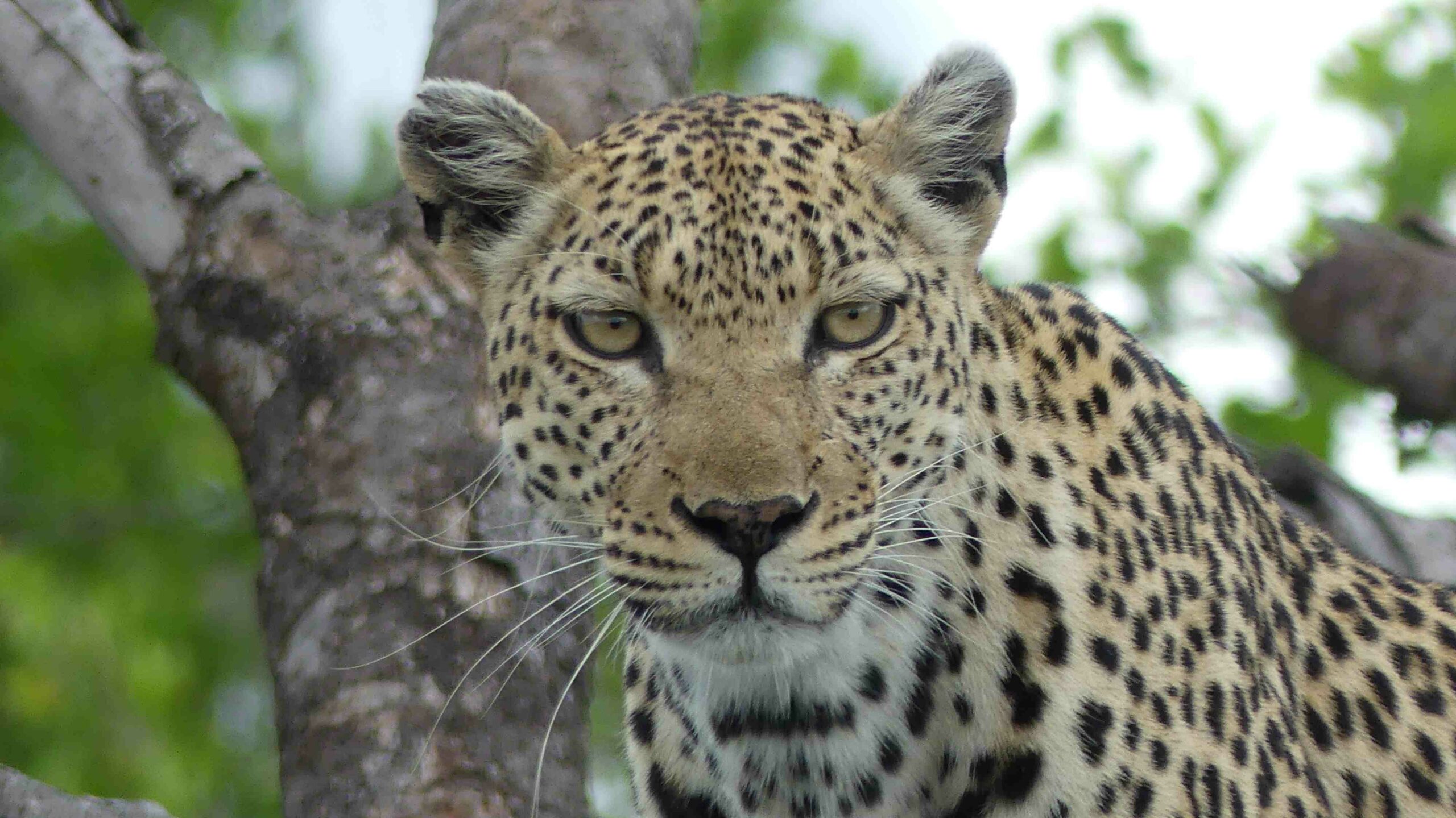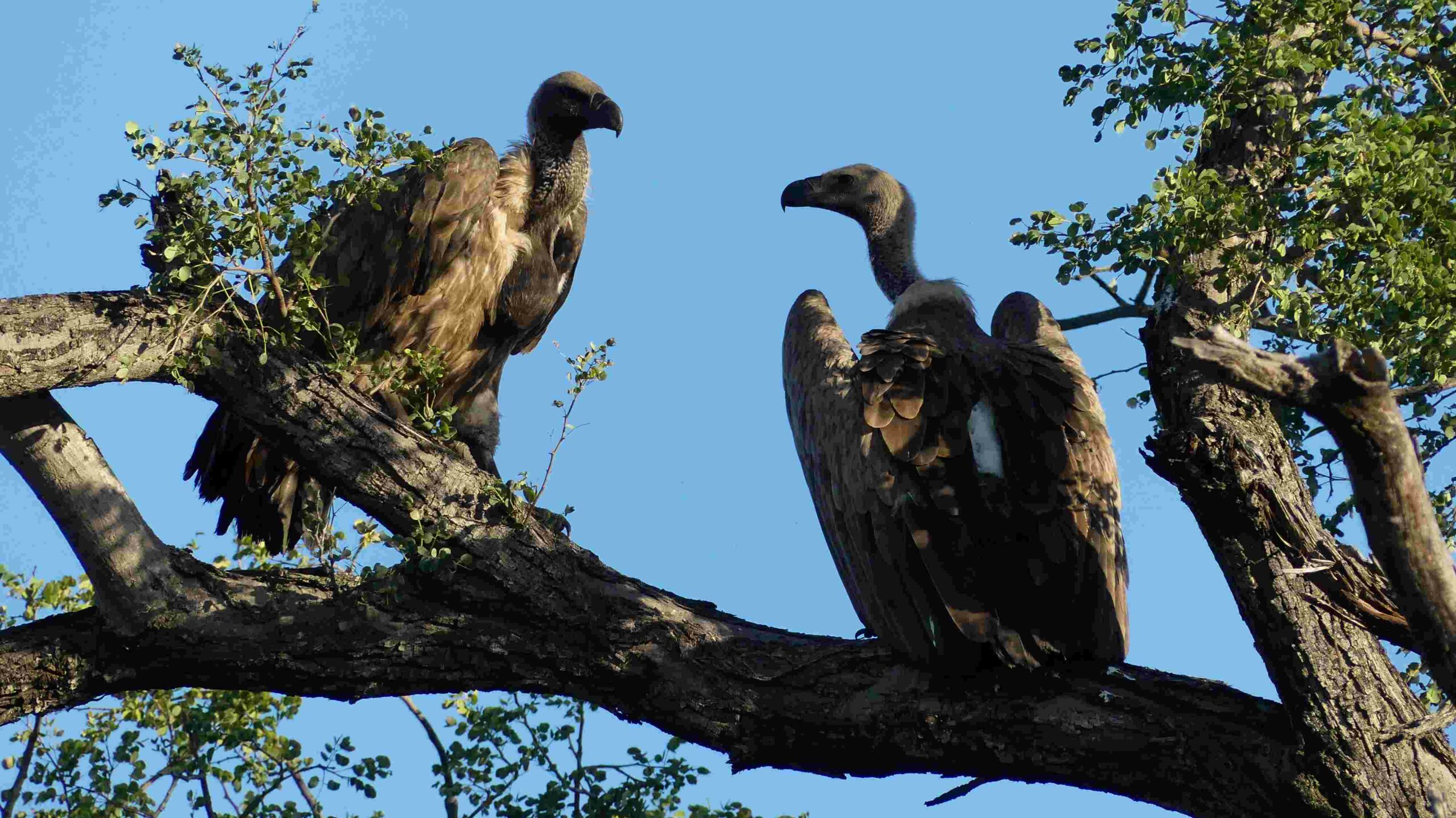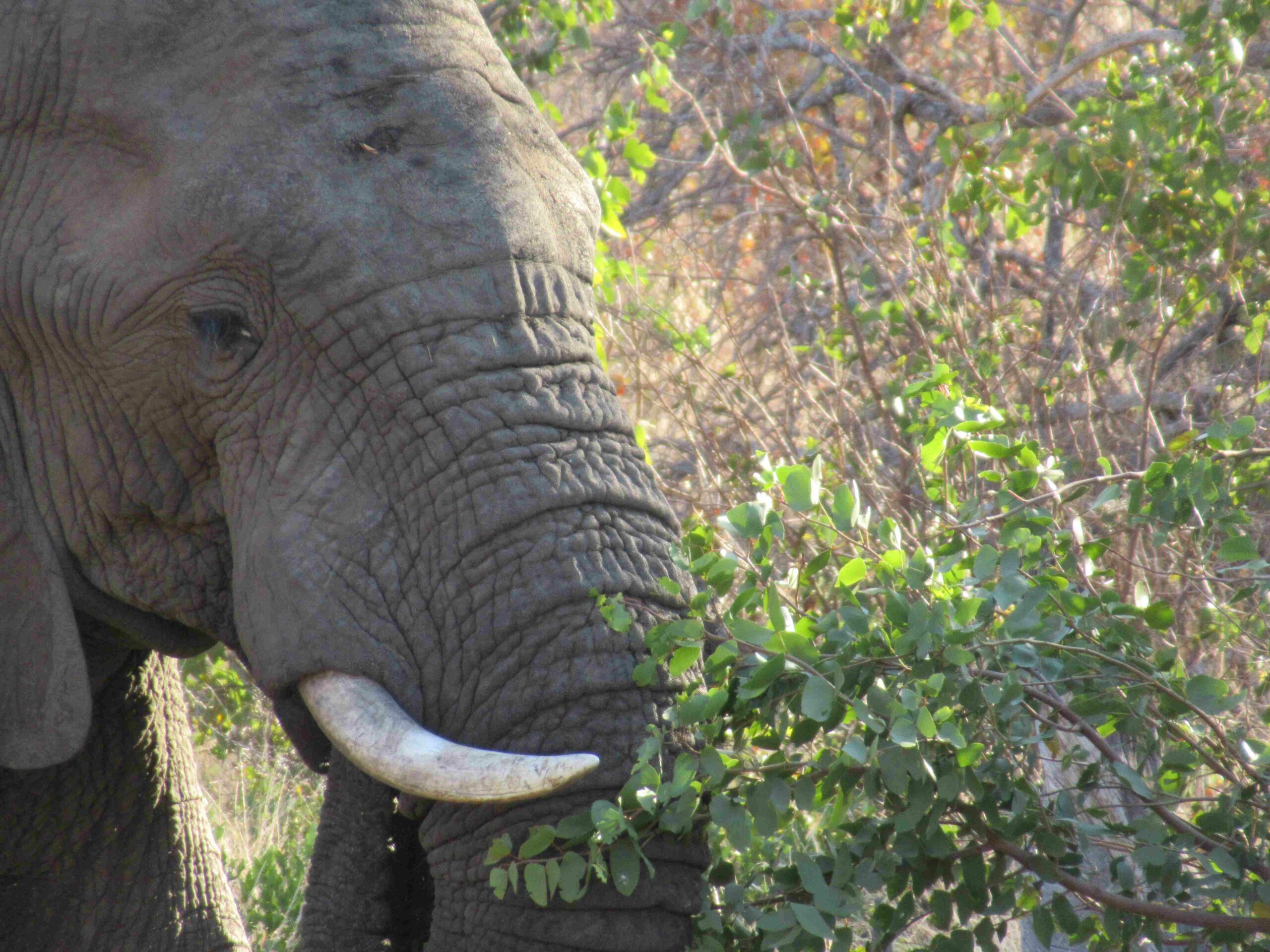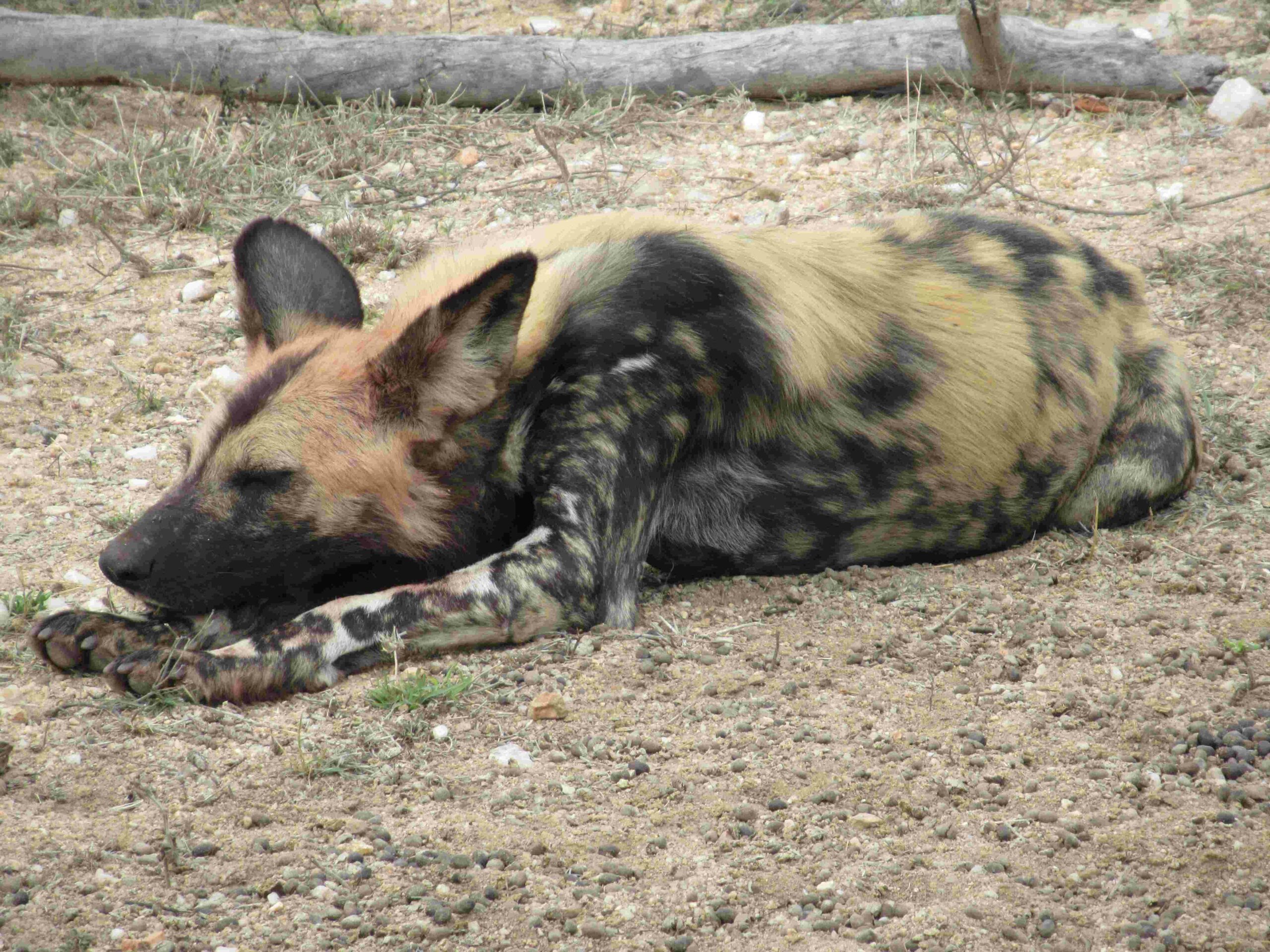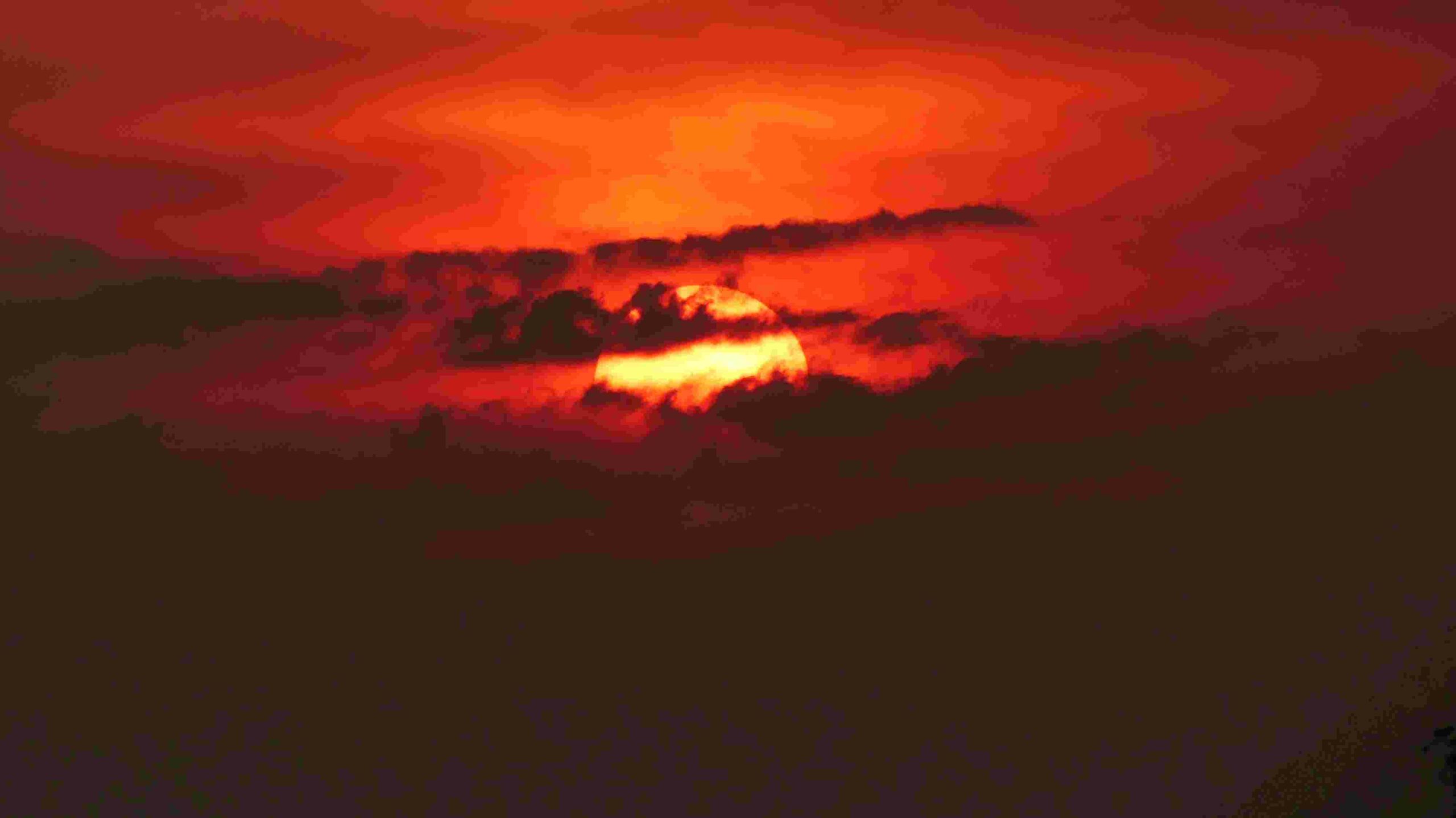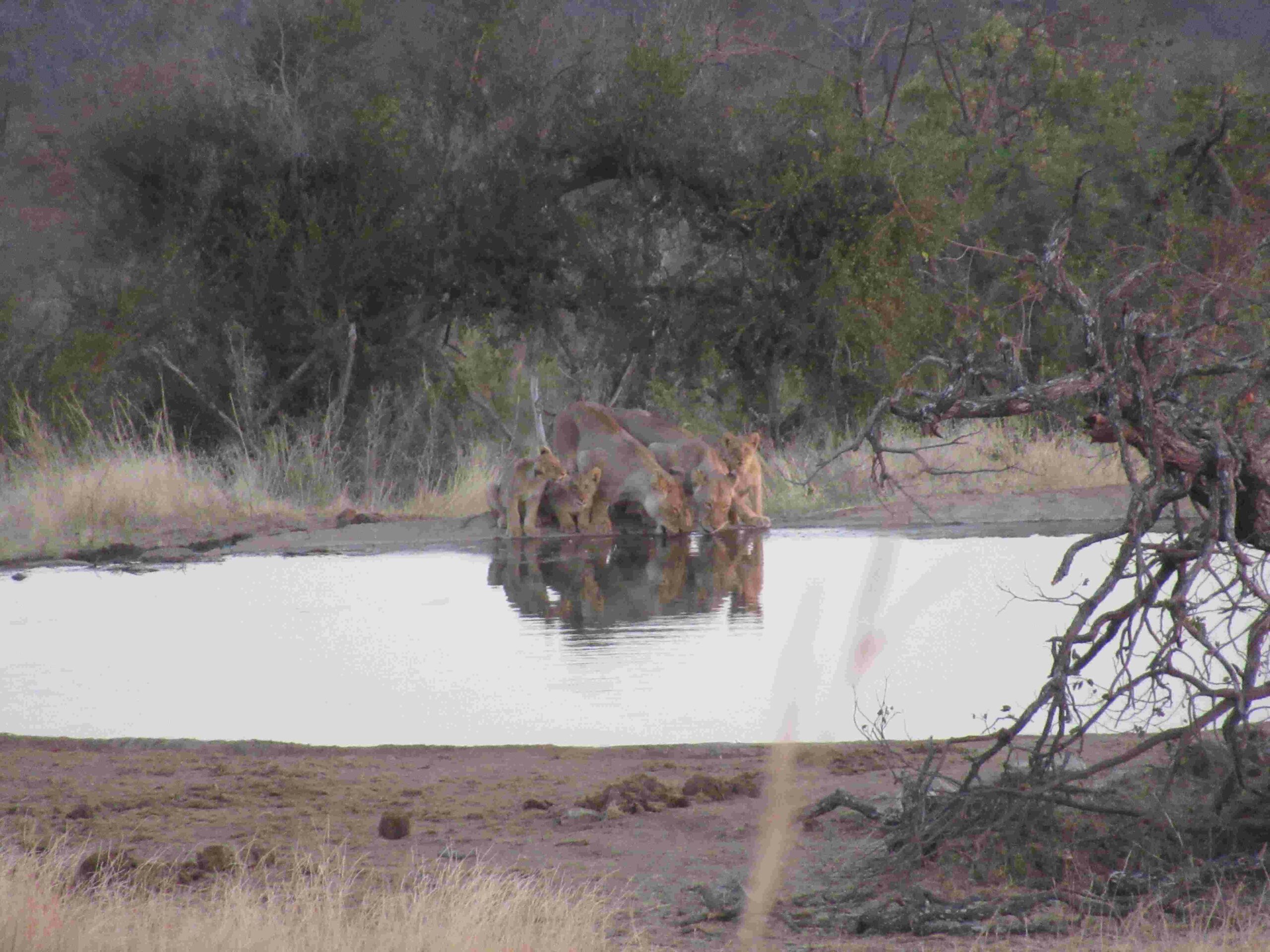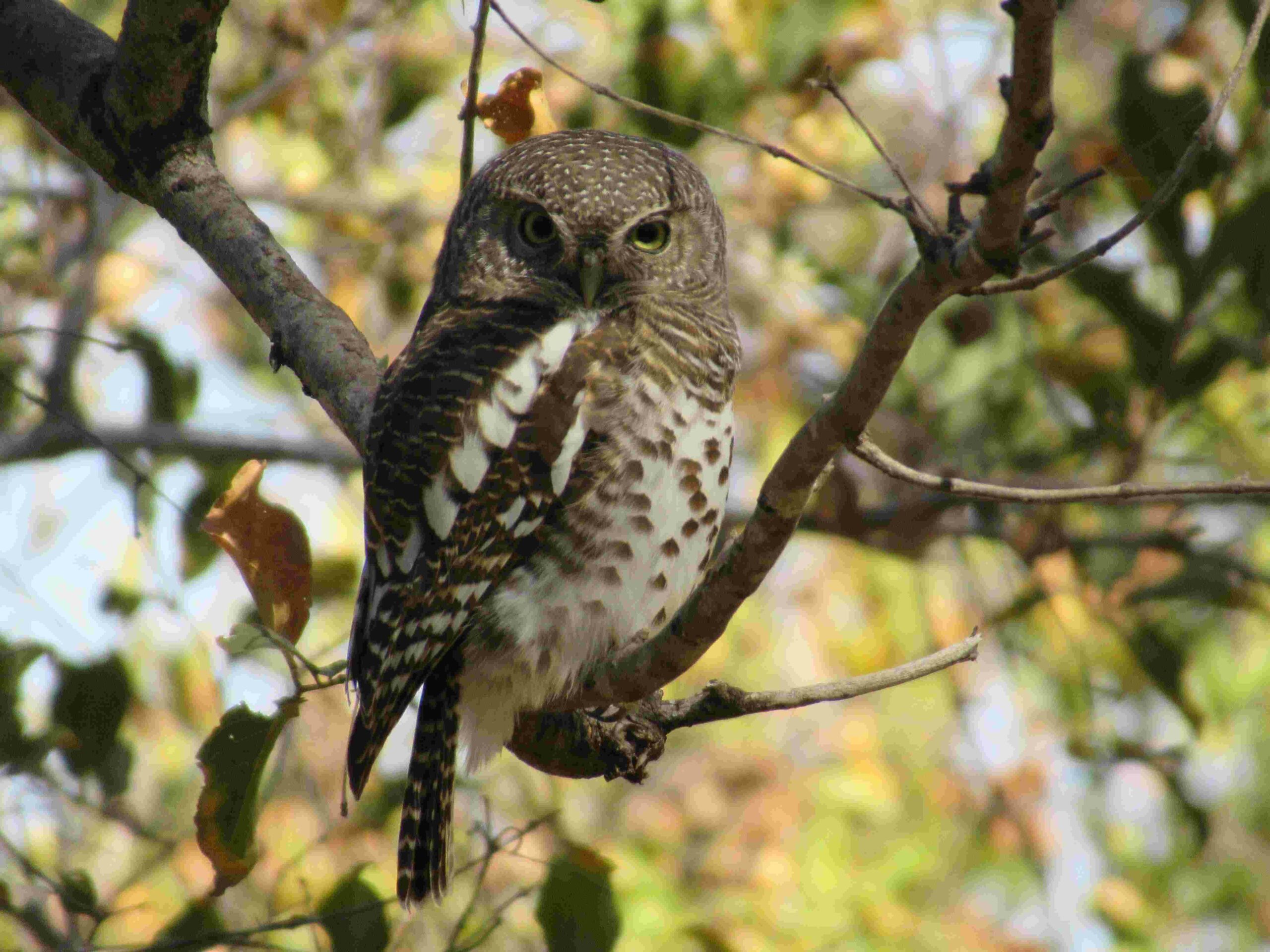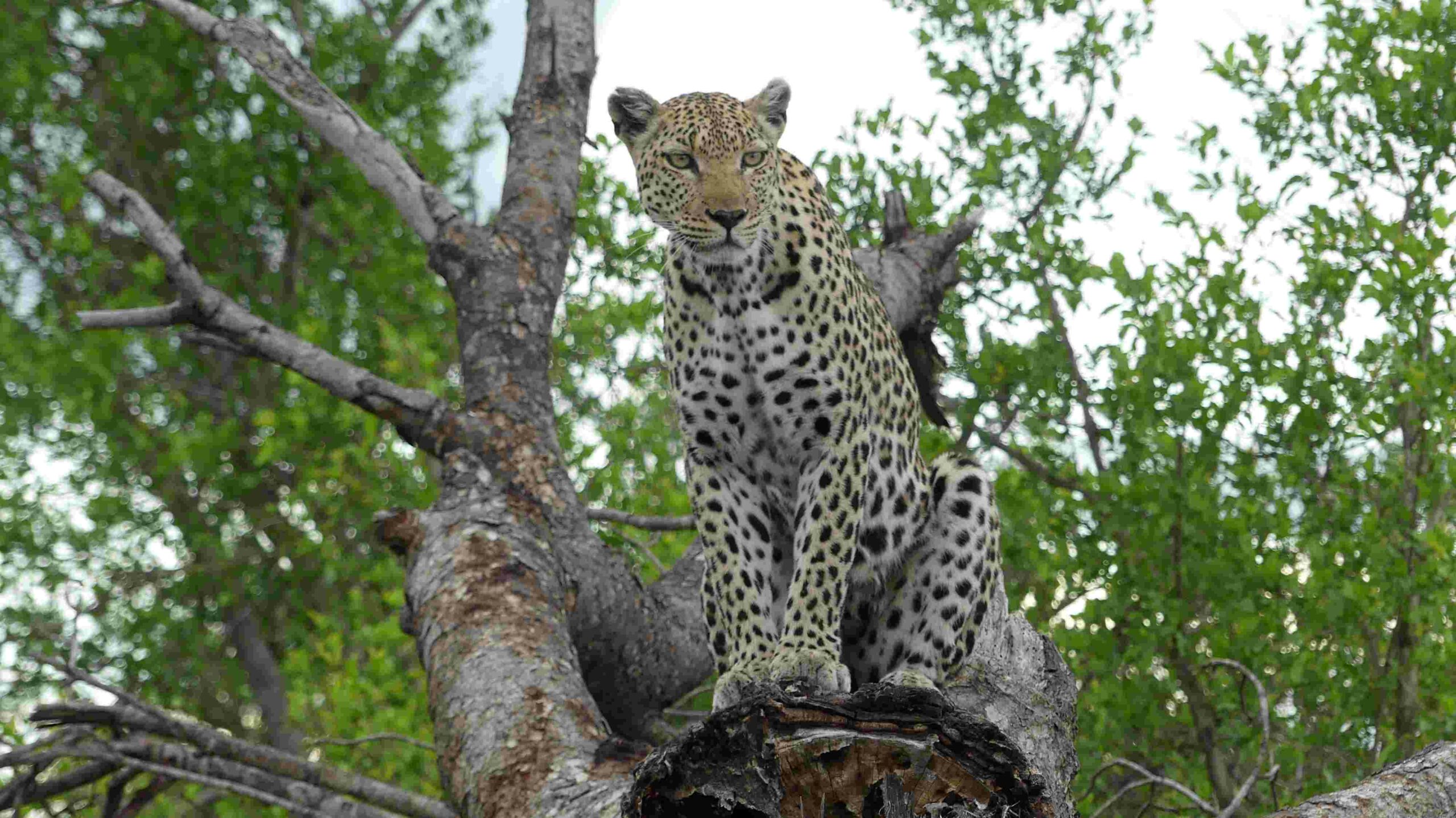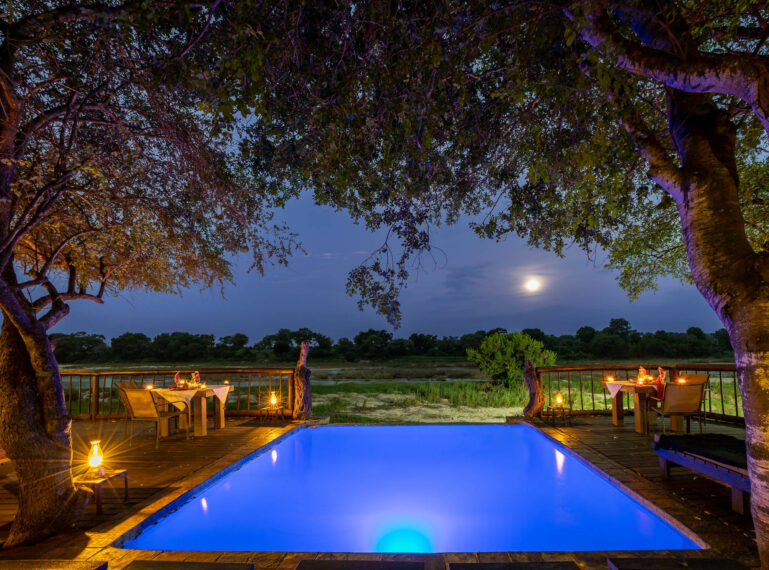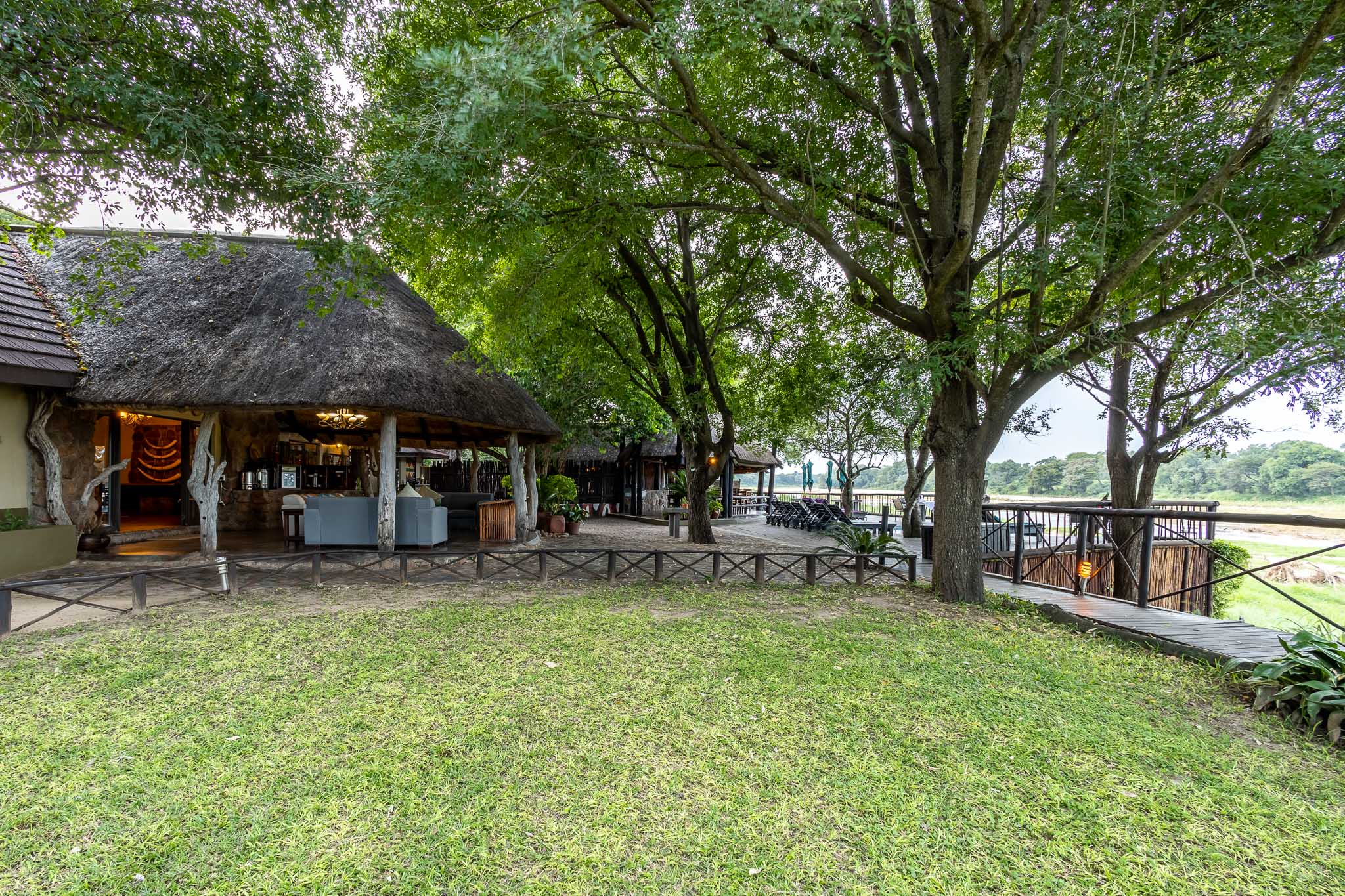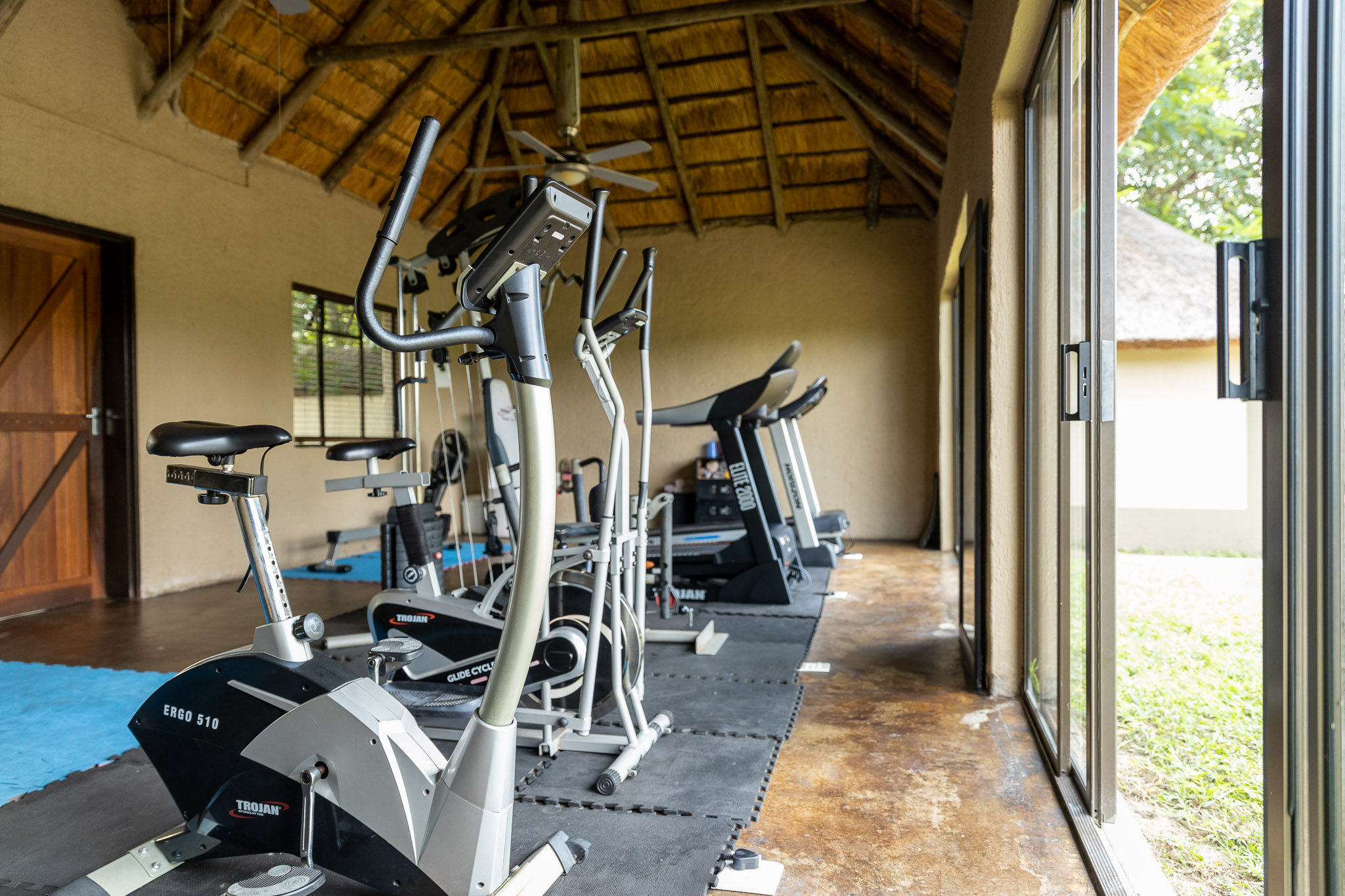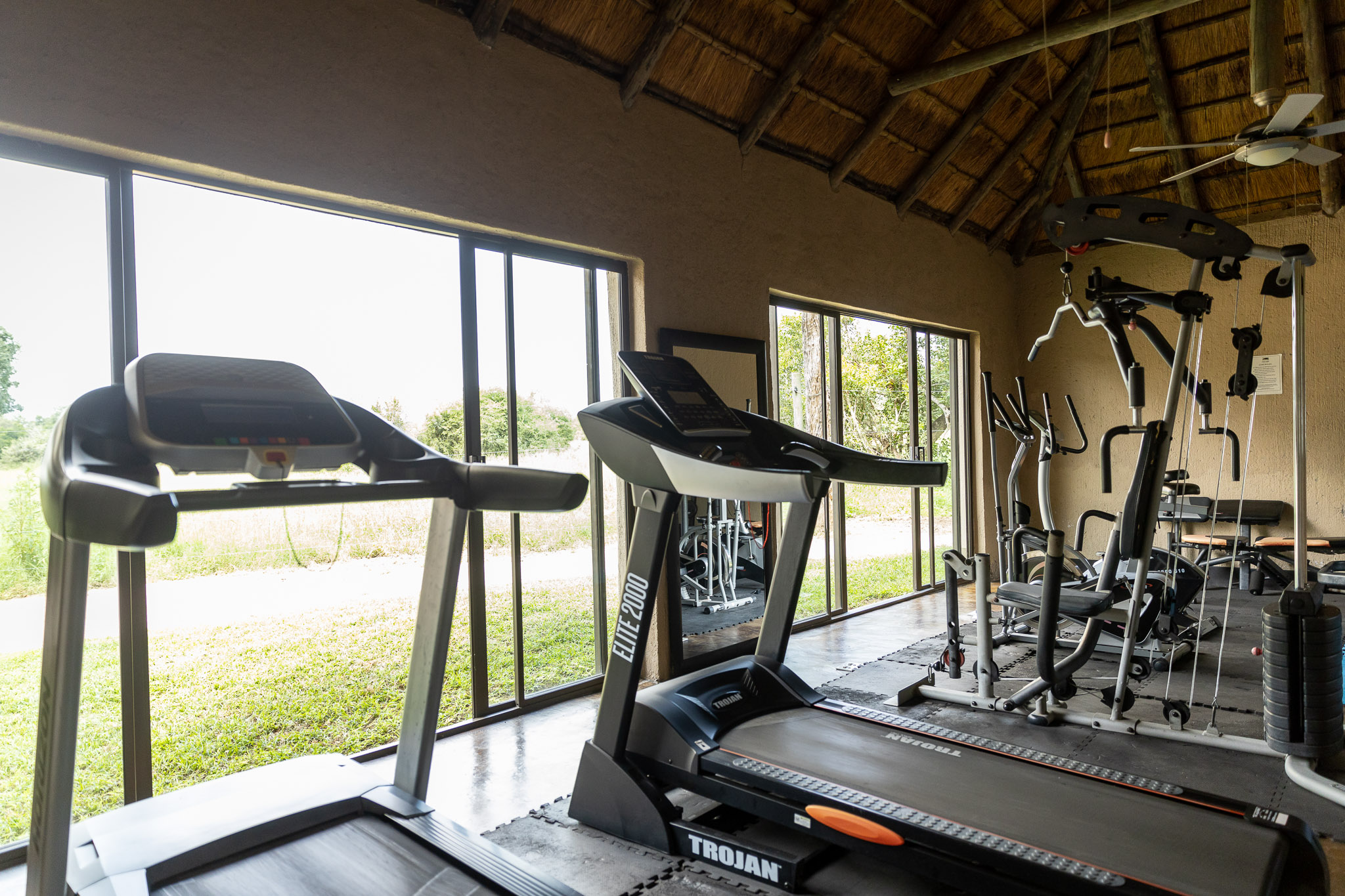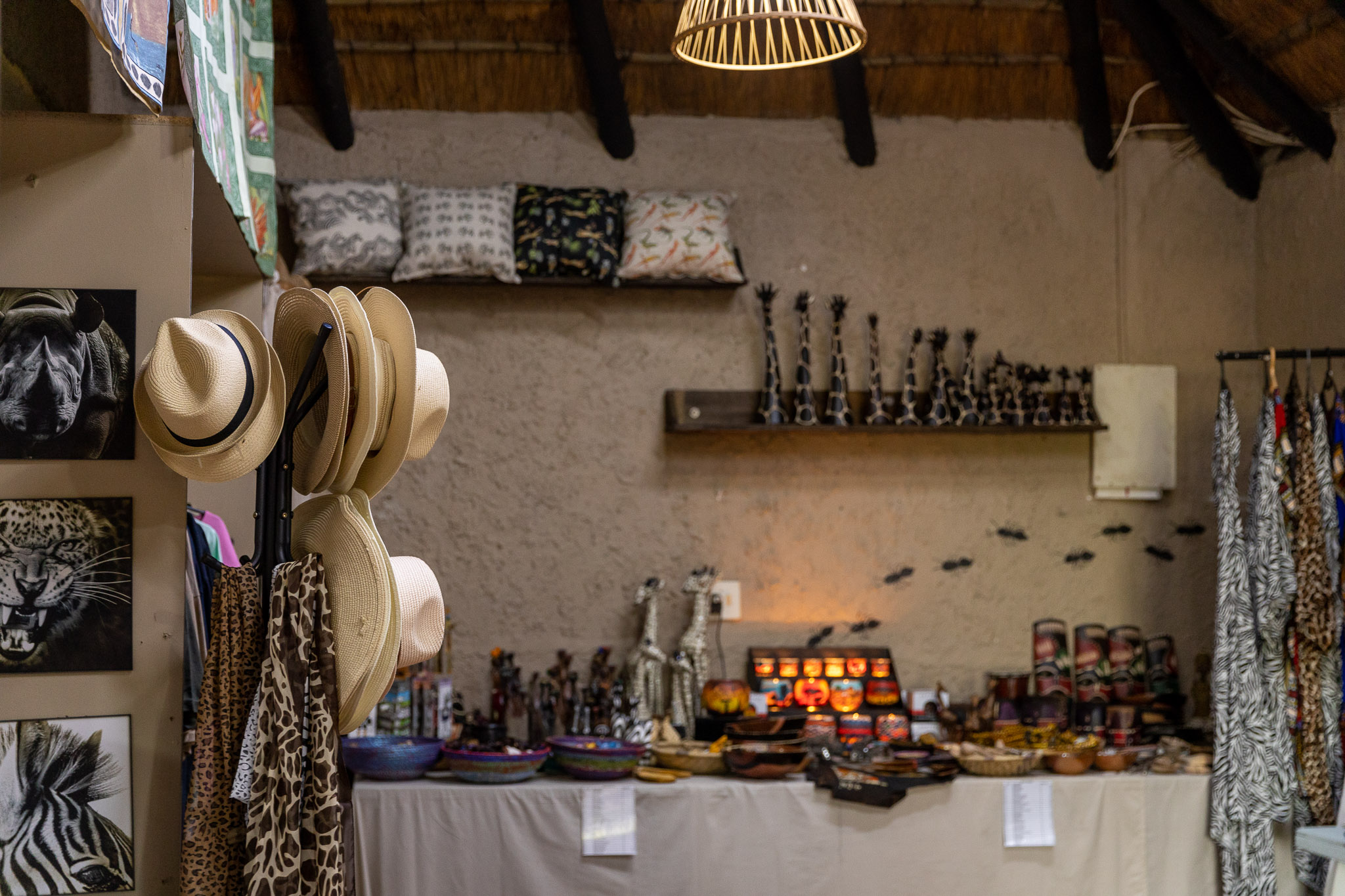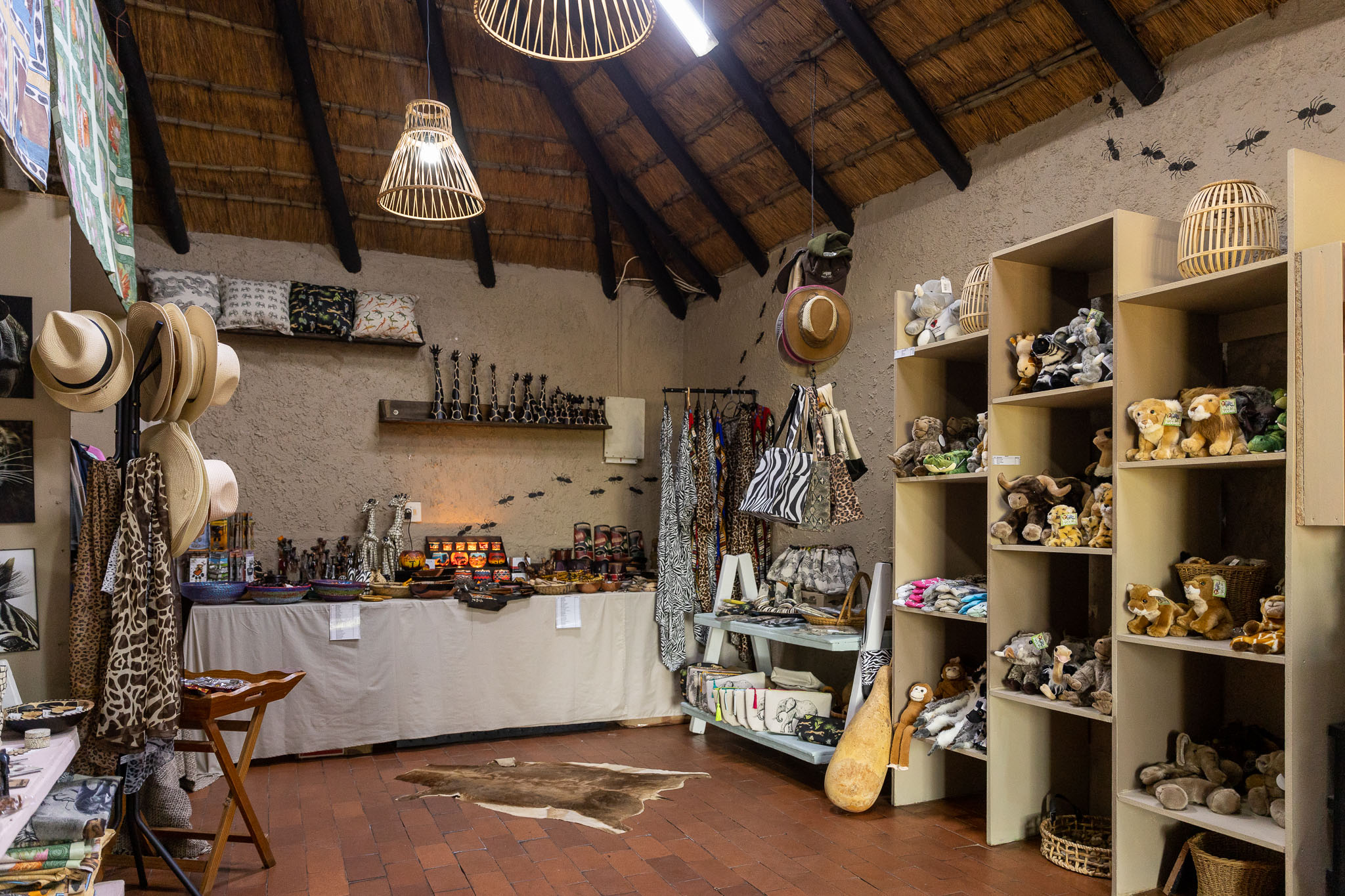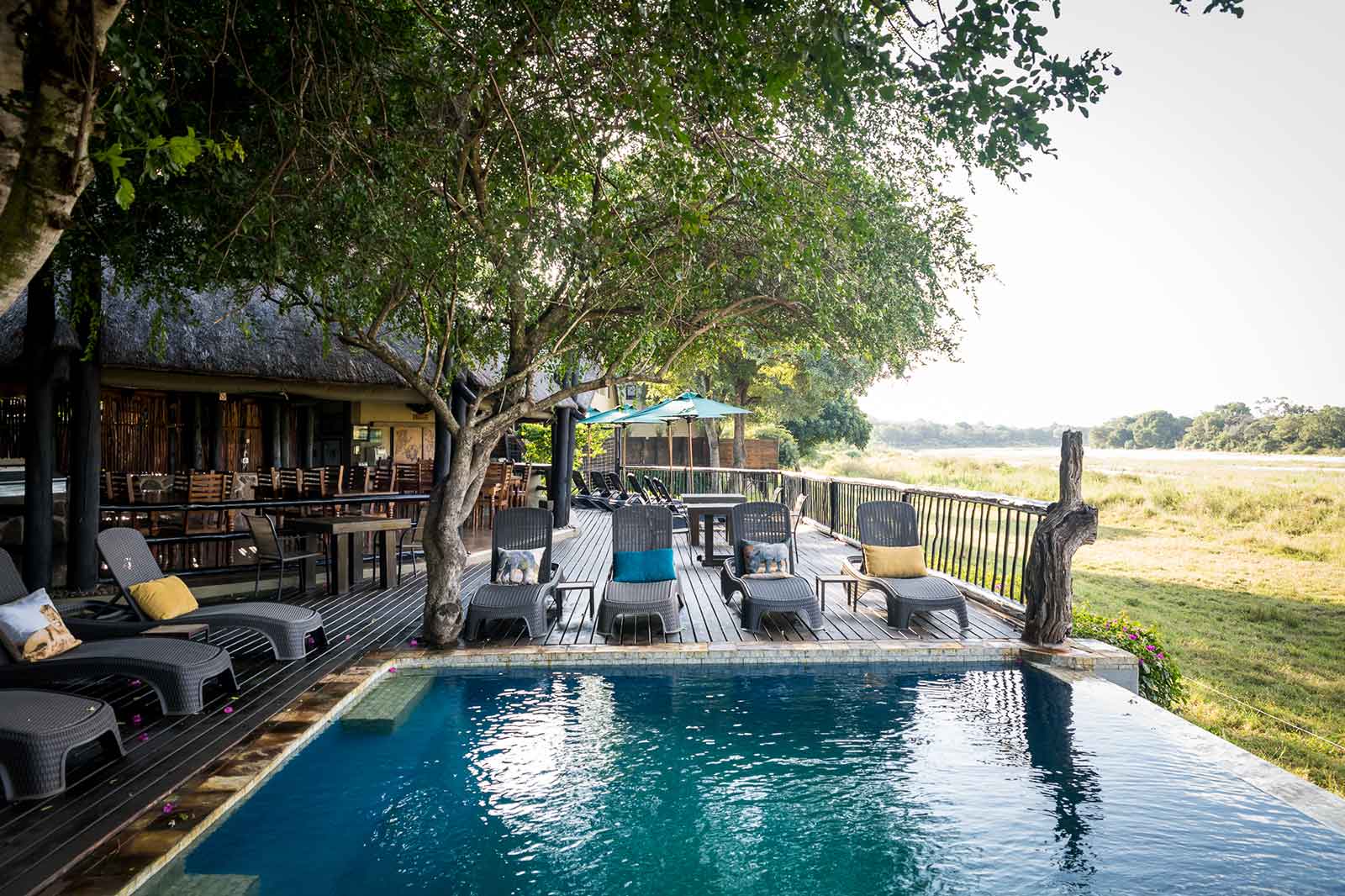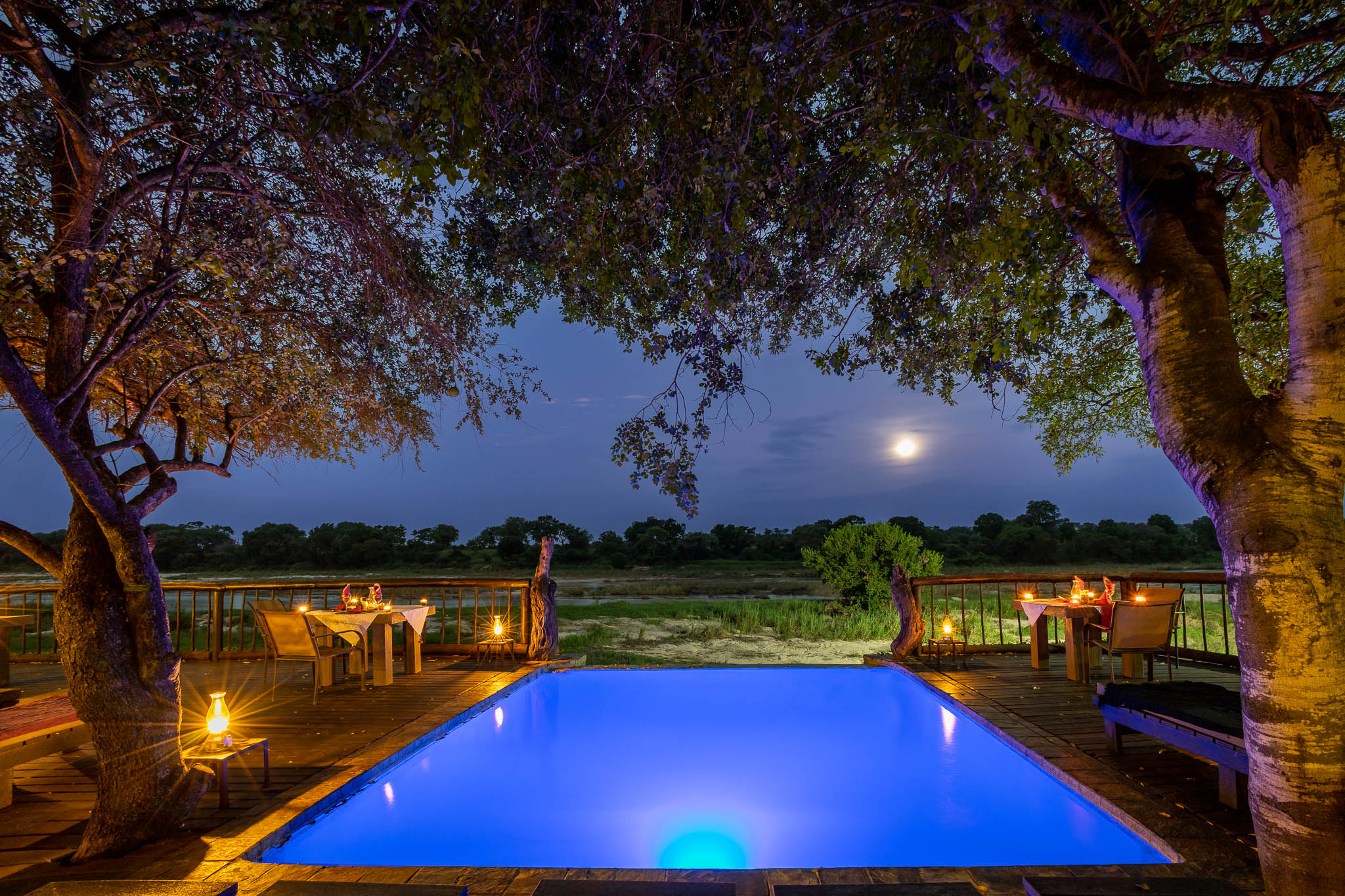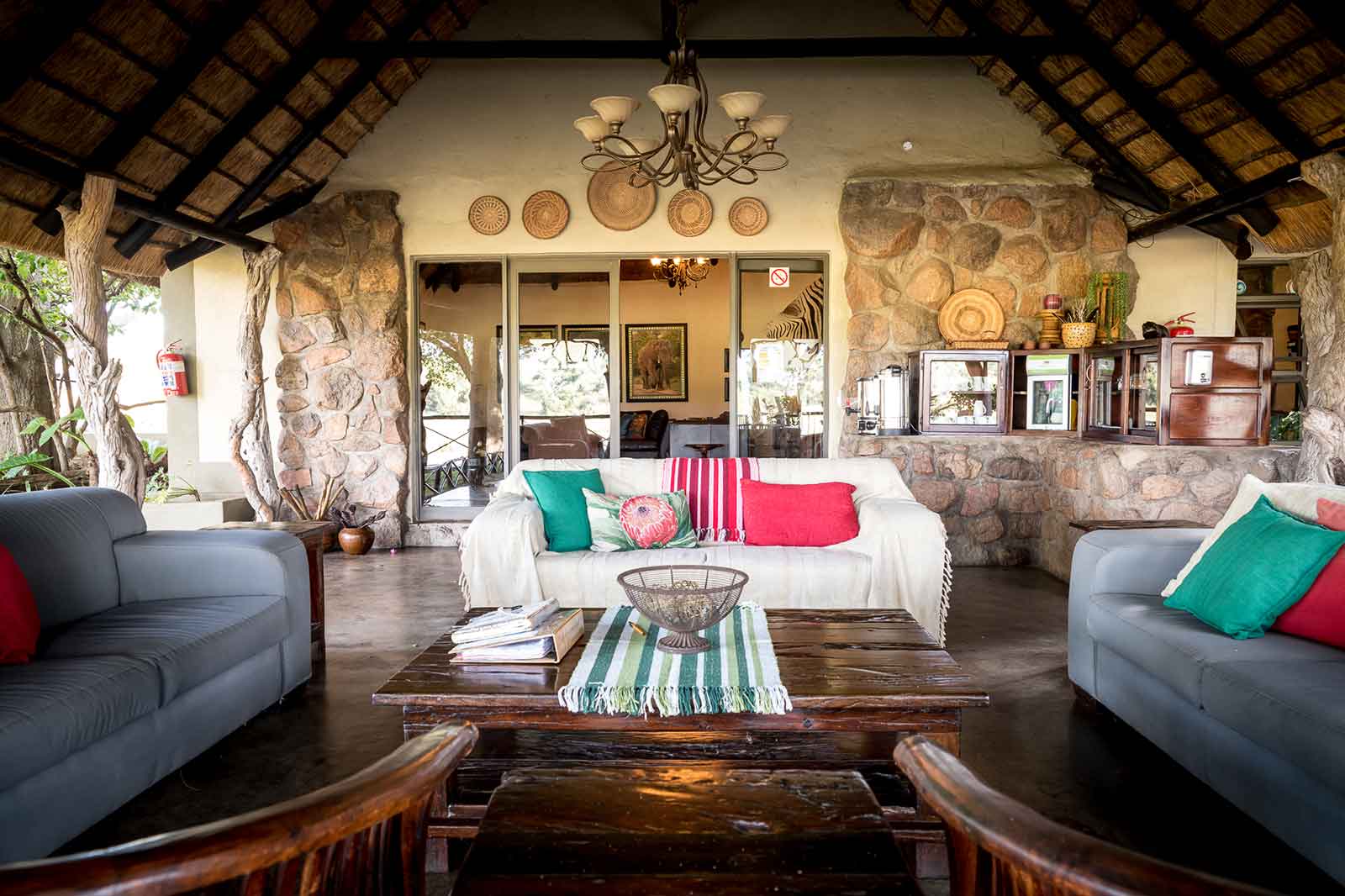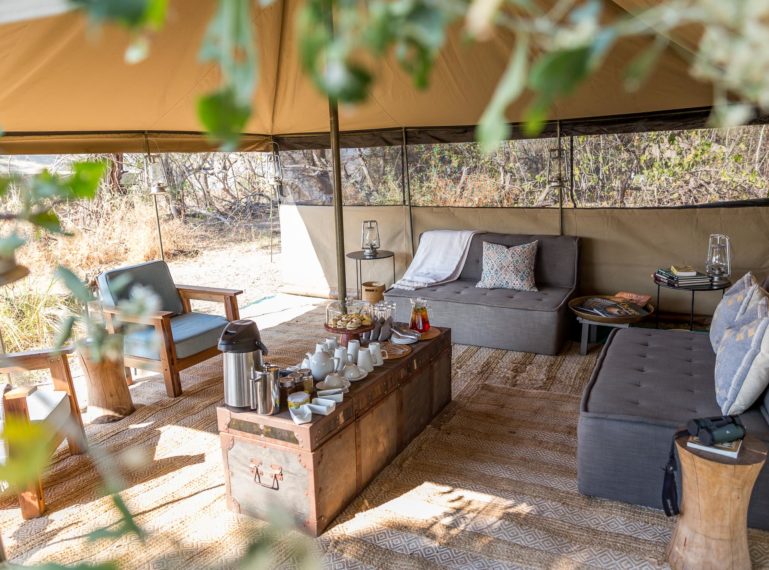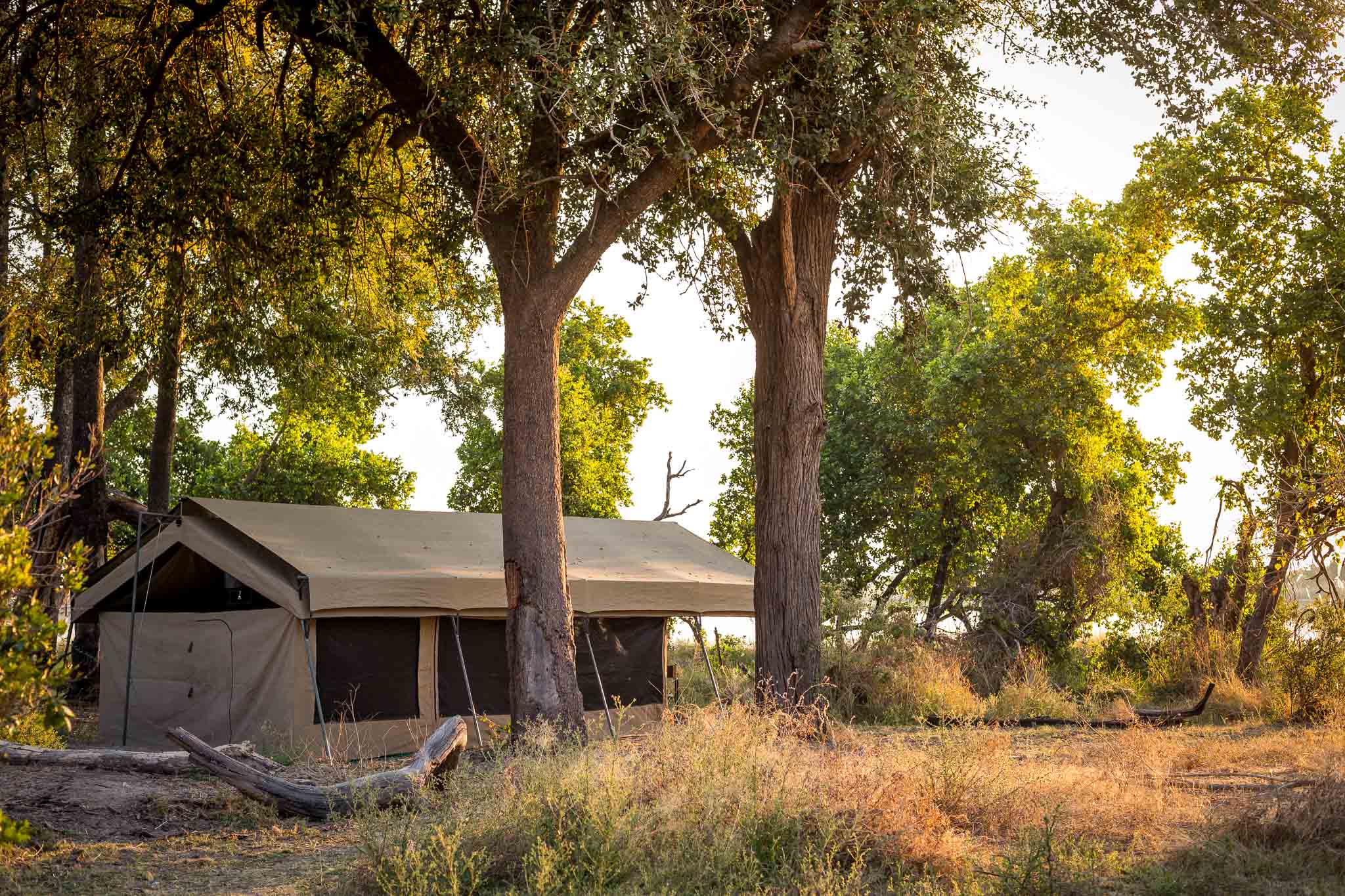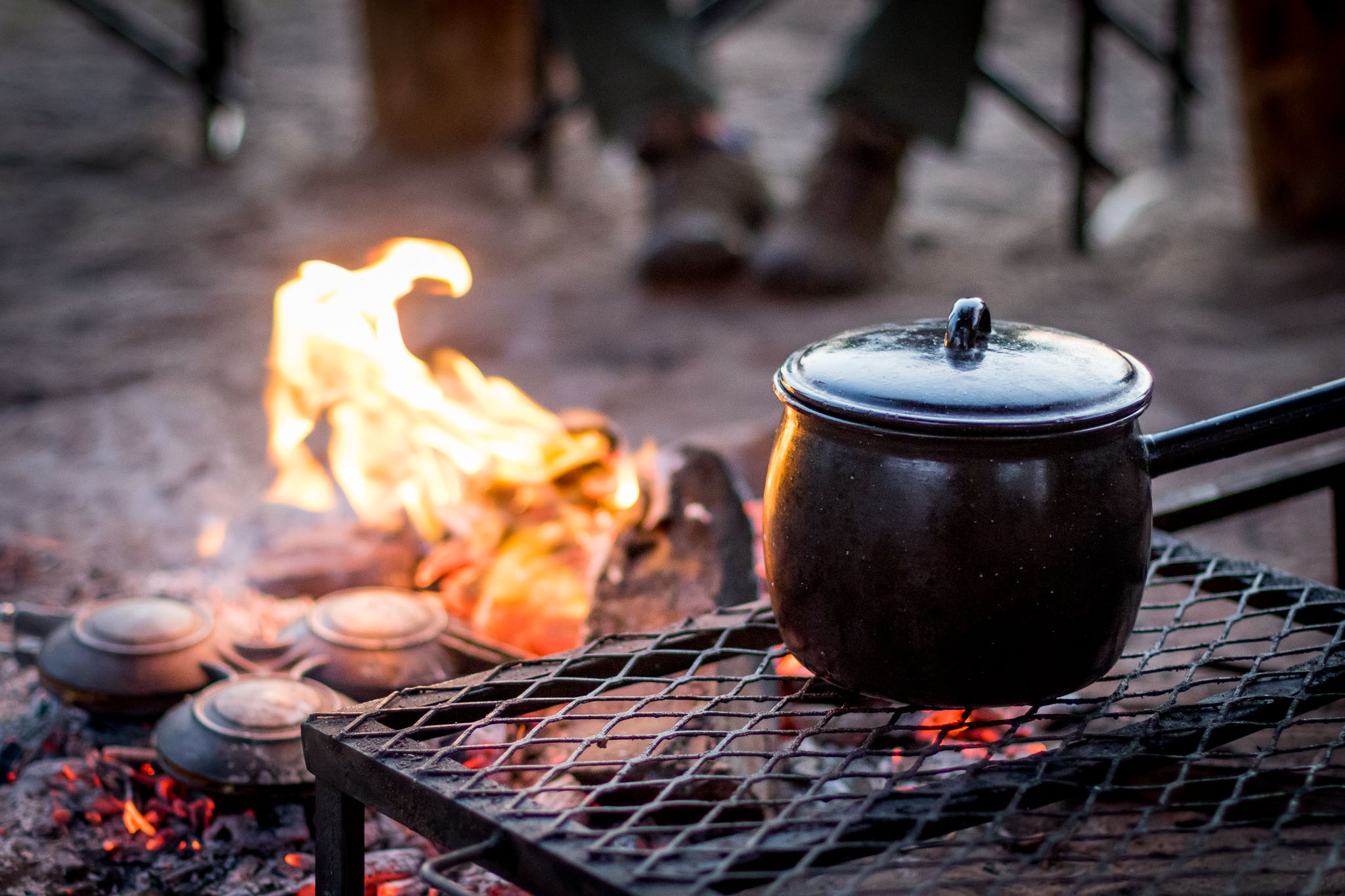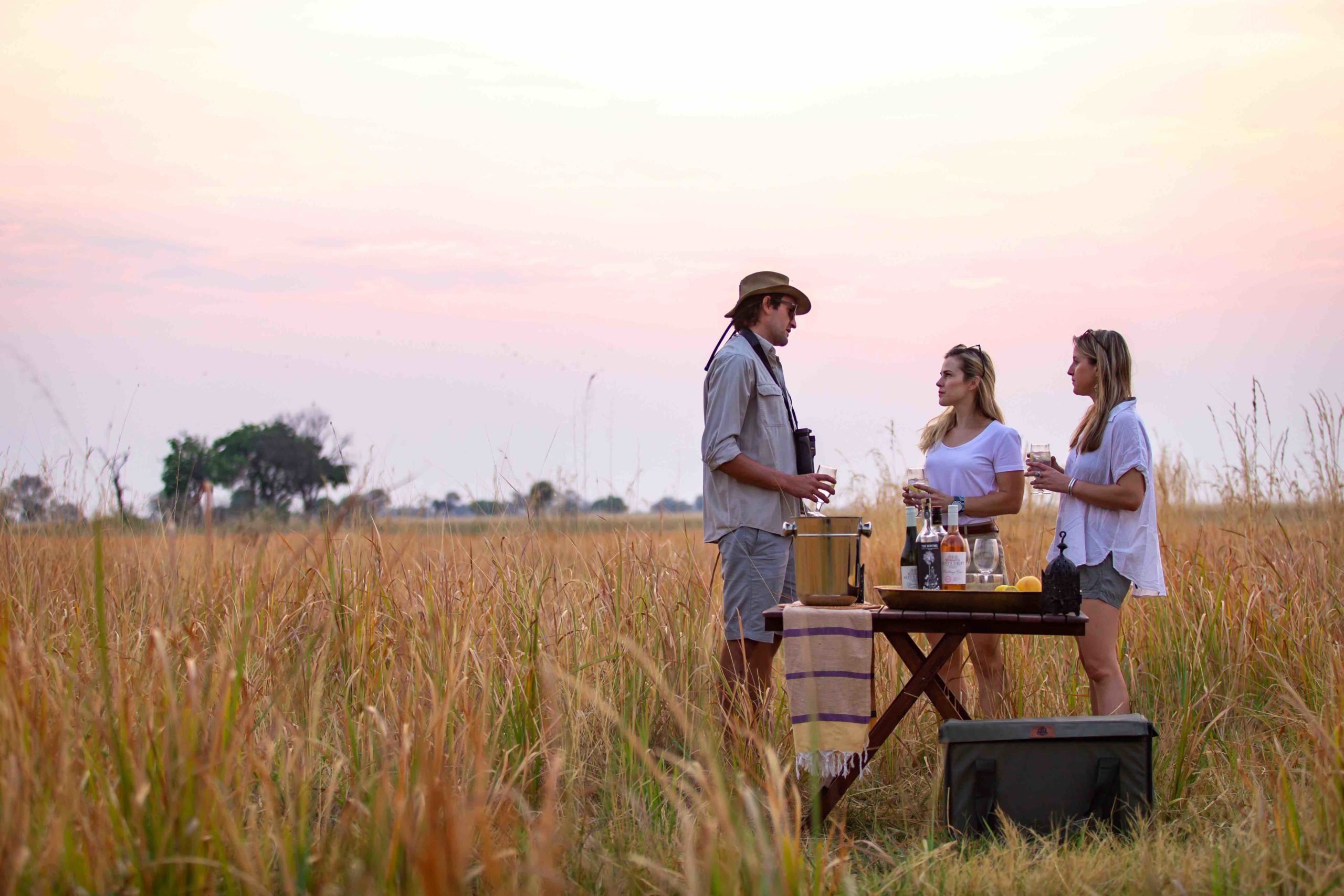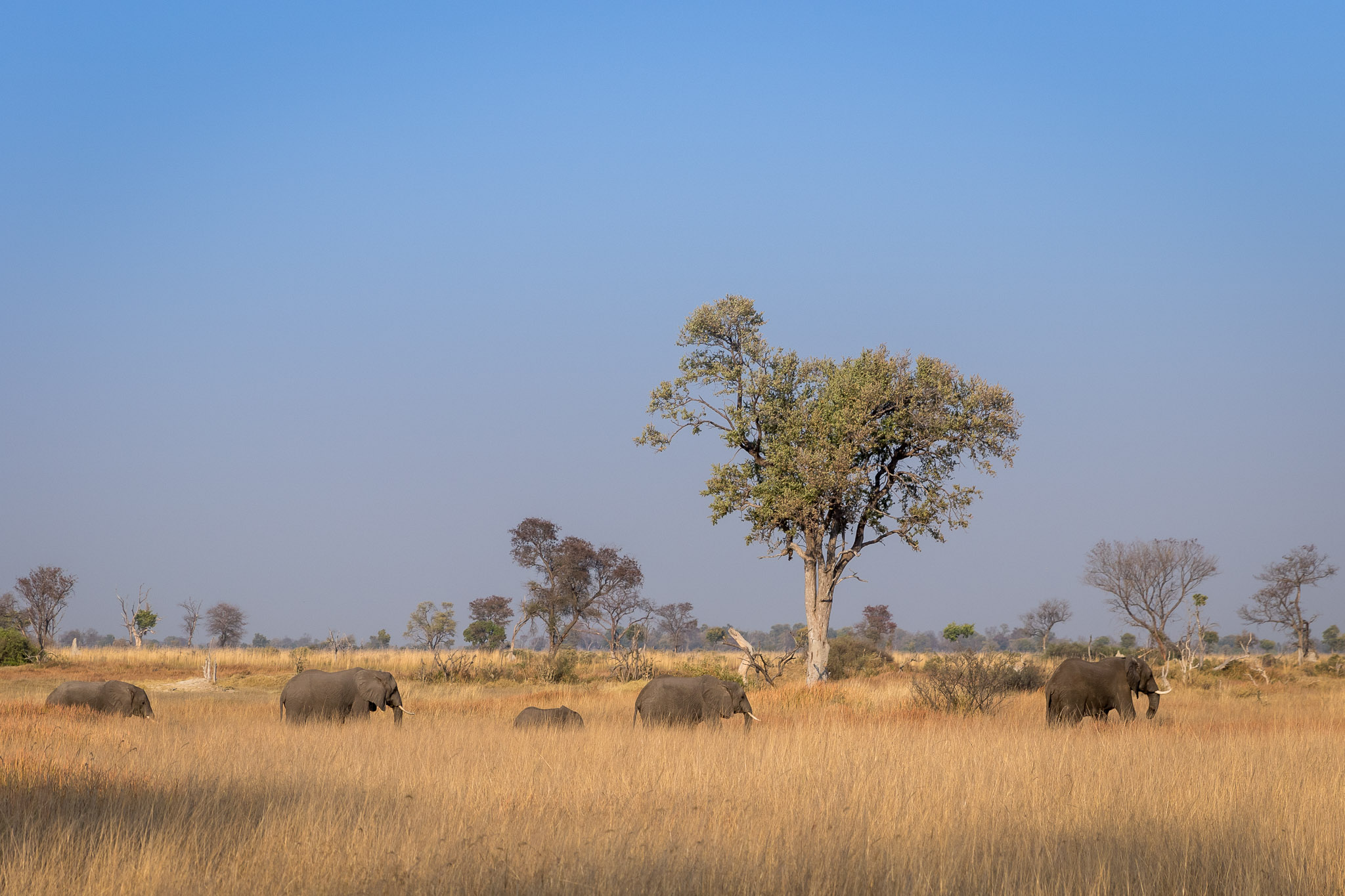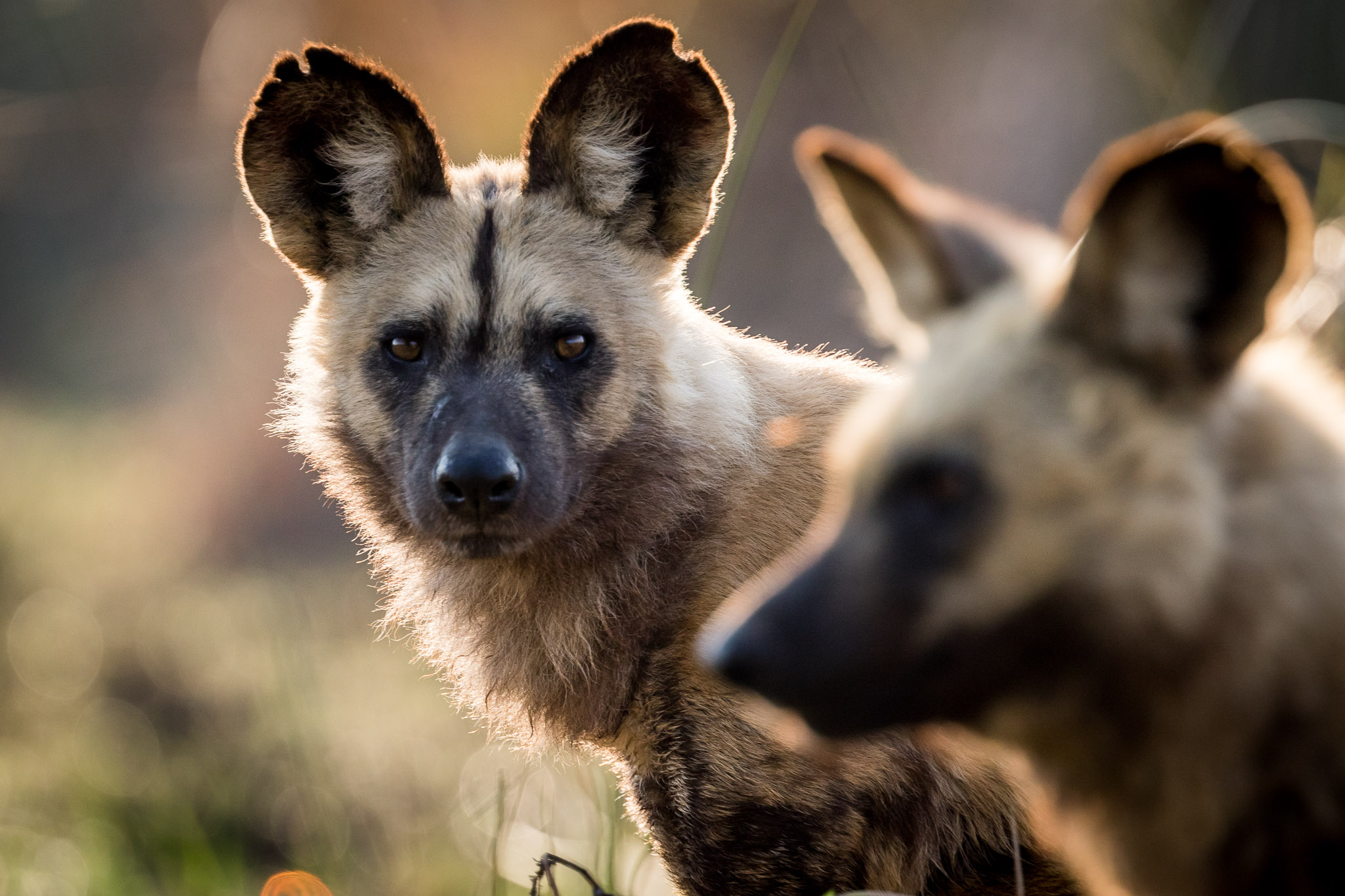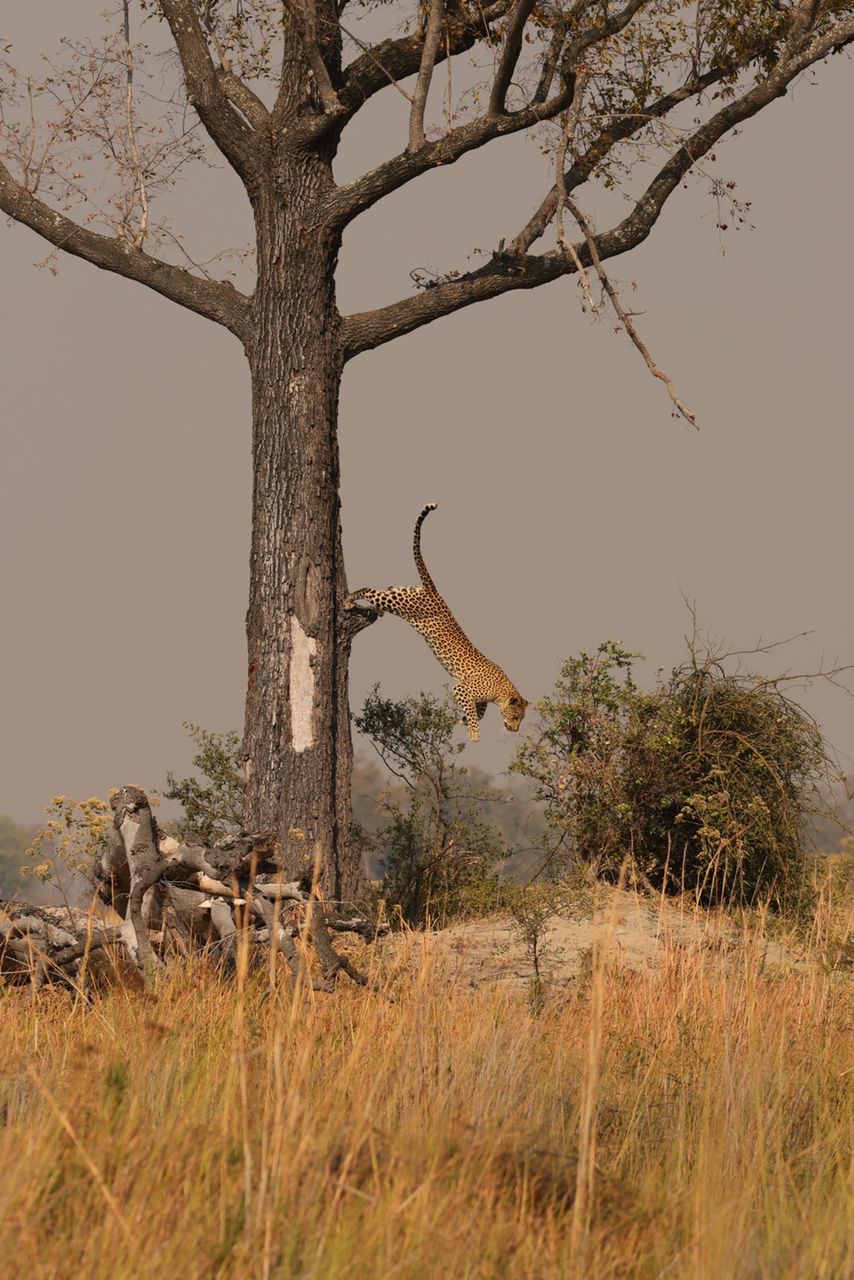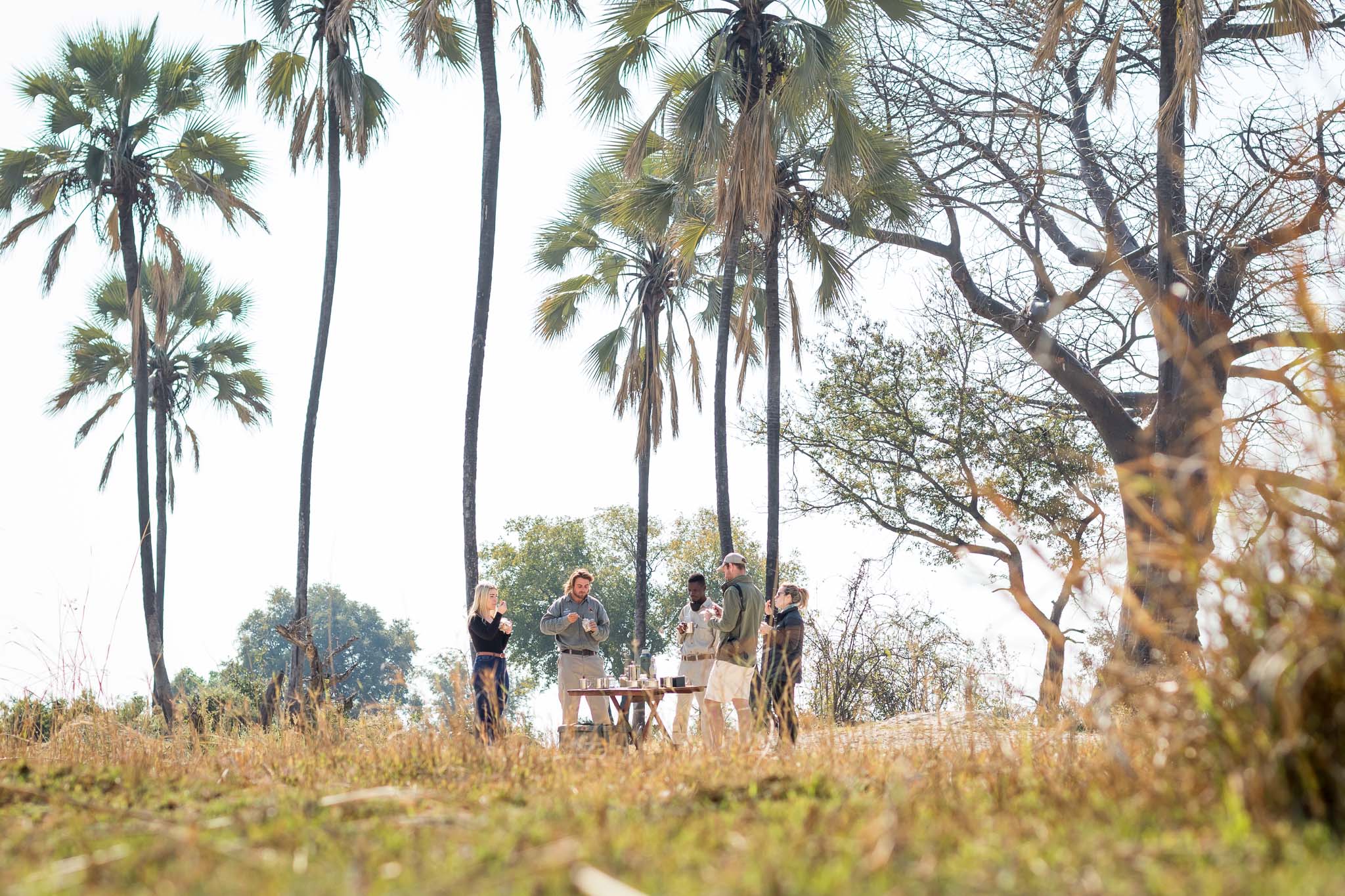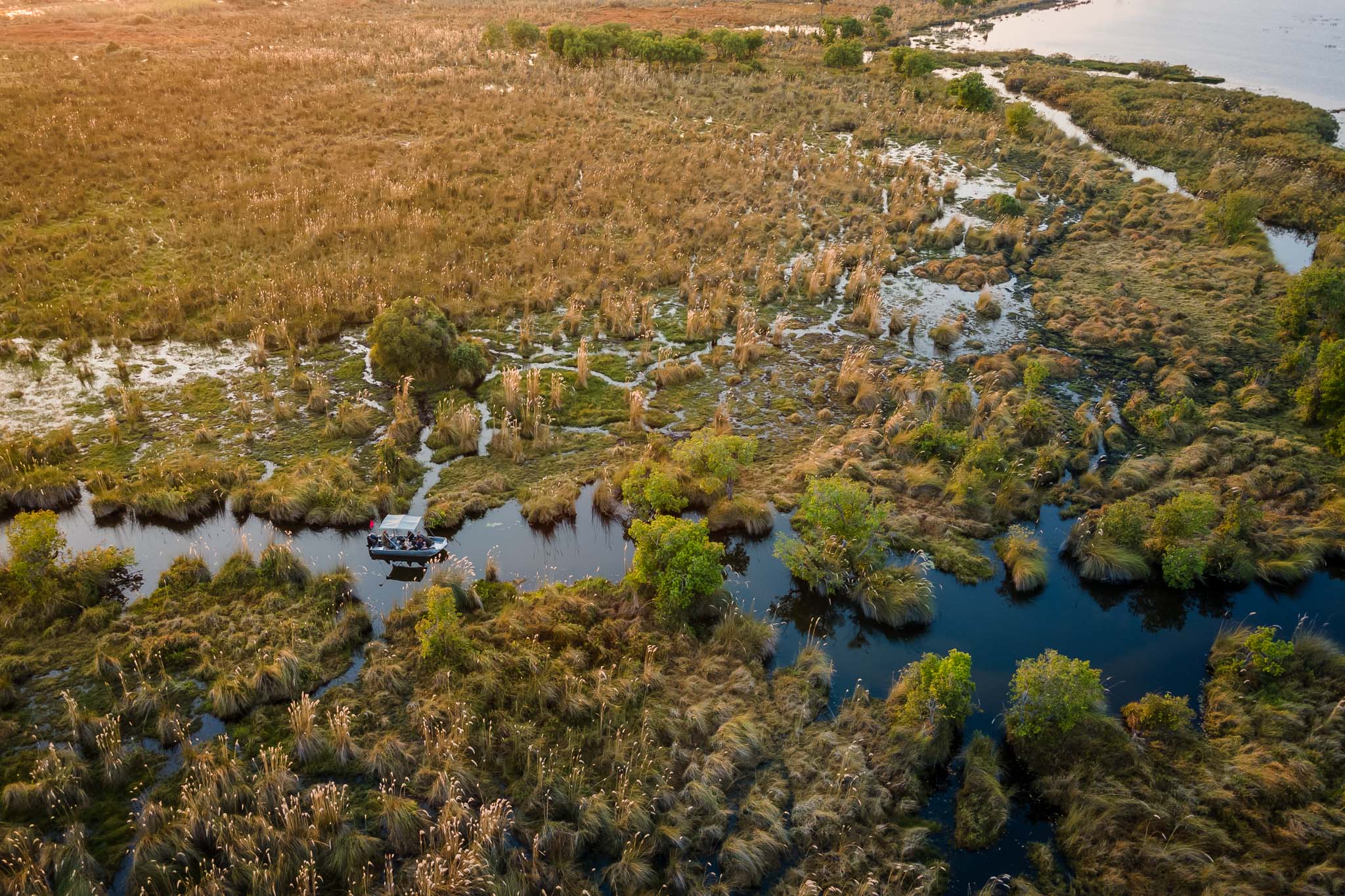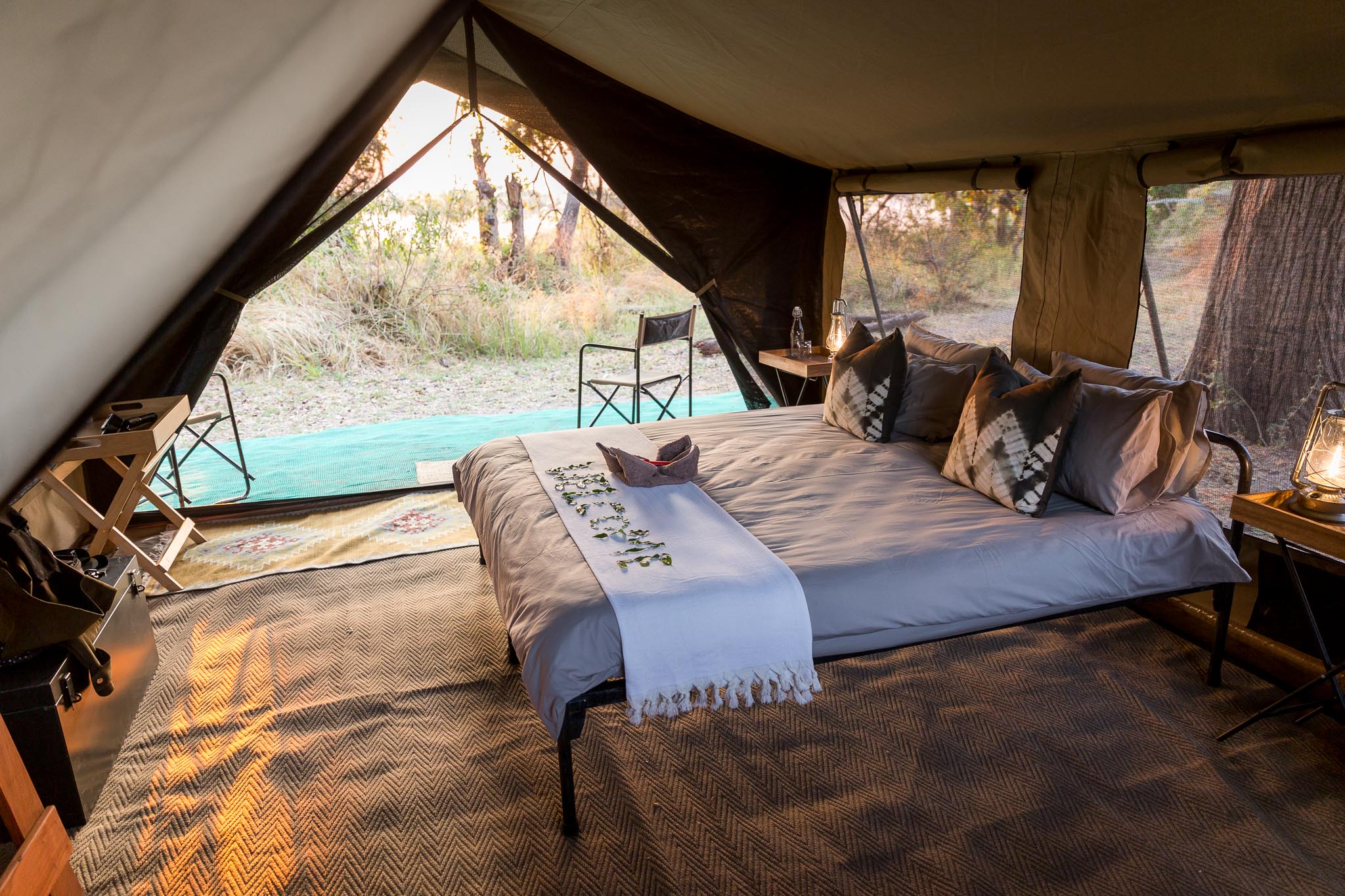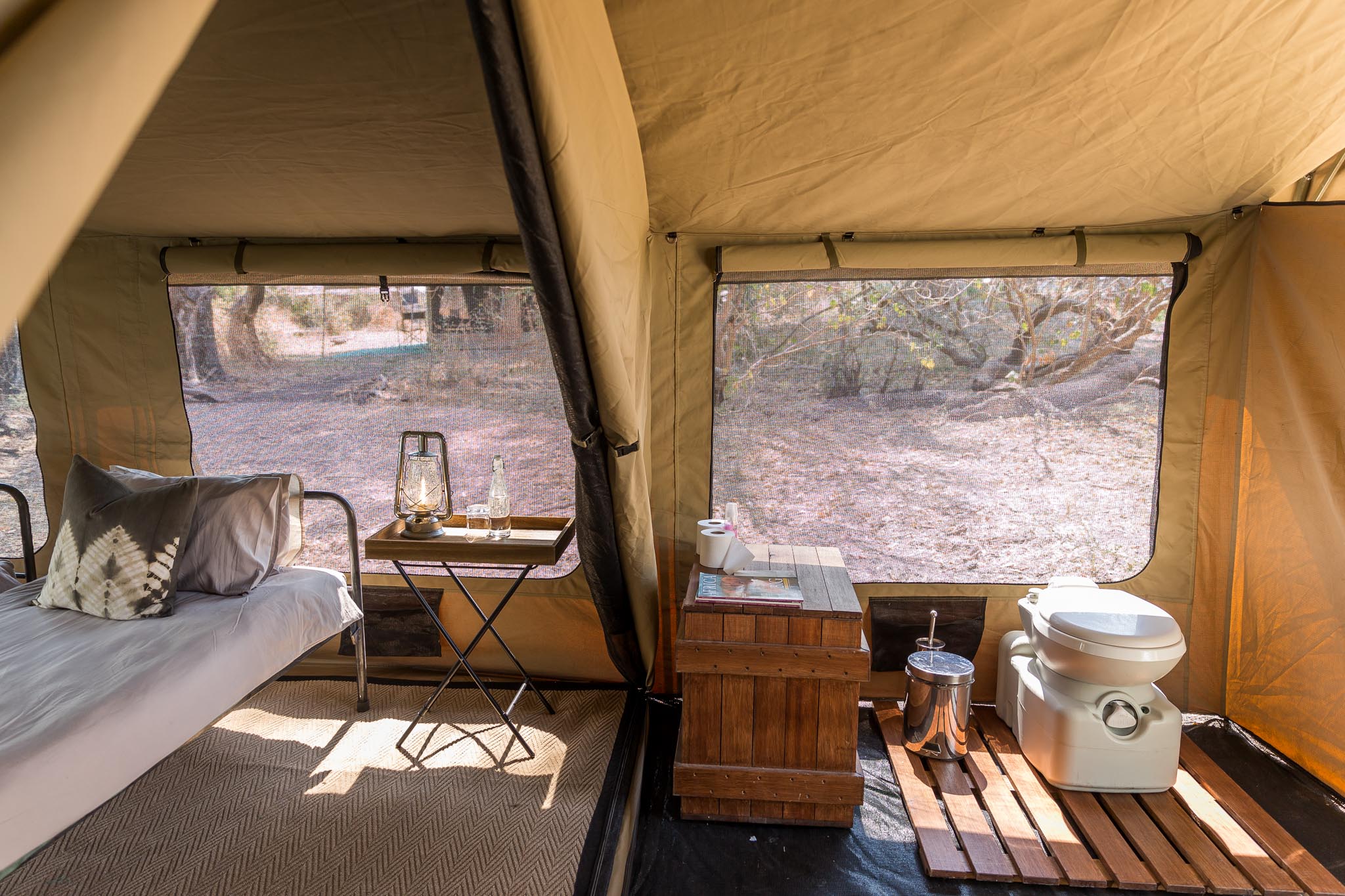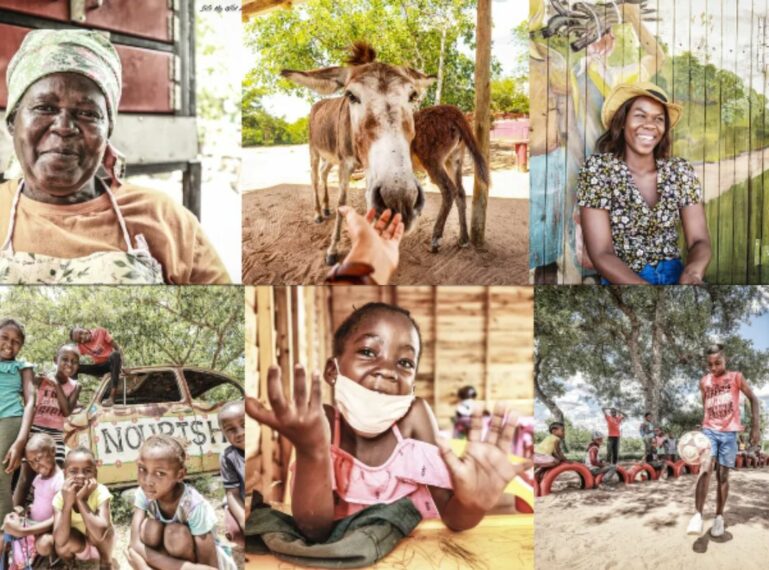
Sun Destinations Makes an Impact by Supporting Nourish
Sun Destinations is proud to support the work of Nourish Eco Village
Director Cecilia says “The foundation of our selection process rests on the alignment of our company’s core values with the mission and vision of the NGOs. The two organisations we support this year have demonstrated unparalleled dedication and effectiveness in their respective fields. Their commitment to creating sustainable change, empowering communities, and fostering innovation resonate deeply with what we stand for as a company. Nourish‘s relentless efforts in establishing eco Villages, training educators, and providing educational resources have significantly impacted the lives of countless individuals. We were particularly moved by their holistic approach, which not only focuses on immediate relief but also on long-term solutions that ensure lasting change.”
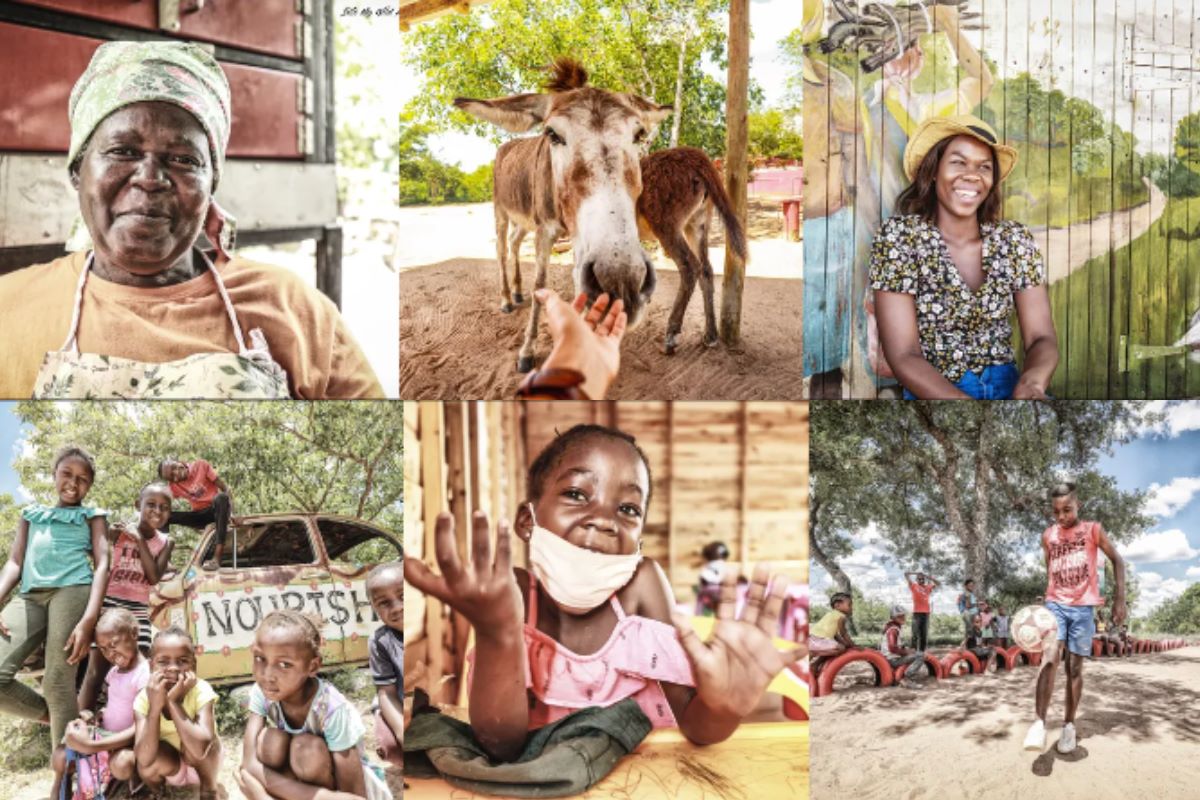
Who is Nourish?
Nourish is a non-profit organisation (NPO) registered with the Department of Social Development in South Africa. Founded in 2011, Nourish is a platform linking conservation with community issues and ideals, finding integrated sustainable solutions to issues plaguing conservation such as poverty, low levels of education, food insecurity, and unemployment.
With a deep-rooted understanding, stemming from 12 years of hands-on experience with local rural communities in Mpumalanga, South Africa suffering the effects of poverty, the Nourish Eco Village was built to provide an alternative. An opportunity for community members to access learning, skills training, and income-generating opportunities that allow them the choice of a different path. One that will inevitably lead to them willingly protecting and contributing to their environments in a positive way, because simply, their most basic needs are taken care of.
What does Nourish do?
Nourish offers a multitude of projects and programs falling under the themes of beneficiation, education, enterprise, agriculture and tourism. Each avenue forms a collective that’s delivered through an Eco Village model which connects people to their environment, helps them live better lives while having the gift of choice. Many people living in abject poverty turn to crime or make bad decisions out of desperation. Nourish exists to compassionately bring back that gift of choice. We spoke to the team at Nourish to delve a little deeper into their projects and avenues, and they sent us this insightful and informative breakdown.
“Nourish runs the Cradle to Career Life and Livelihood Improvements – Pathways out of Poverty projects, which includes the following themes:
EDUCATION: Education Support from ECD through to High School: Early childhood development, after school programme, literacy and adult literacy programme and food security scheme. RISE Creche Outreach to other pre-schools in the area providing infrastructure, teacher training, vegetable gardens and playgrounds. In addition, providing school uniforms to children and reusable sanitary pads to young women as an educational support to keep children in school. Conservation education through experience and play forms the Green Kidz club after school programme providing environmental education and immersive conservation field trips to children from the local primary school. Creating ‘green’ mindsets through gardens, recycling and other eco projects. The Nourish Eco Village recycling is an ongoing focus. Animal kindness and outreach programmes for village dogs.
ENTERPRISE: Training and workshops: ongoing permaculture farming workshops and green building workshops for communities. Micro-enterprise skills development and mentorship to enable local crafters and artists to create art from recycled materials and assists with marketing their products. A craft shop, cafe and bakery have opened at the Nourish Eco Village to enable market access. Moringa products and nutritional supplements are made from the onsite Moringa orchard. The Nourish sewing project is focused on creating reusable sanitary pads for young women in the communities as well as funky African products to sell.
A thrift shop takes donations and generates an income whilst providing communities with the opportunity to buy much-needed items with dignity: a handshake not a handout. The latest addition to the Enterprise Hub at Nourish is the Hospitality Training Centre launched in 2023 to provide community members with affordable training to prepare them for entry level jobs in the hospitality sector.
TOURISM: Shik Shack Eco Backpackers, and Shik Shack Tours allow tourists a glimpse into life in rural South Africa while putting tourism money into the local communities. This is also part of the Nourish Financial Sustainability model.”
If you’re interested in contributing to Nourish or getting involved on a more hands on level, then click here to visit the Nourish Eco Village website.
